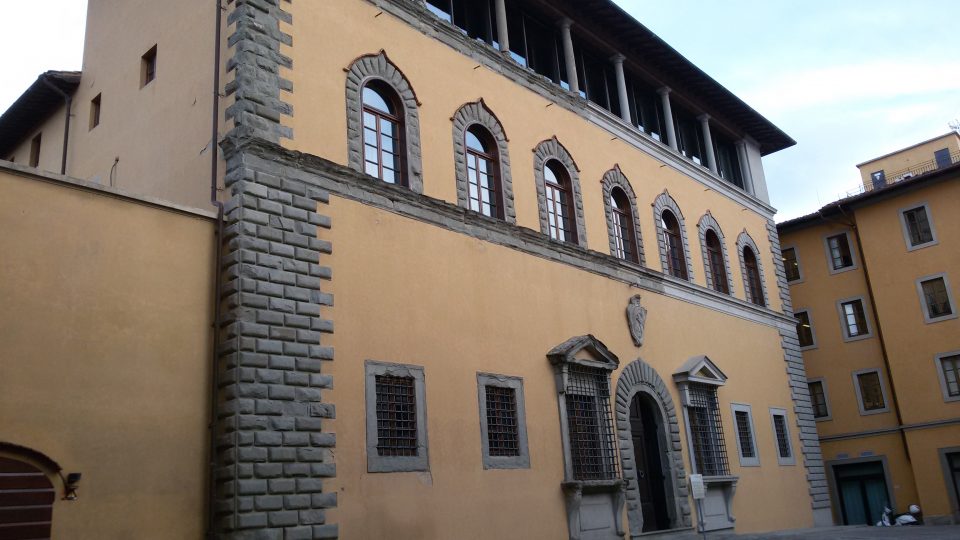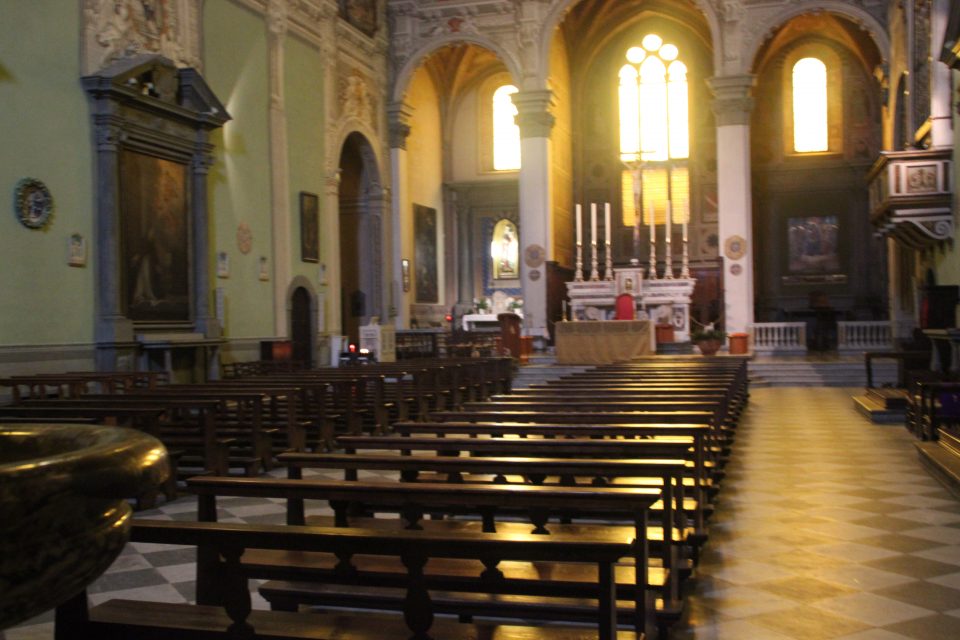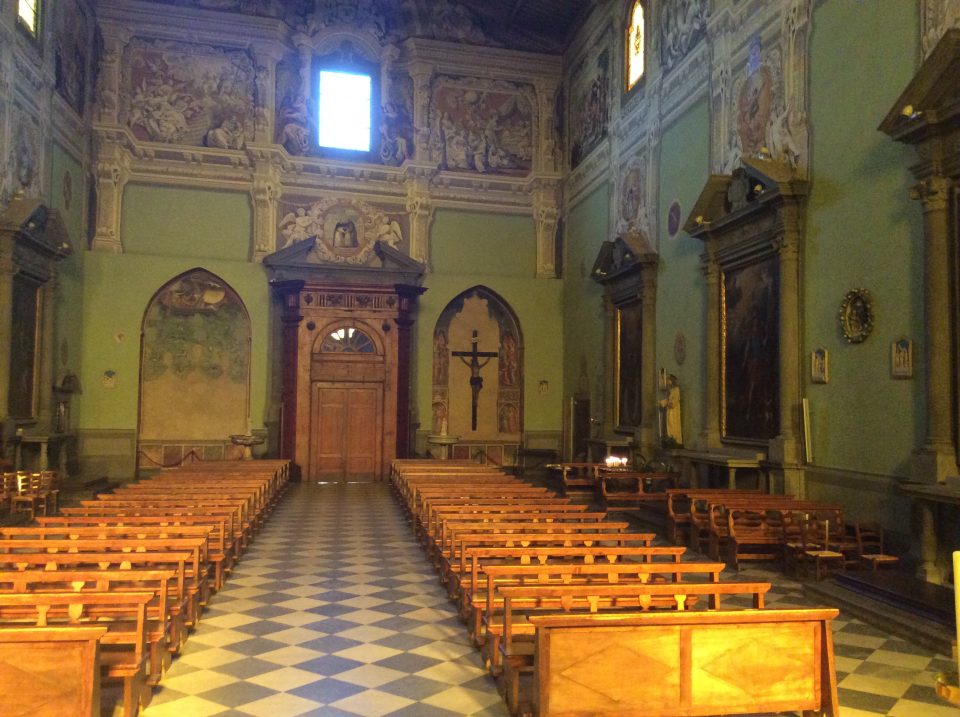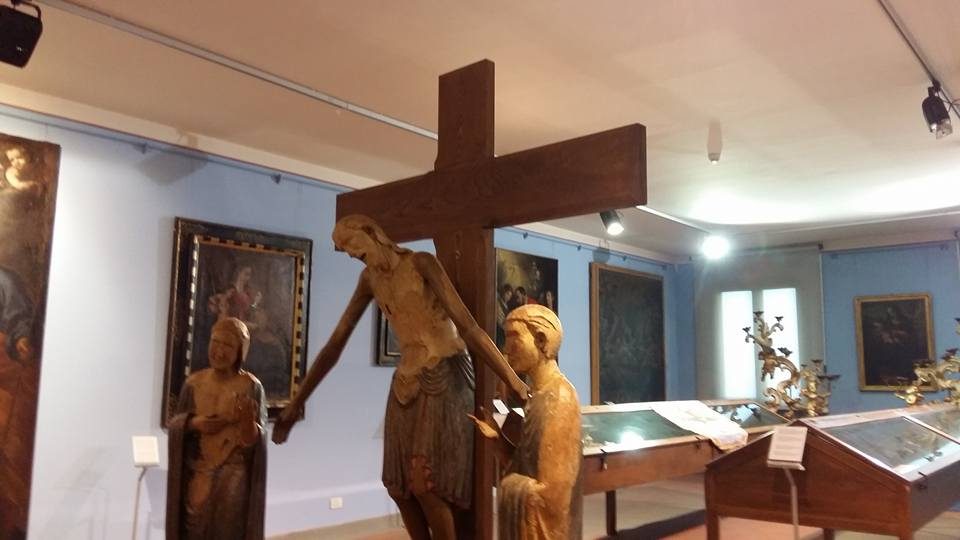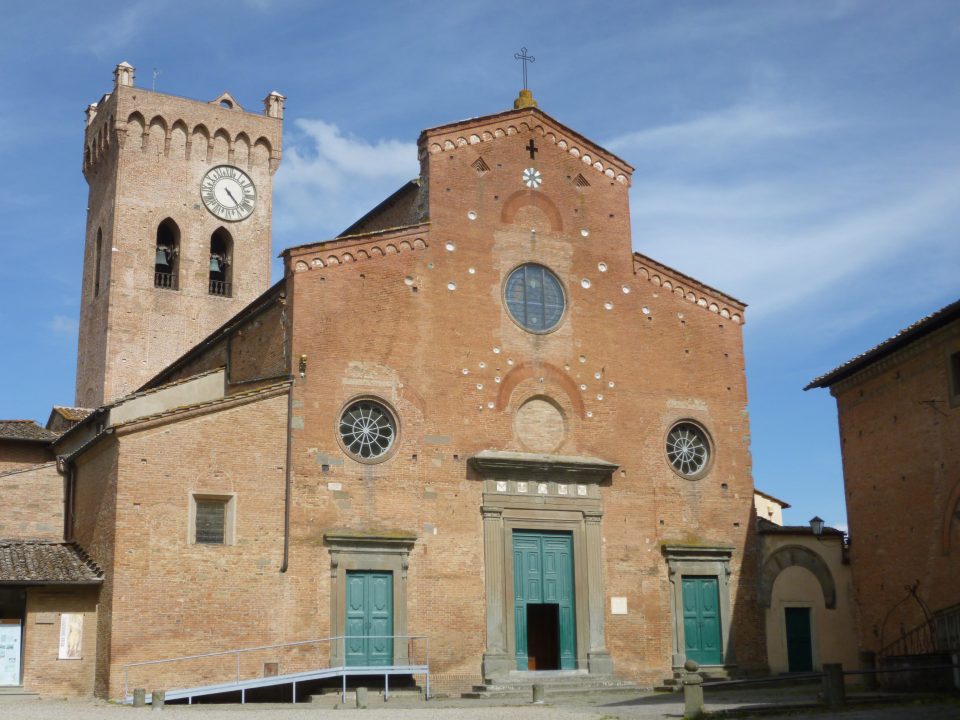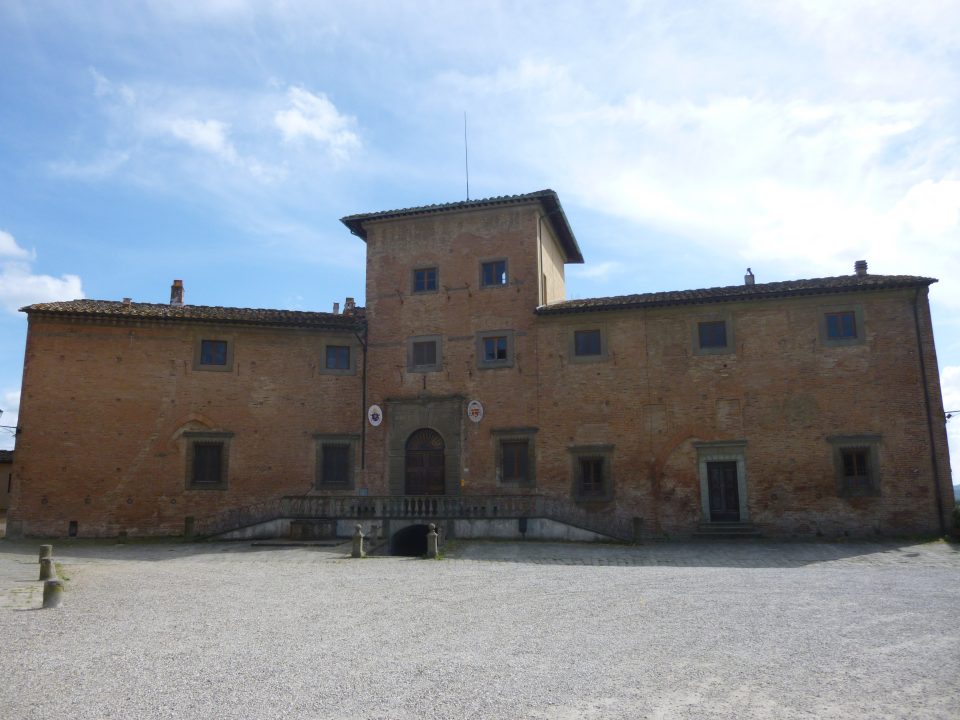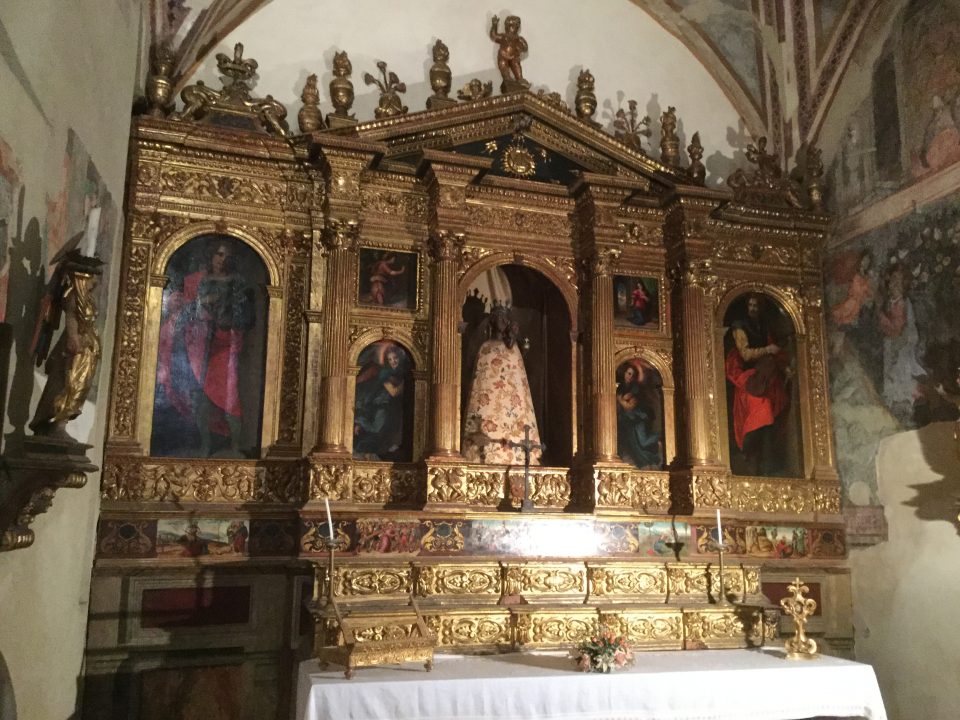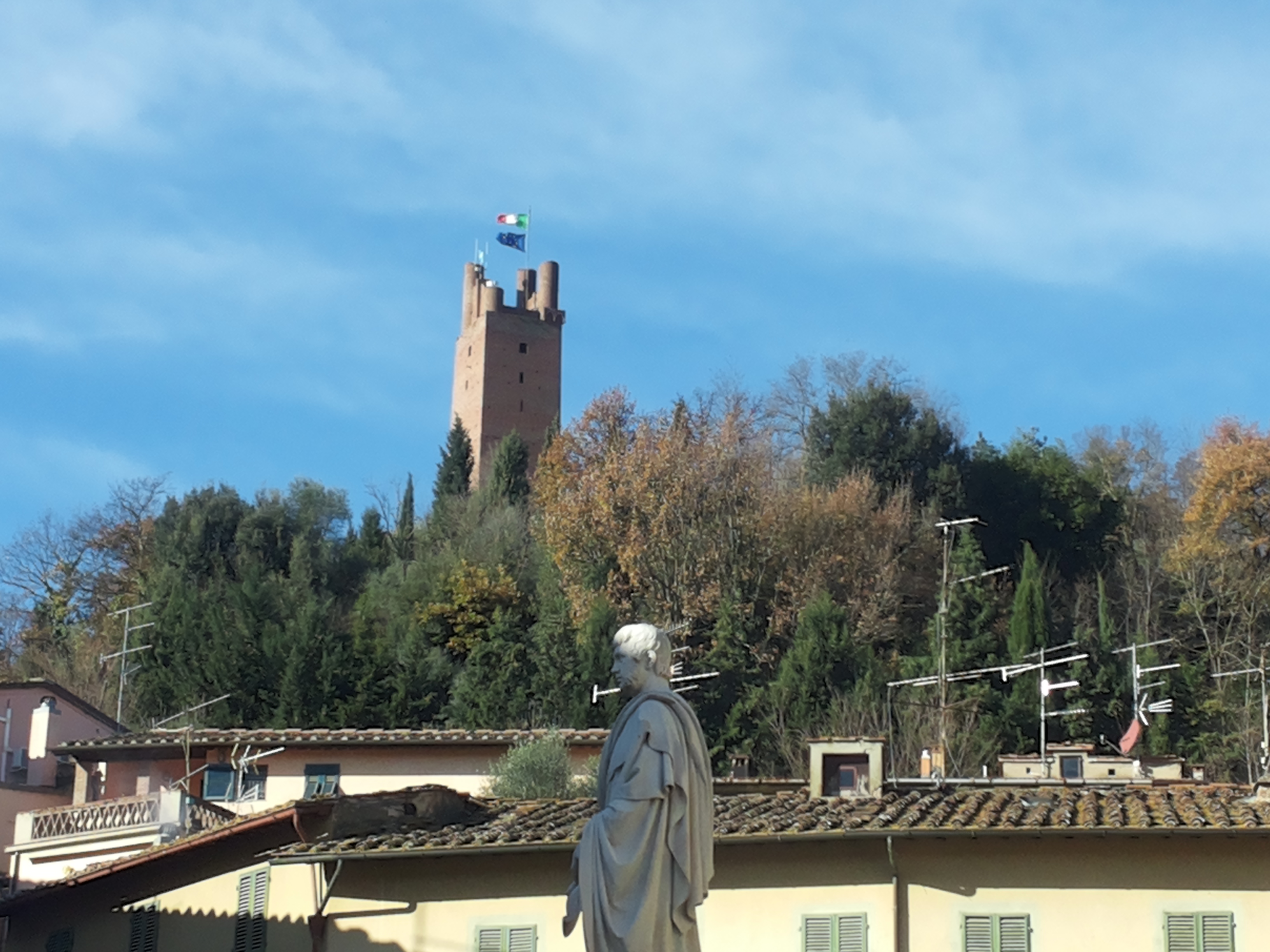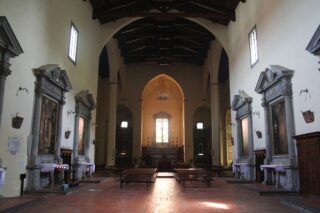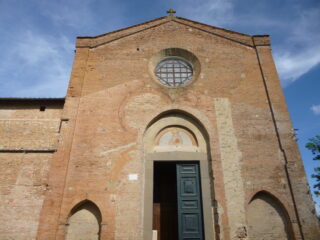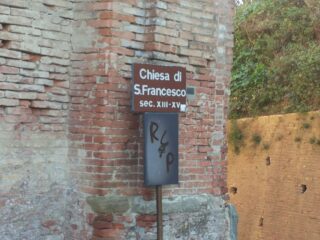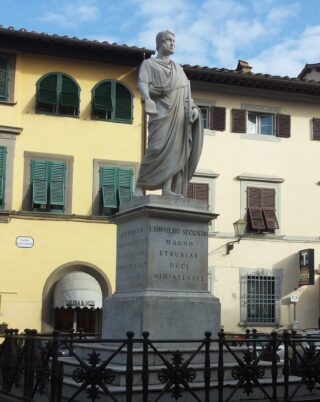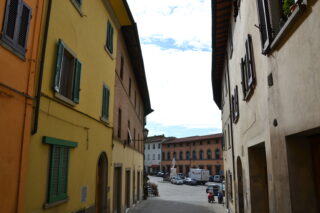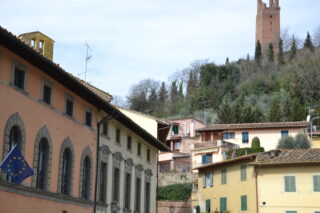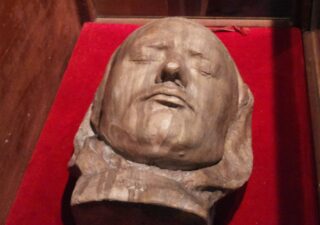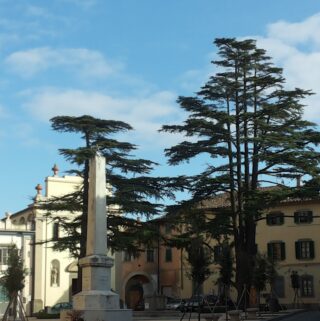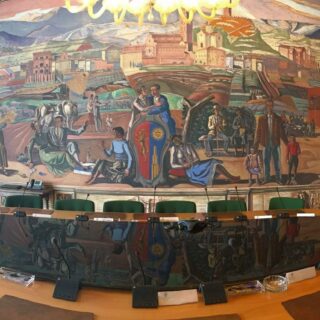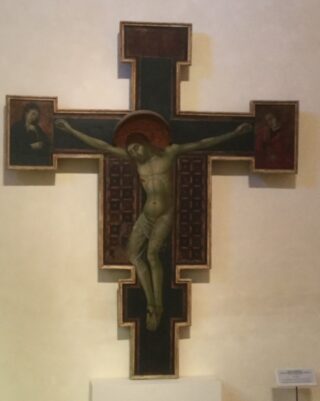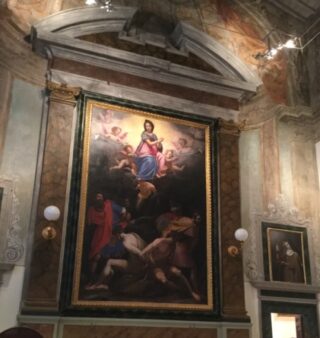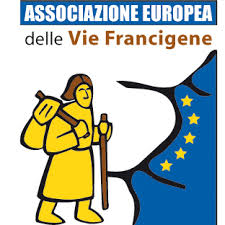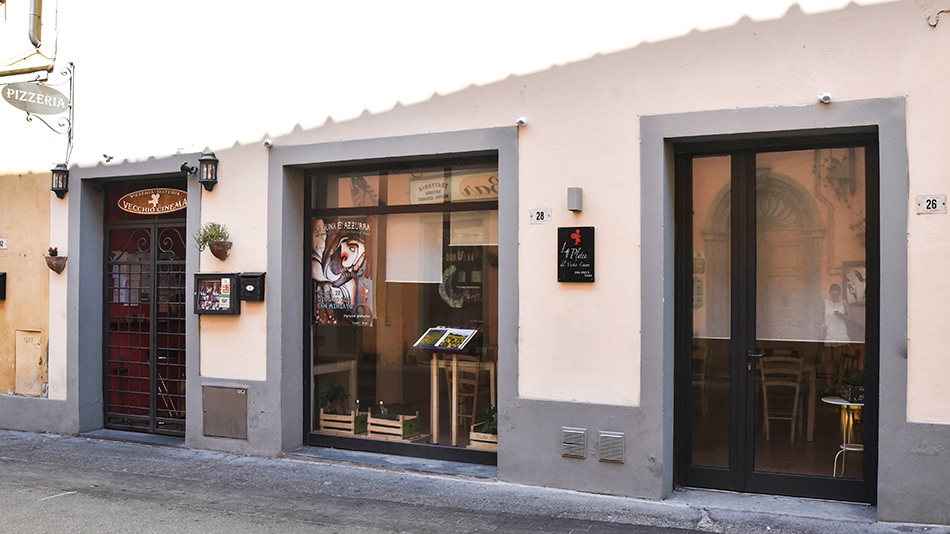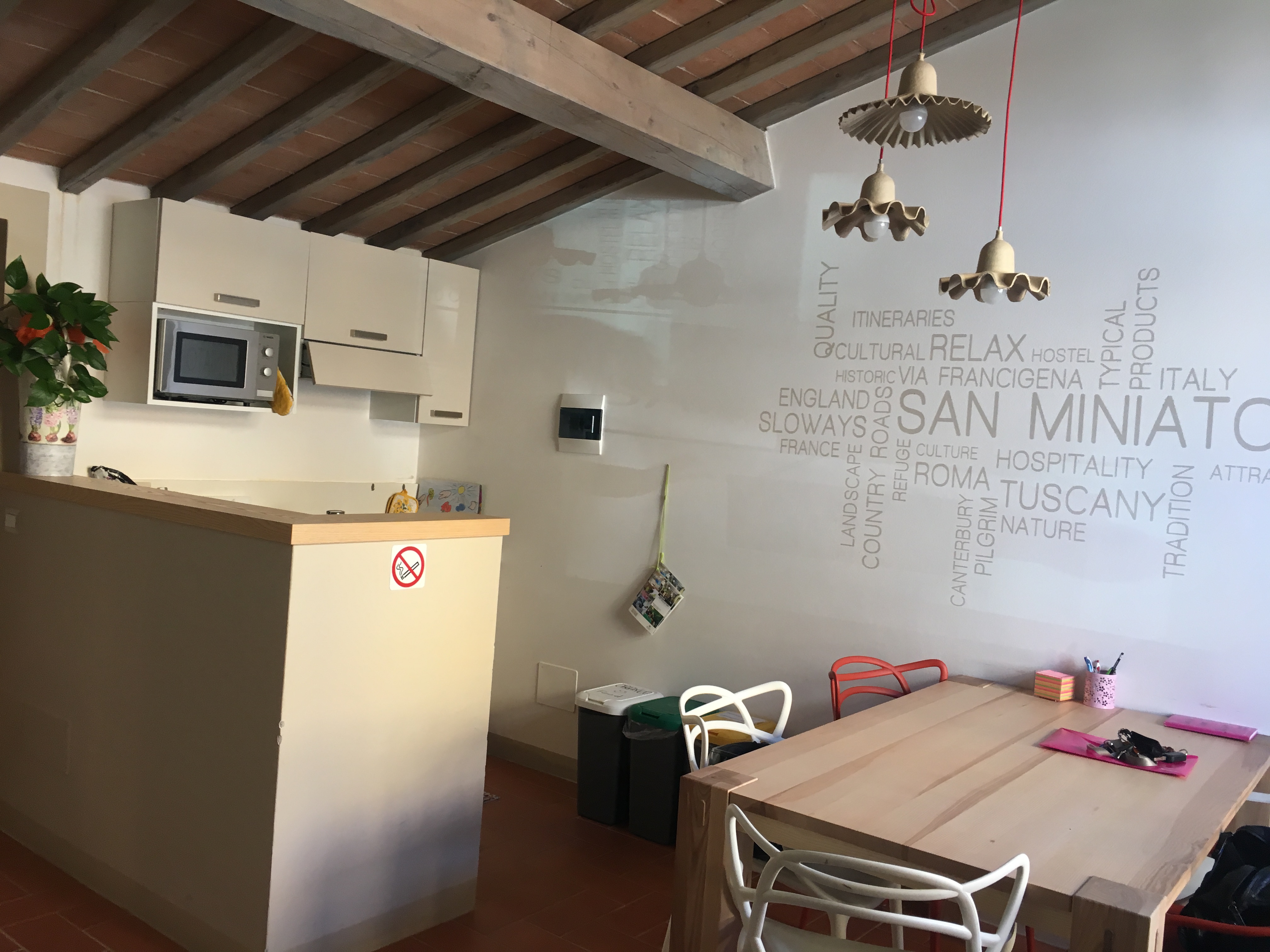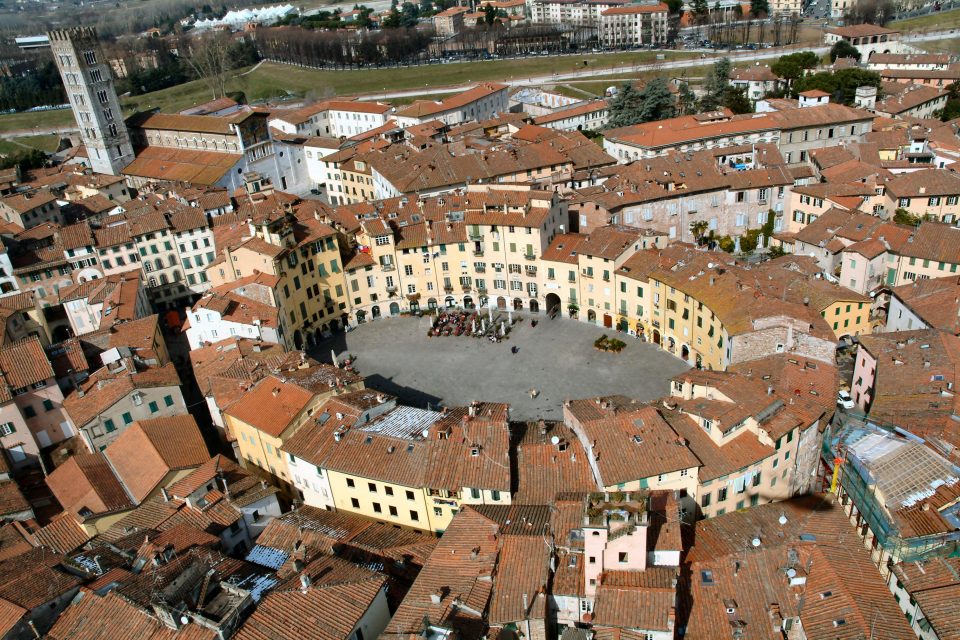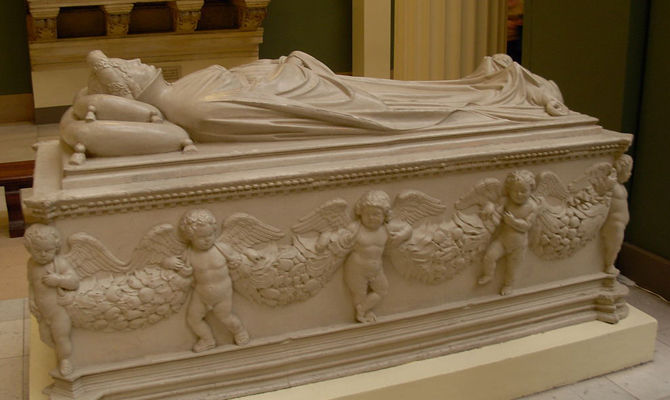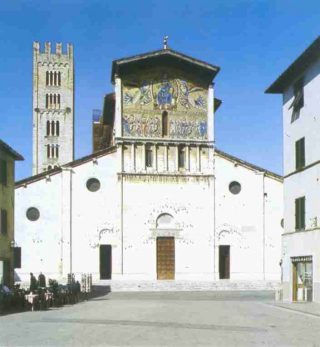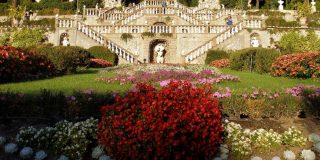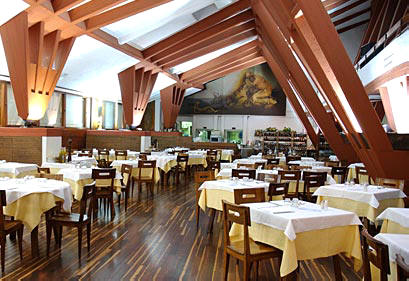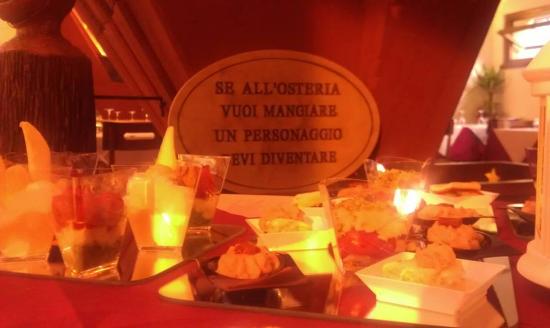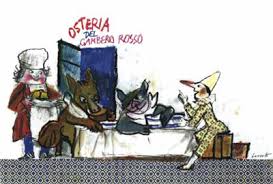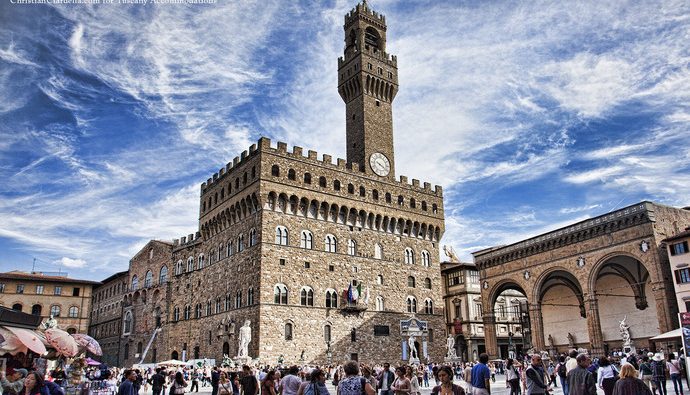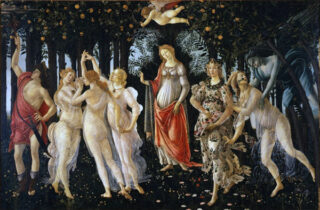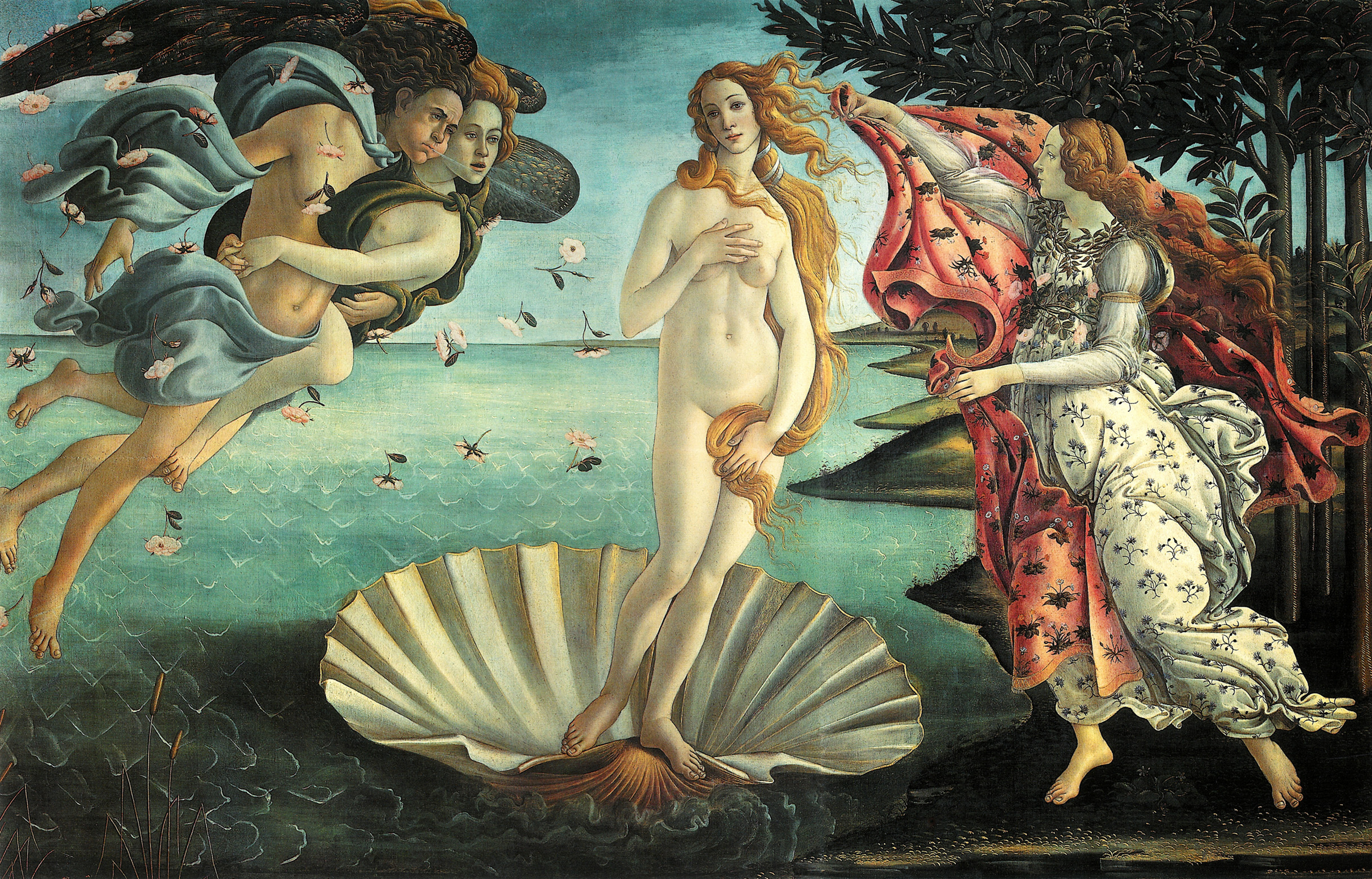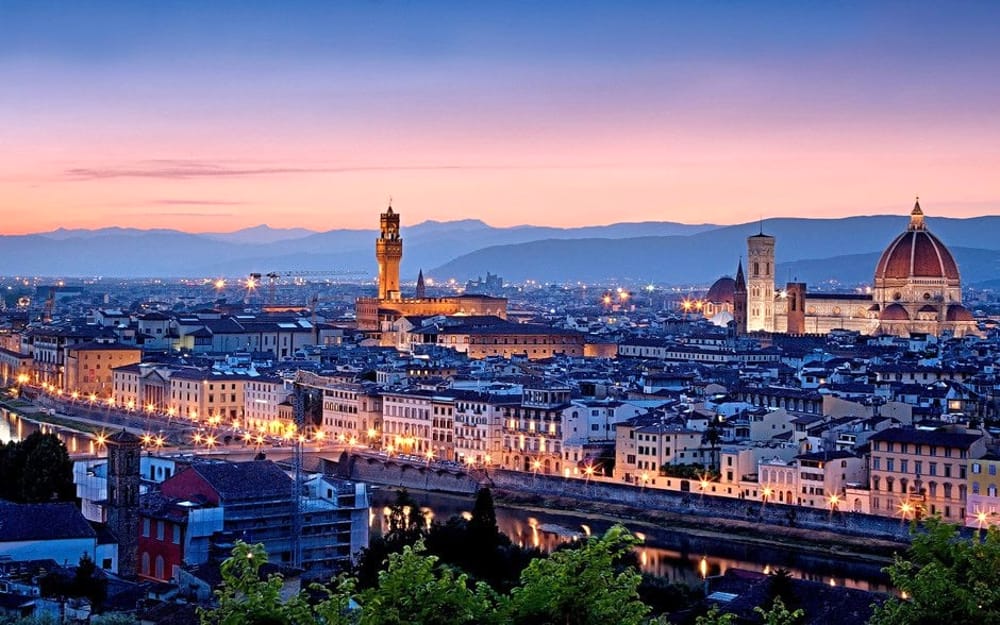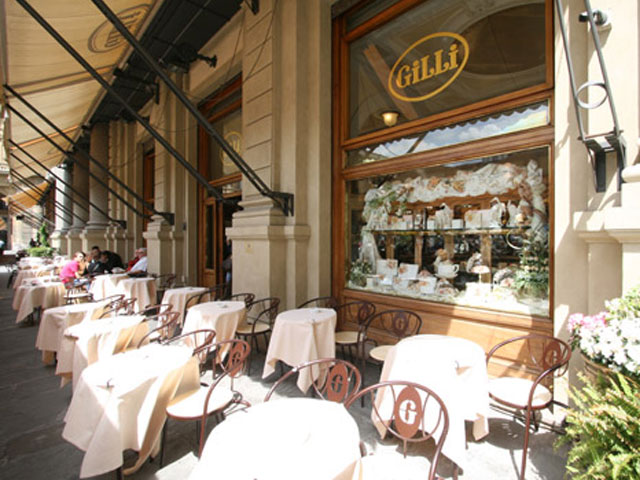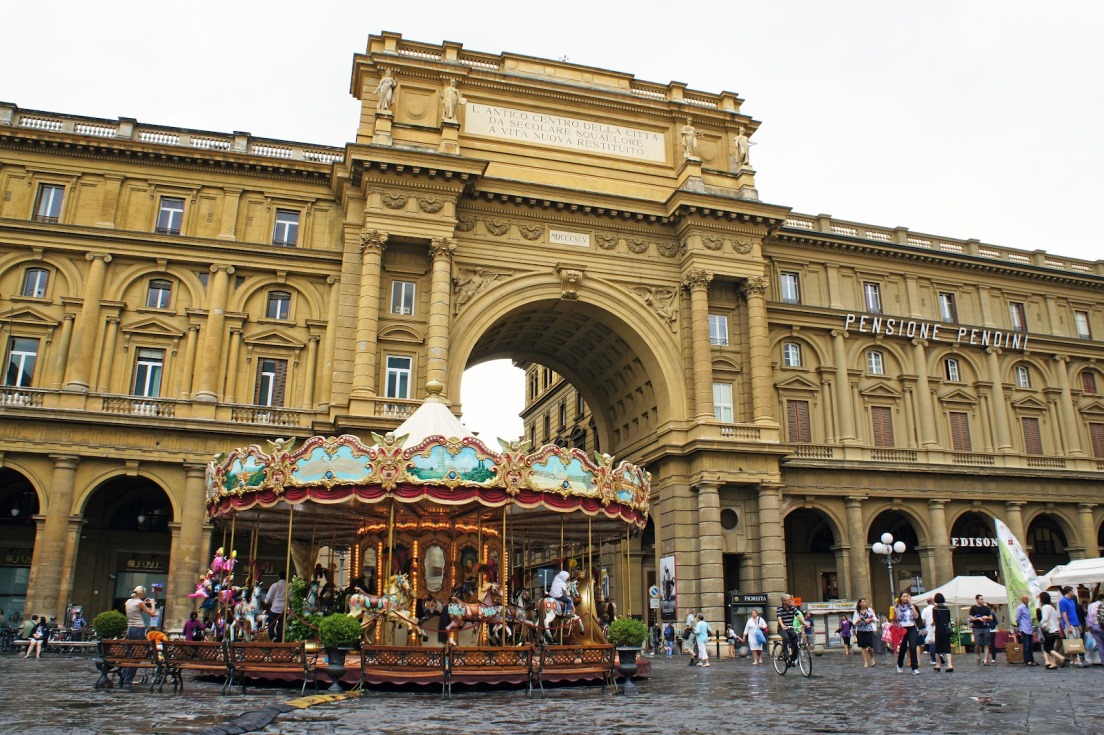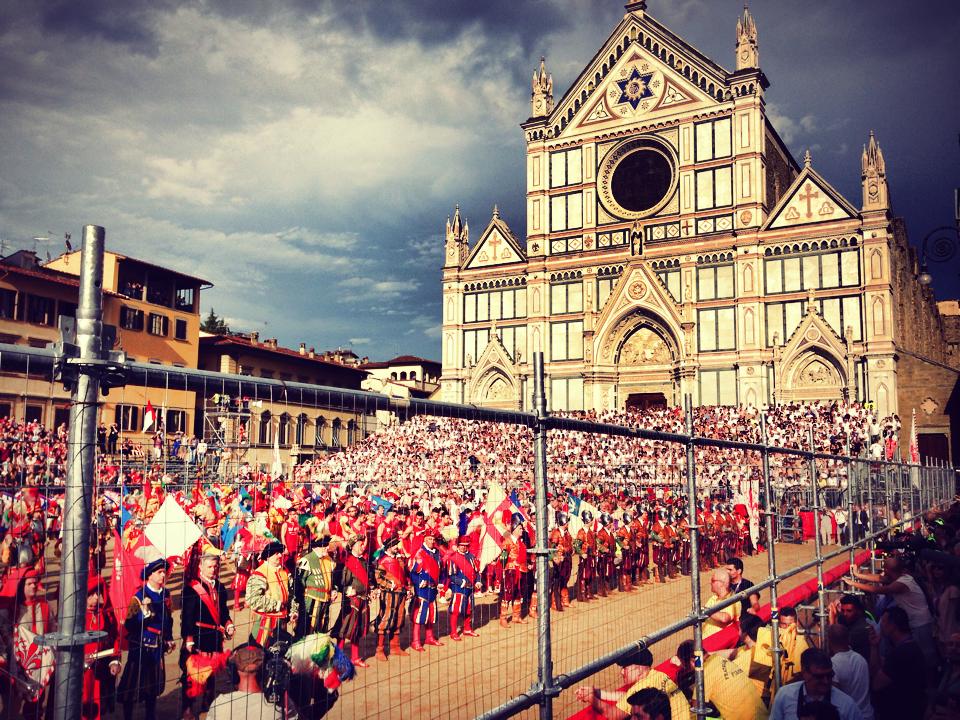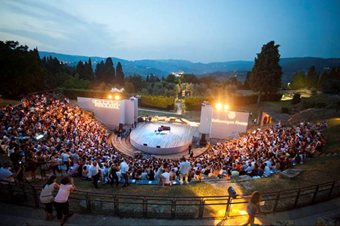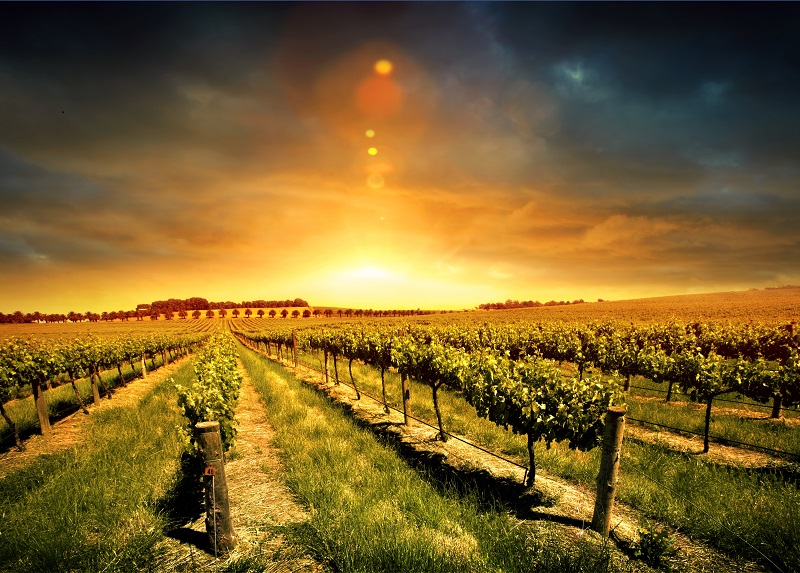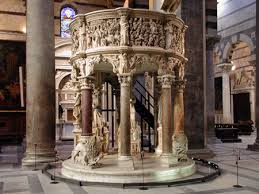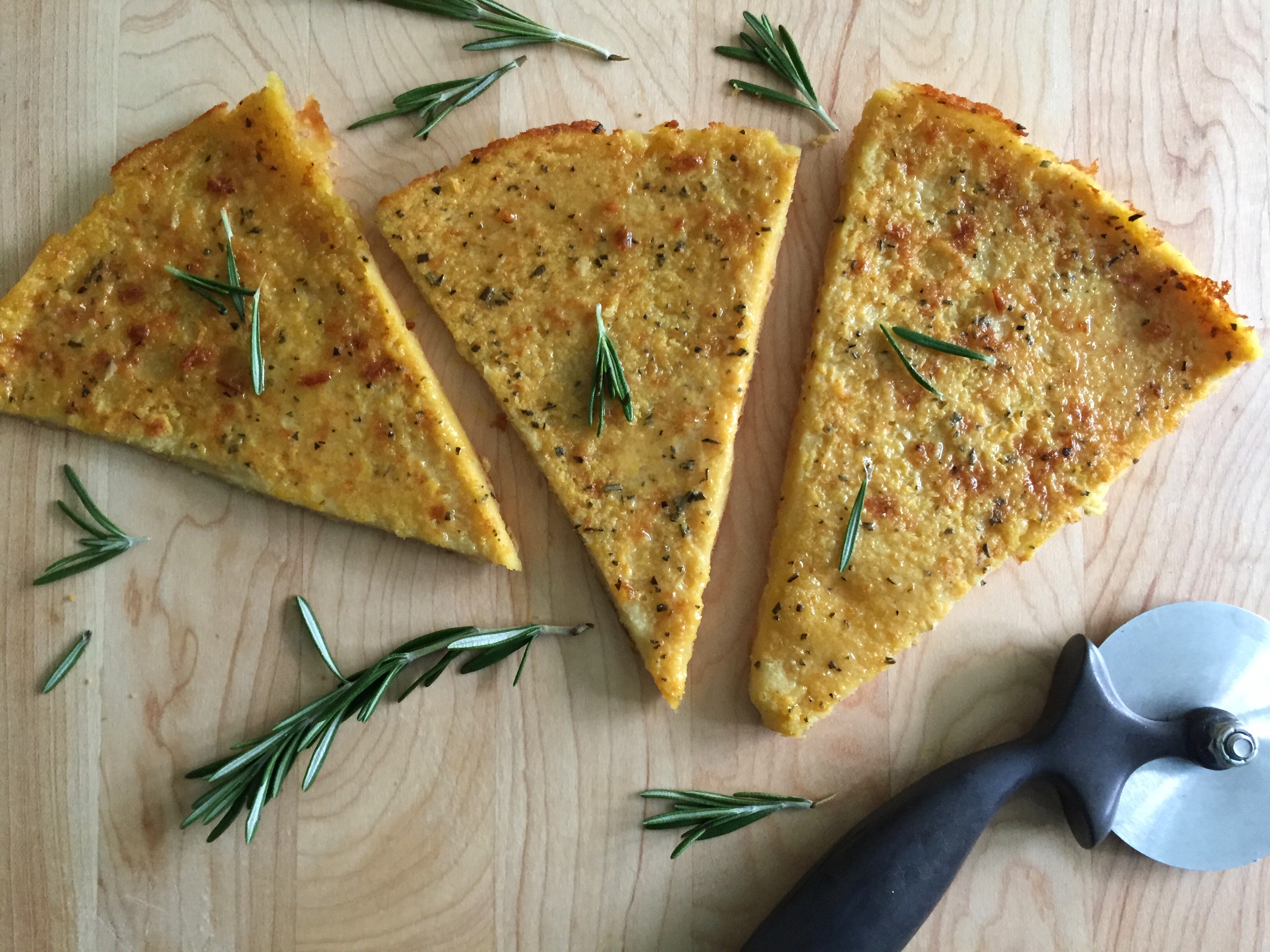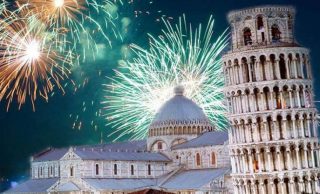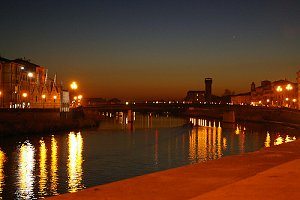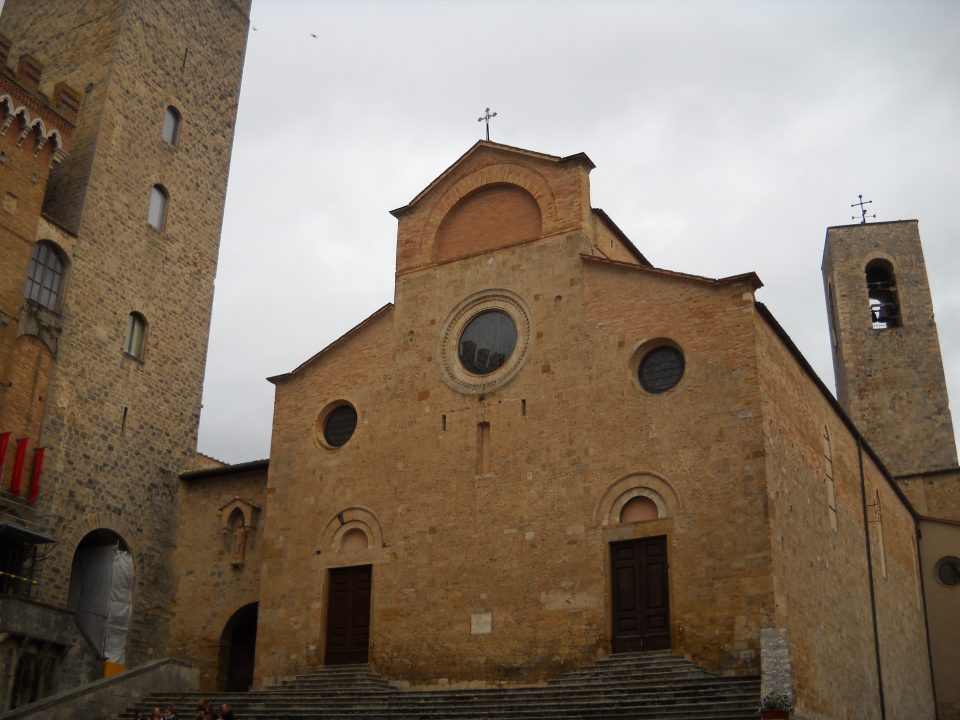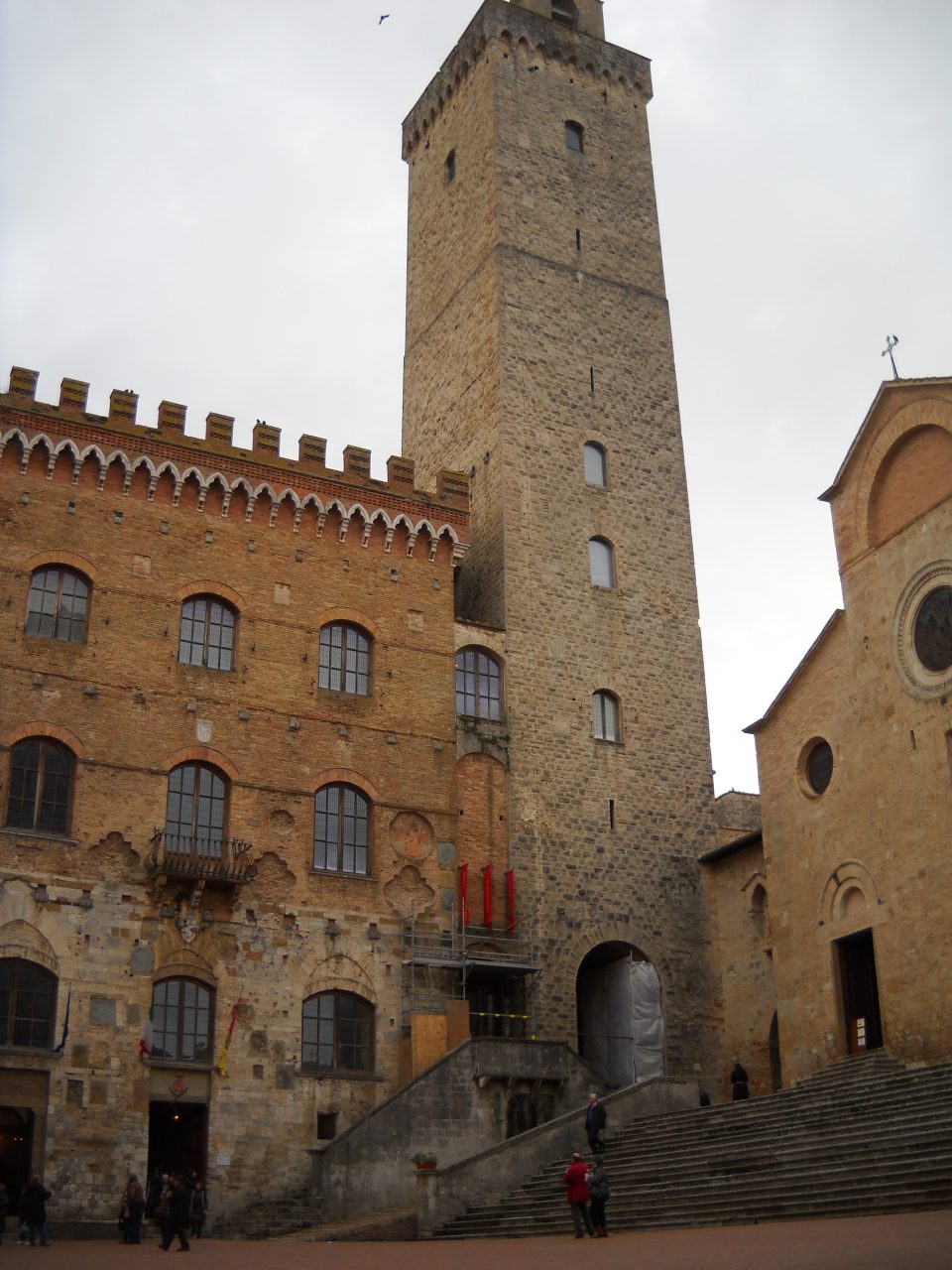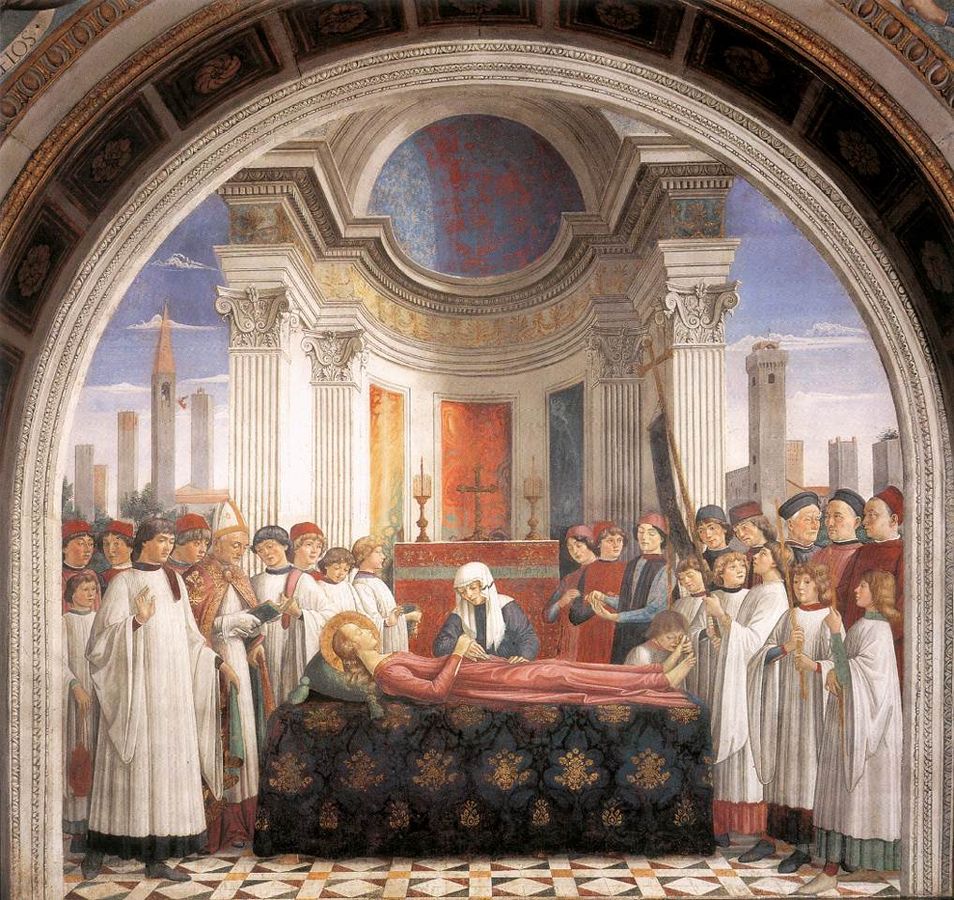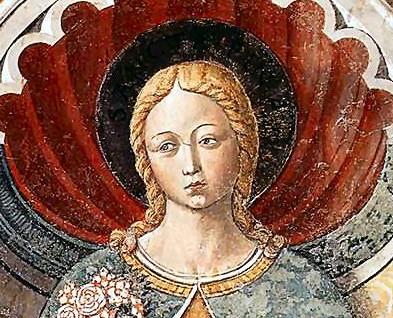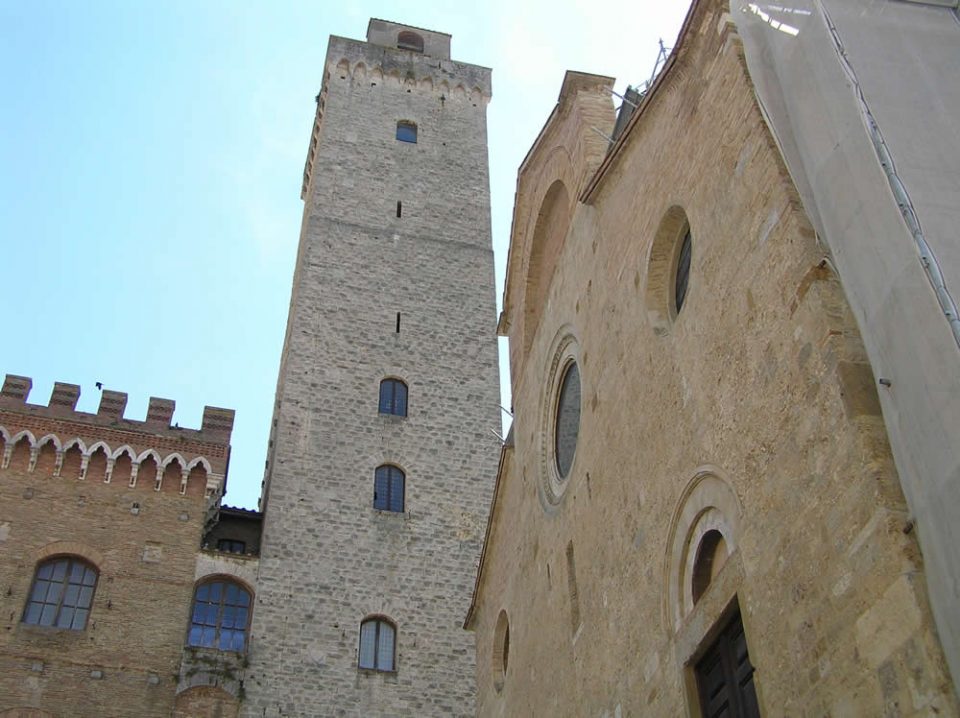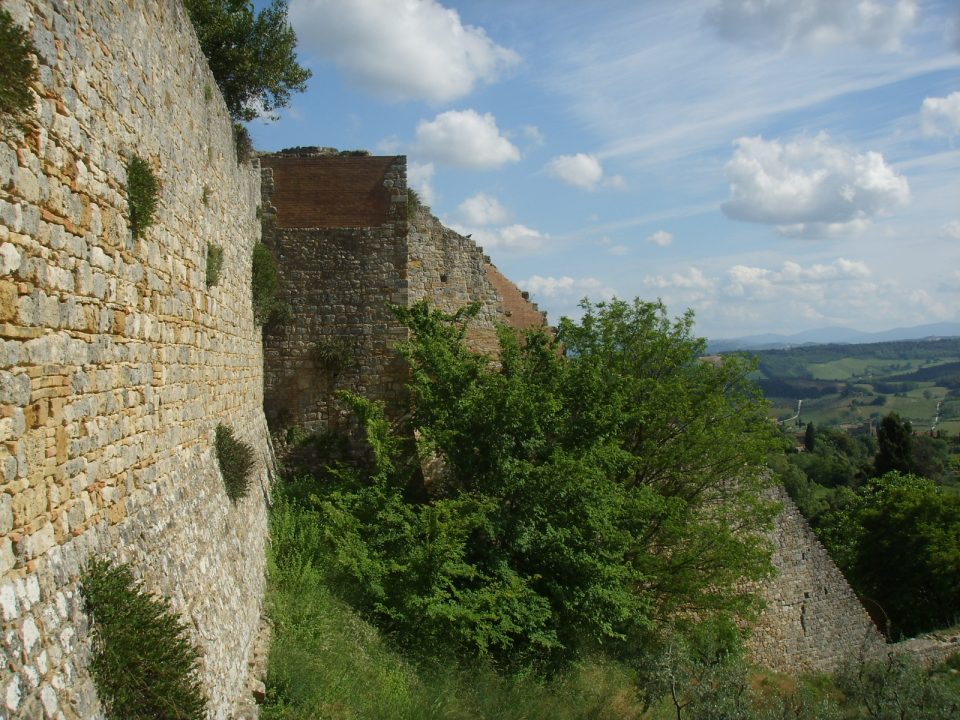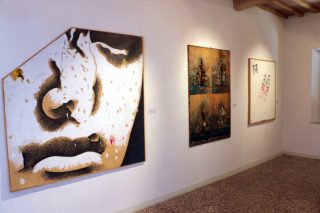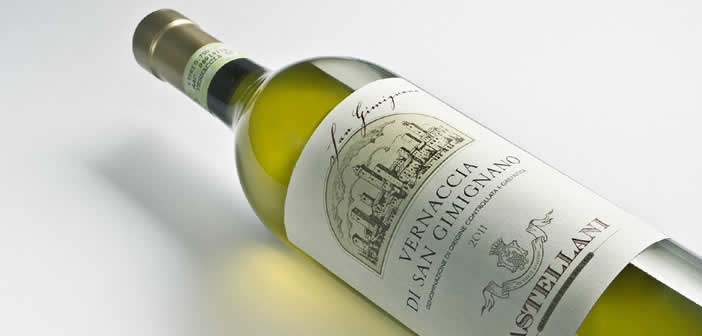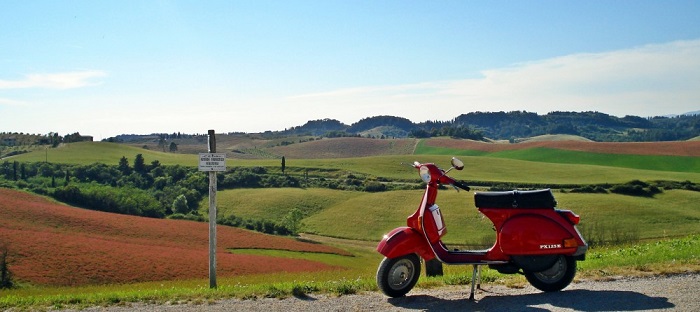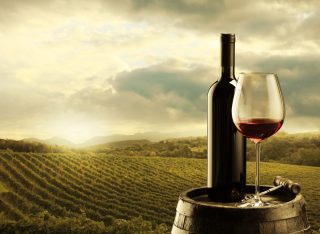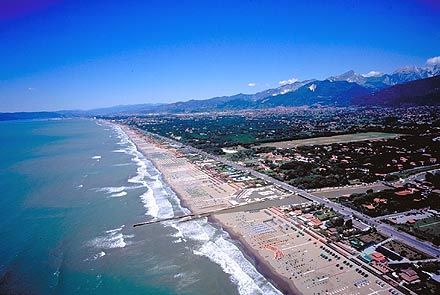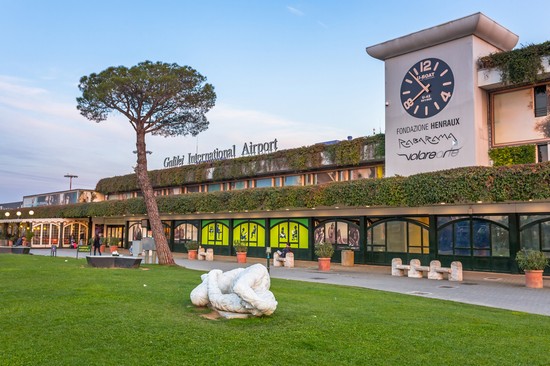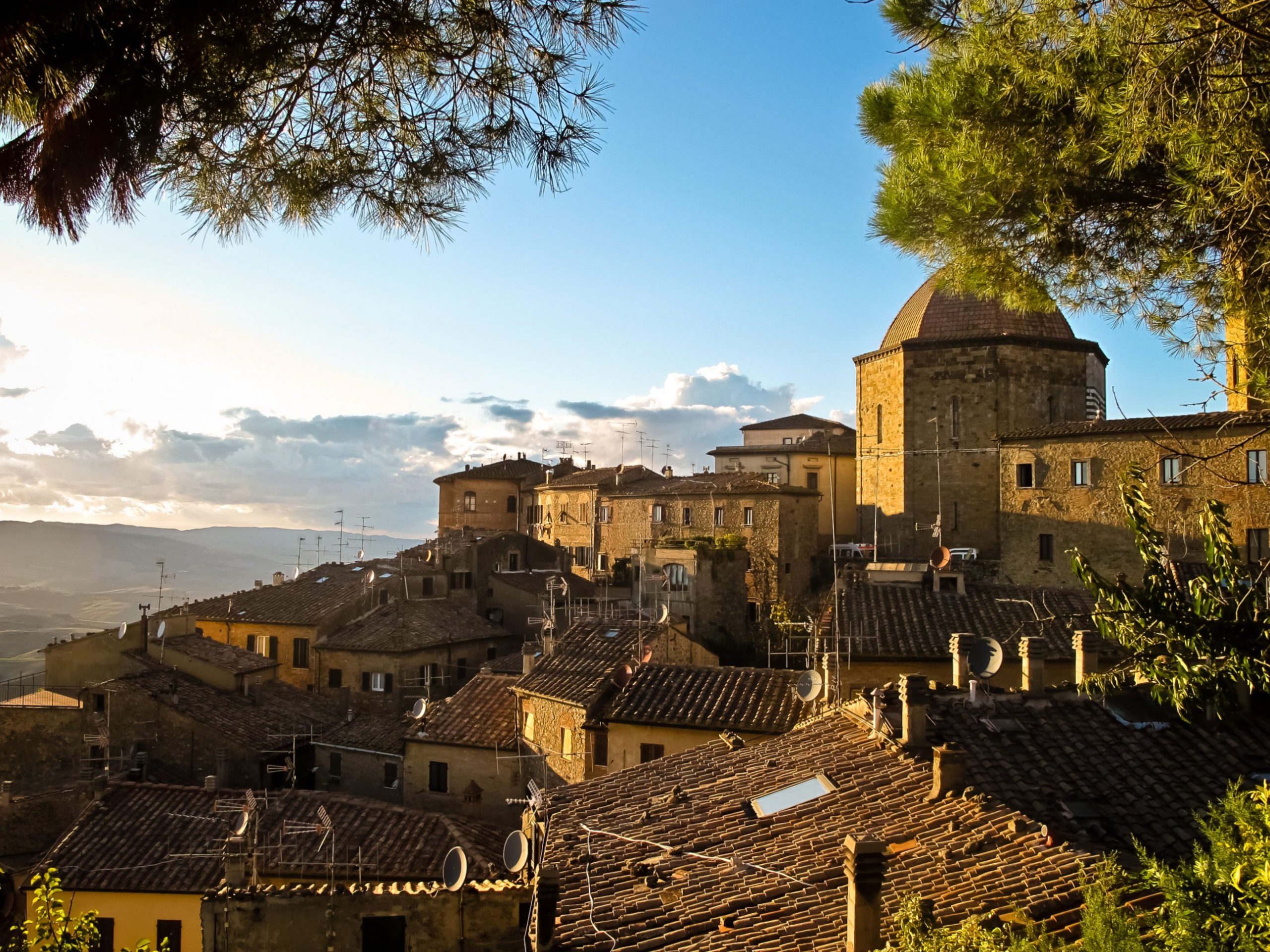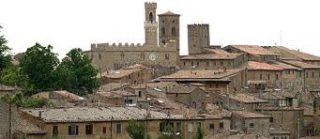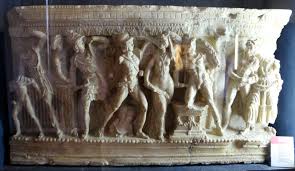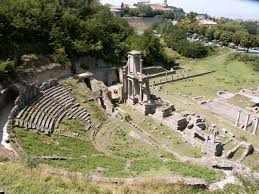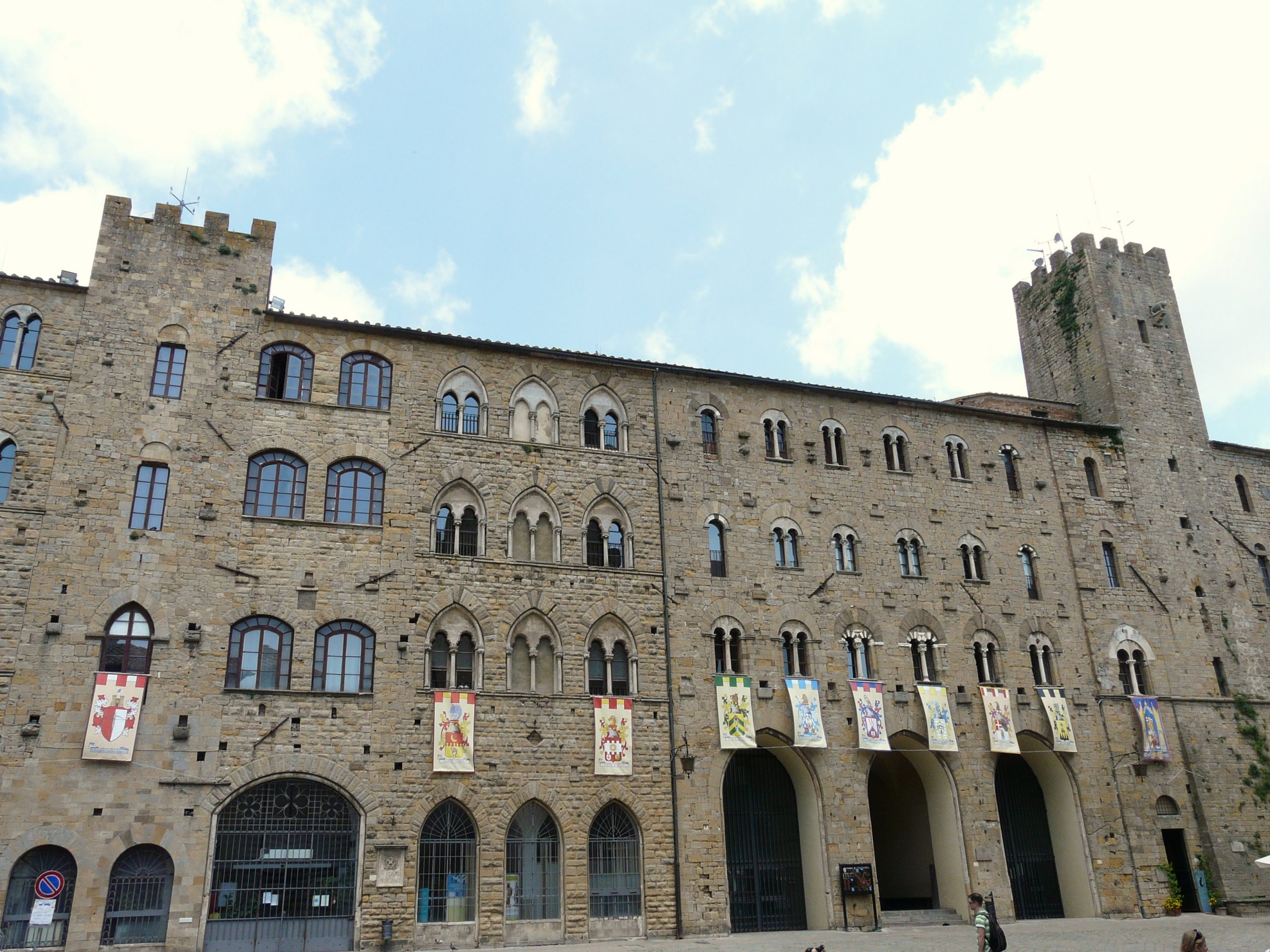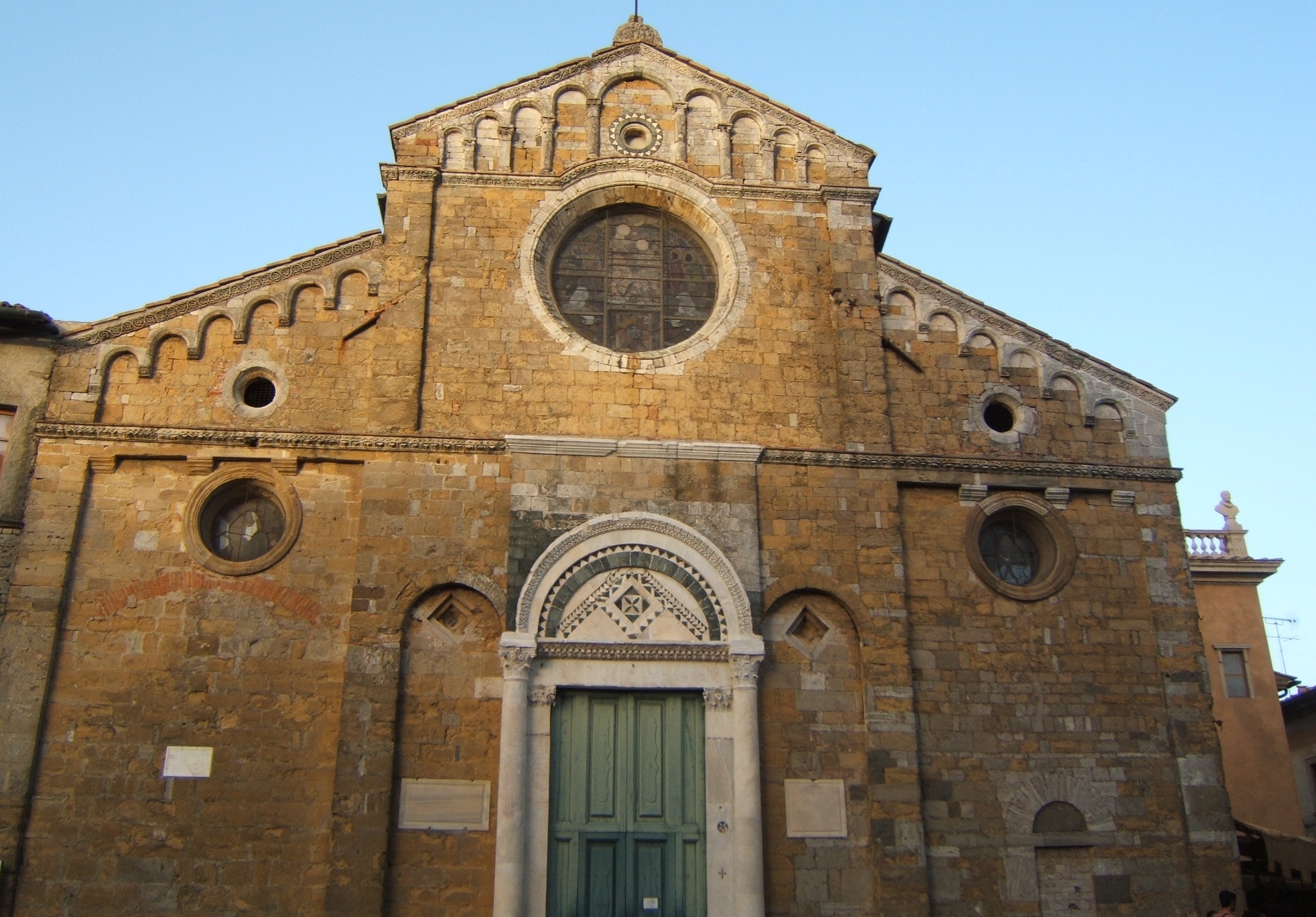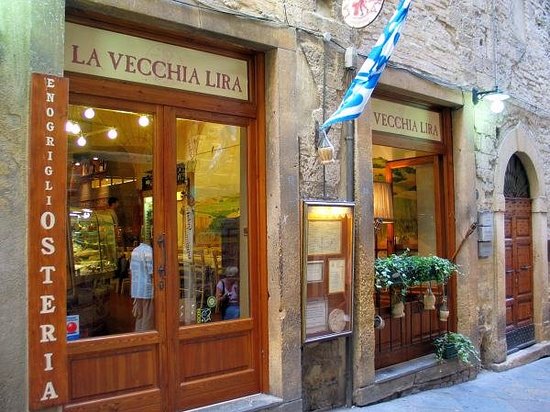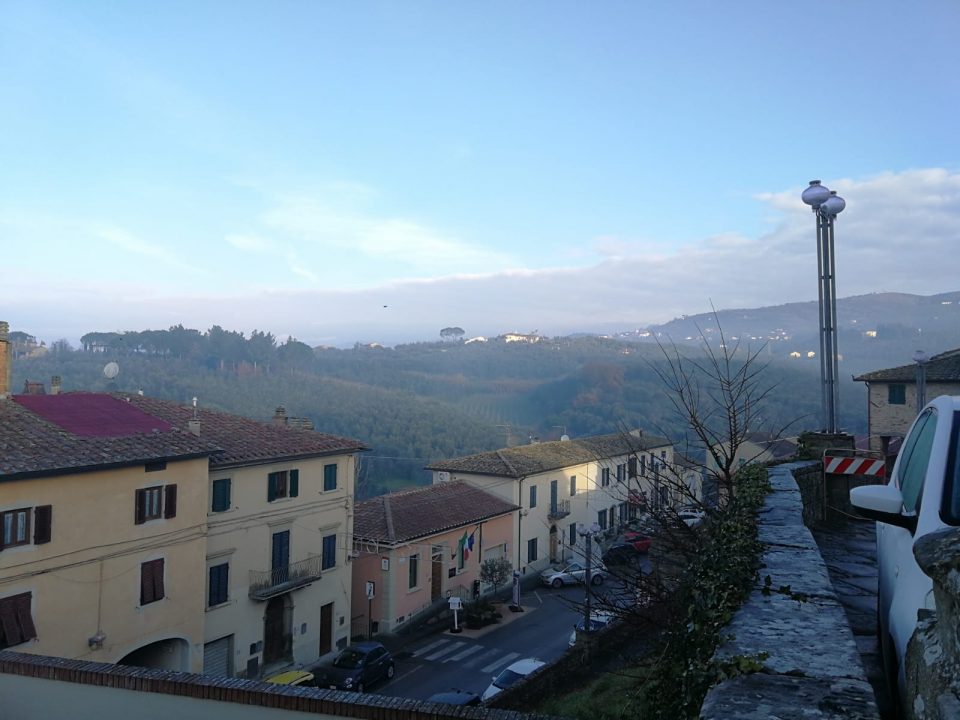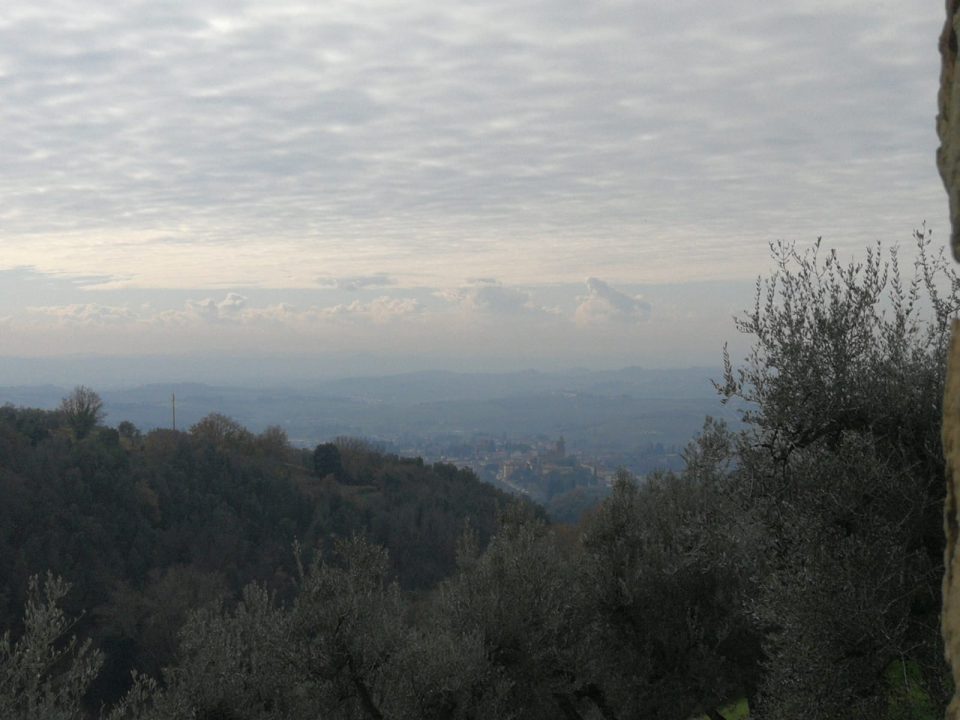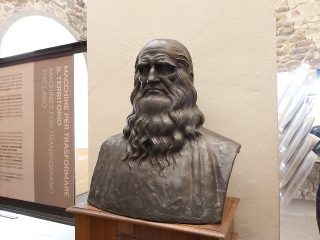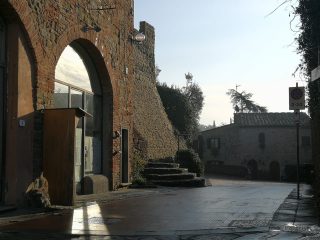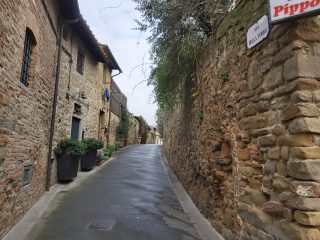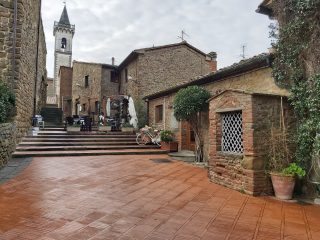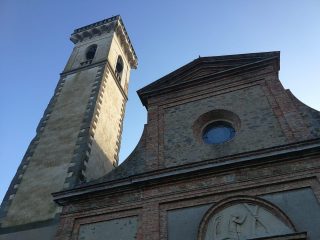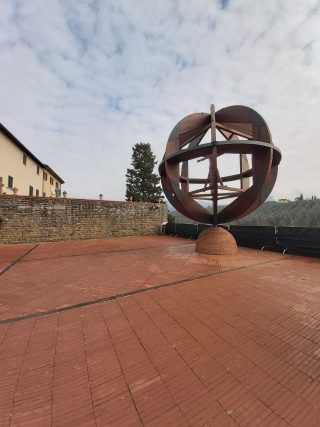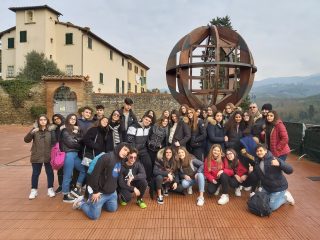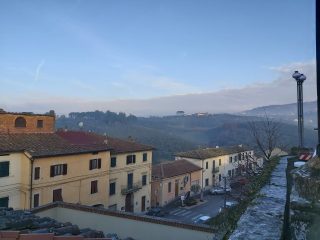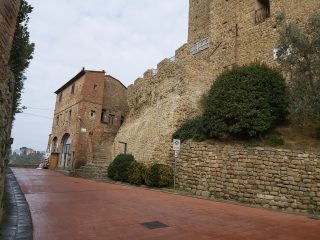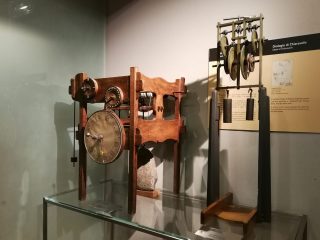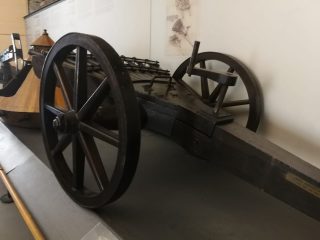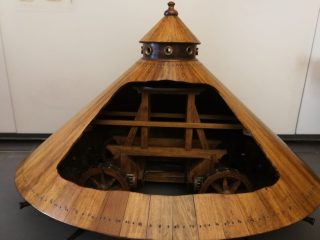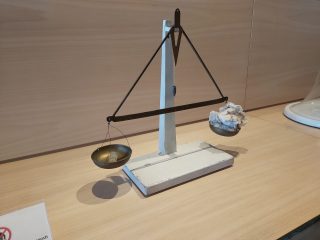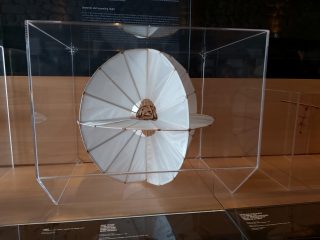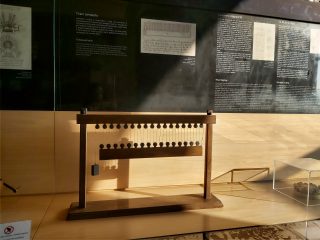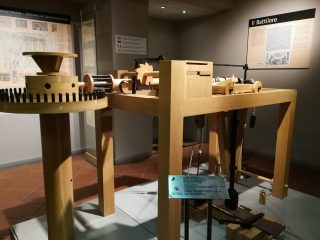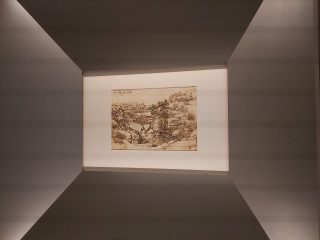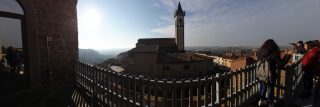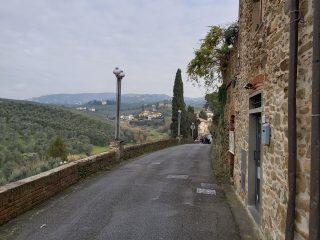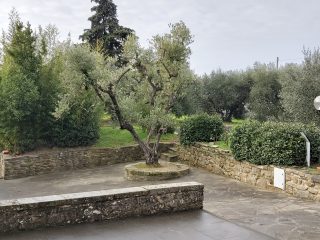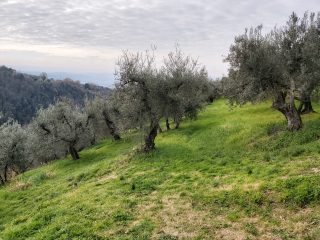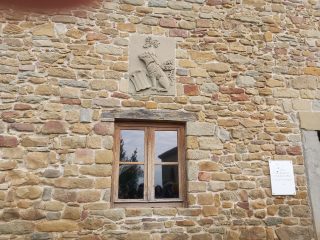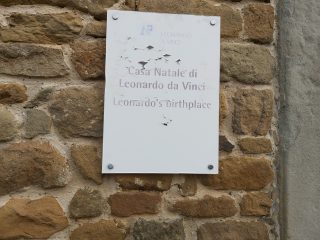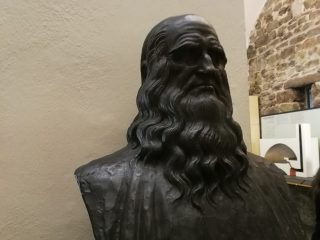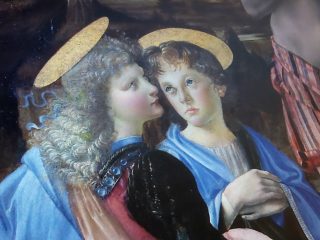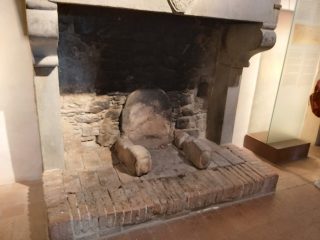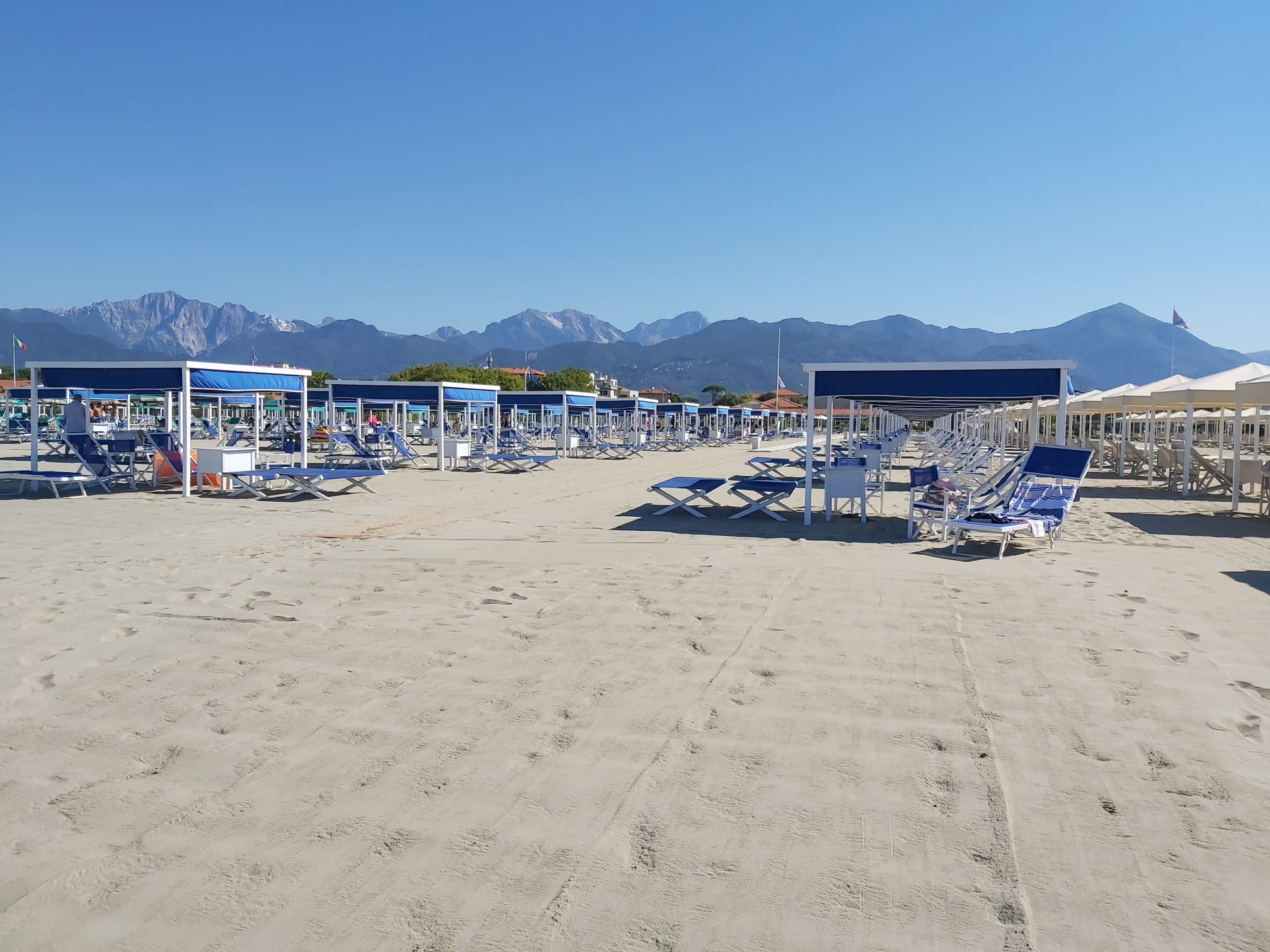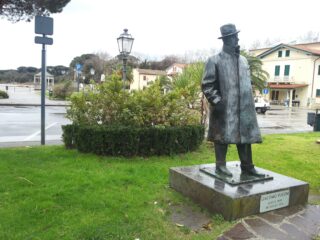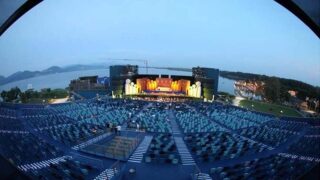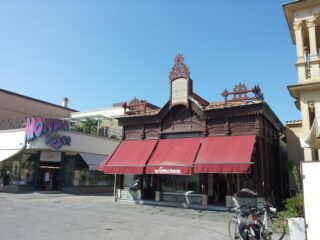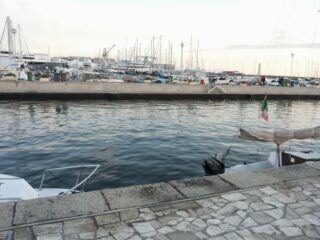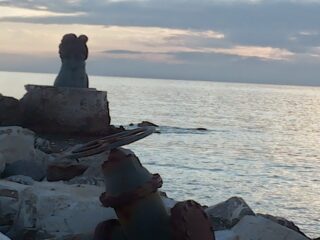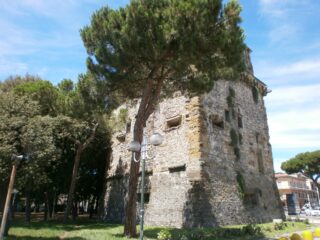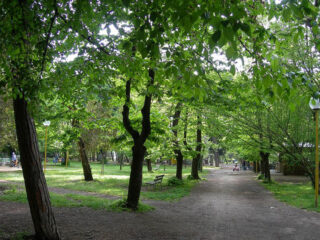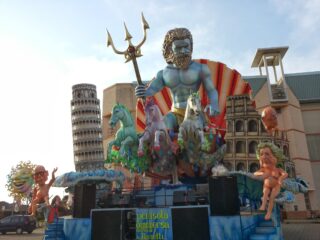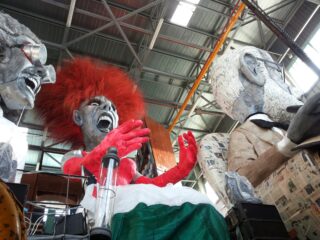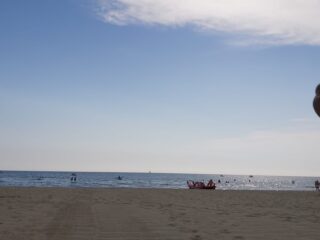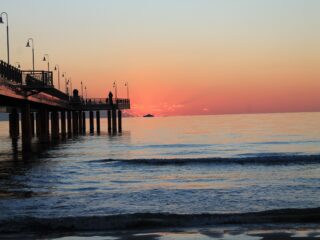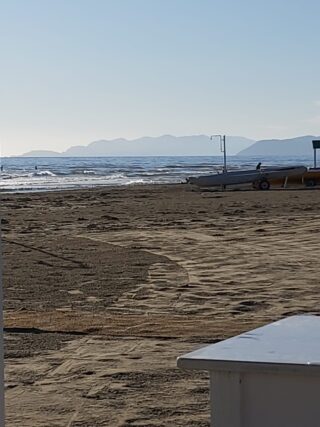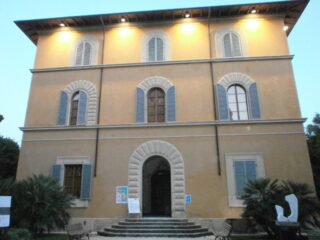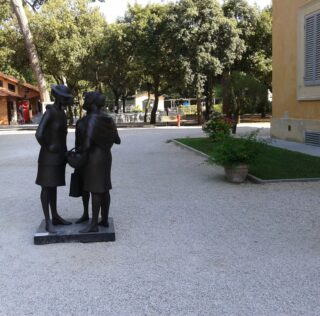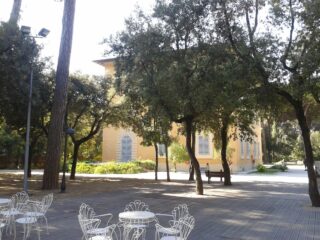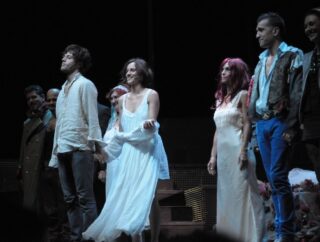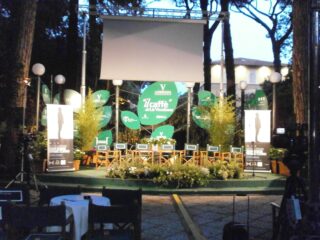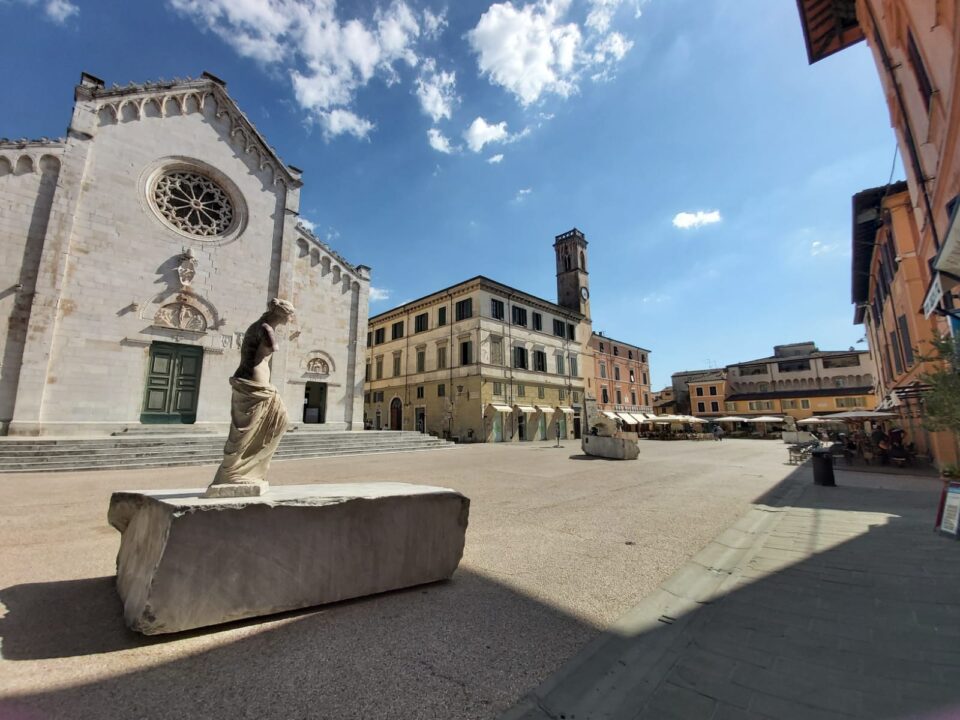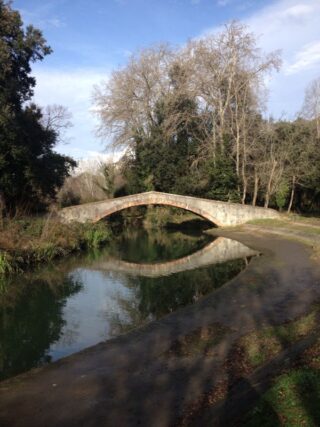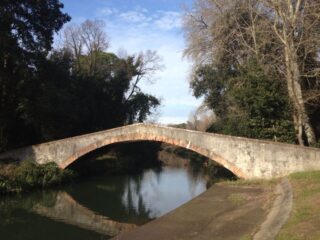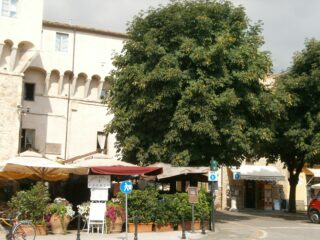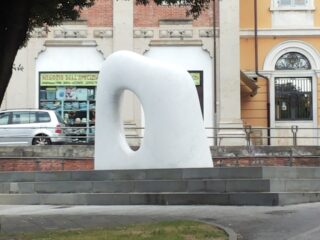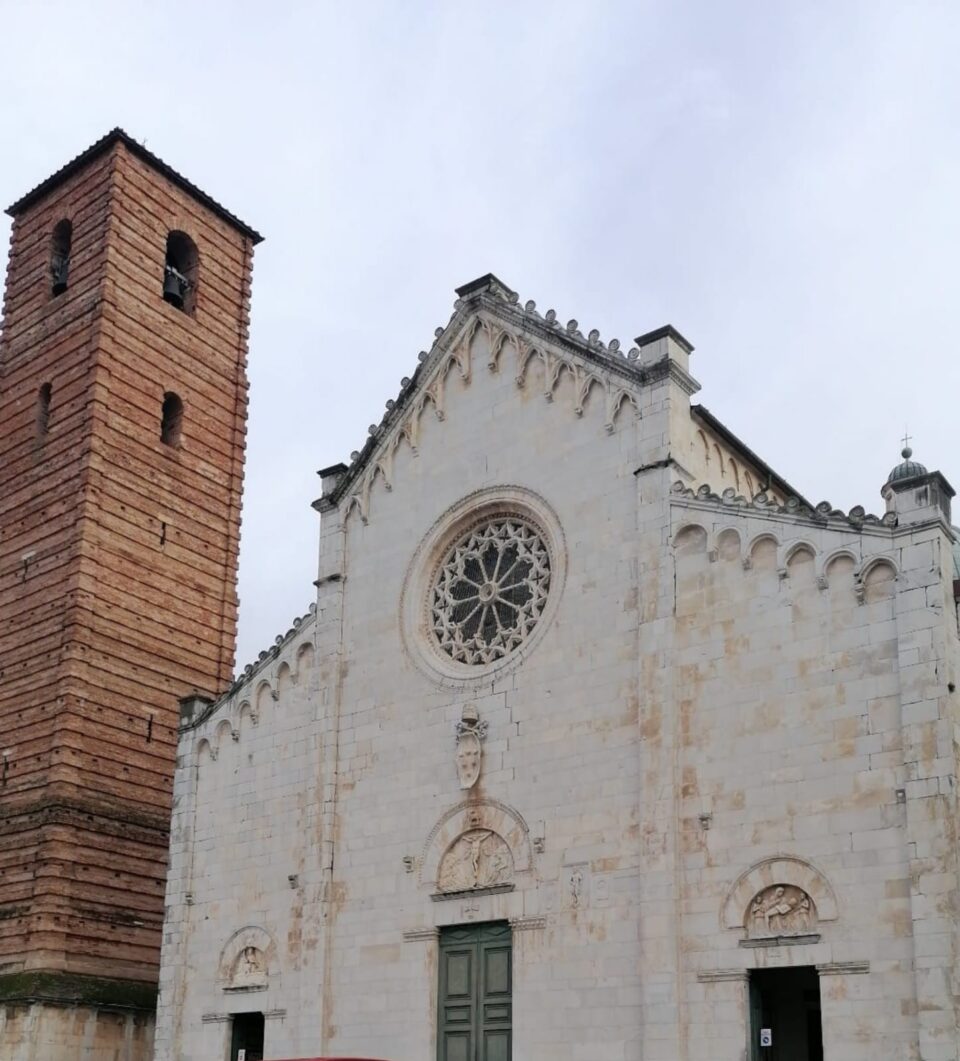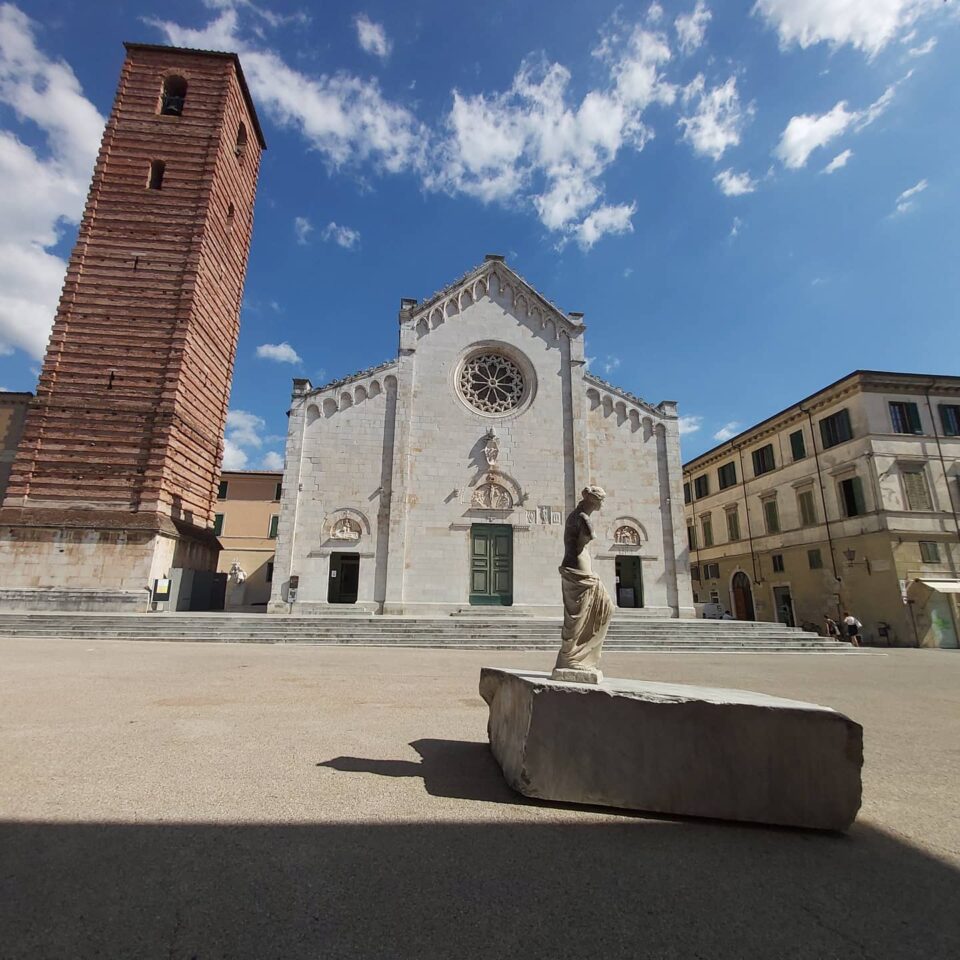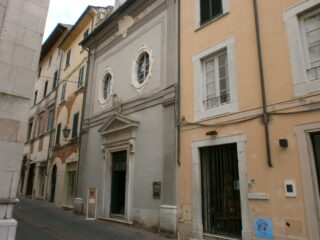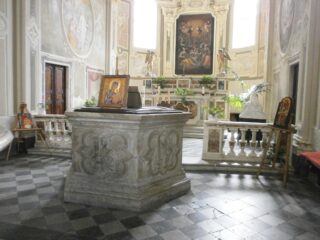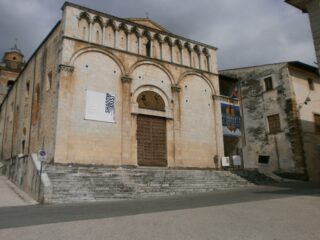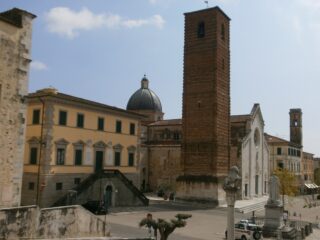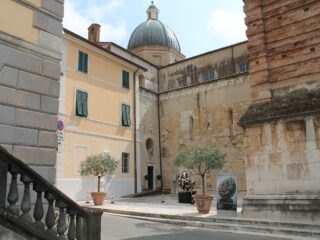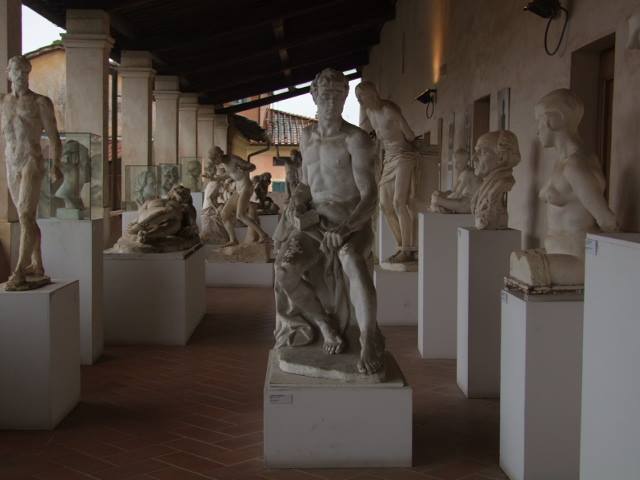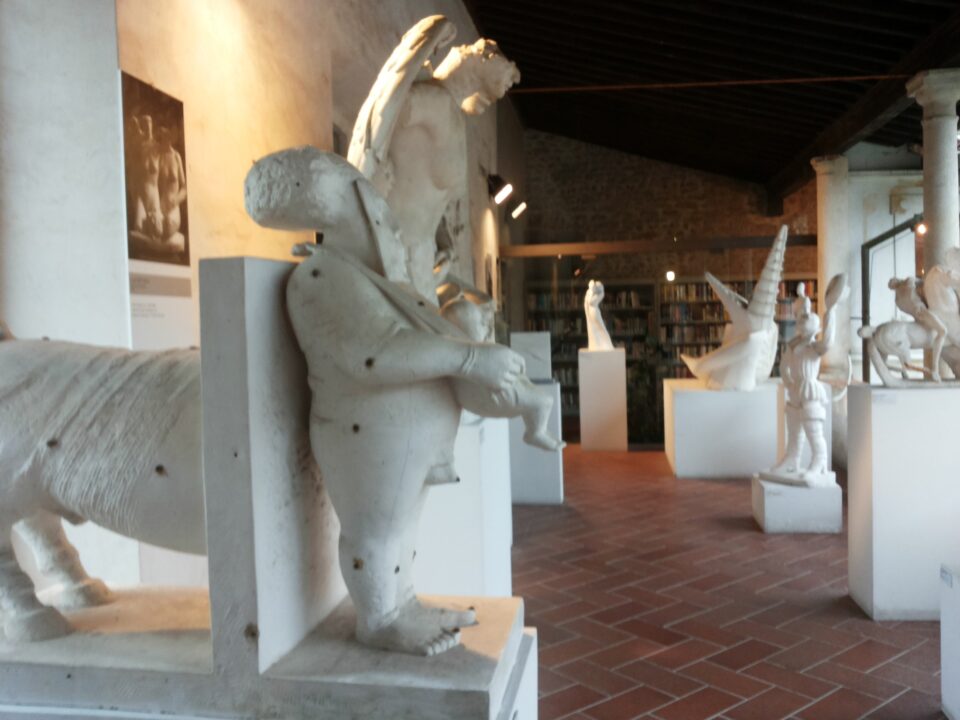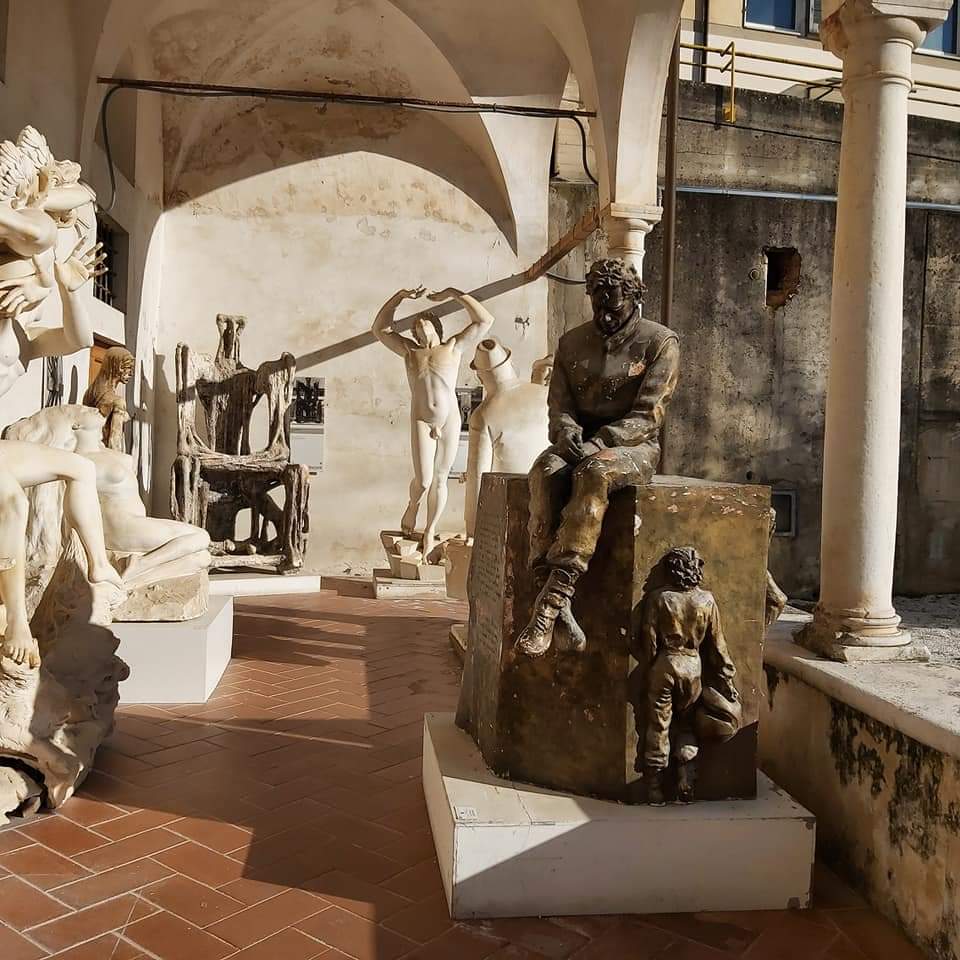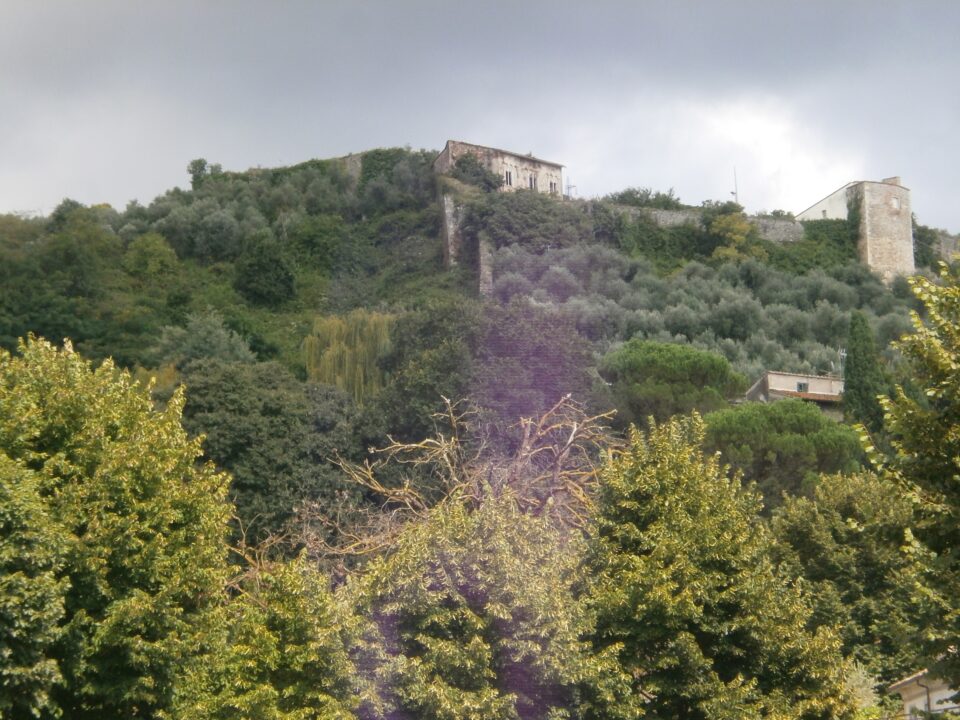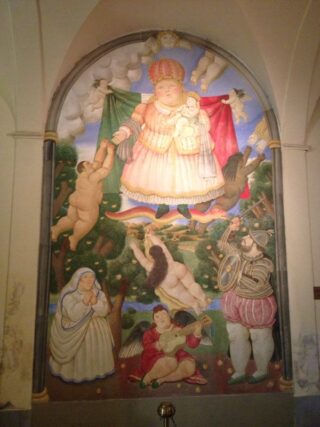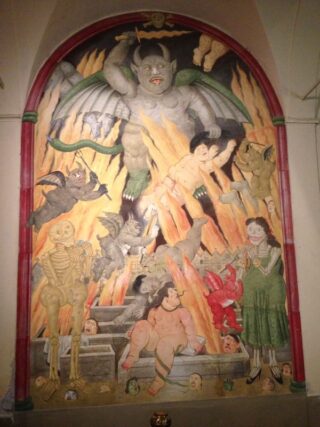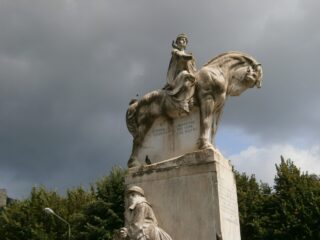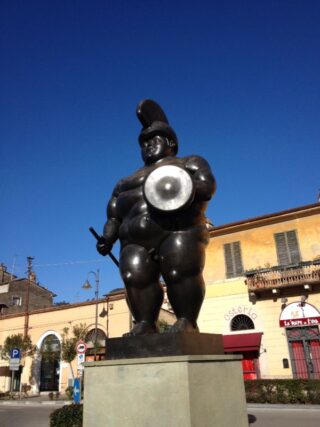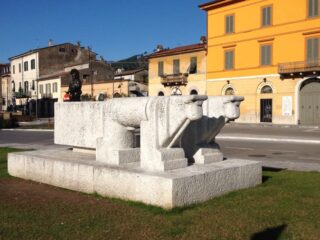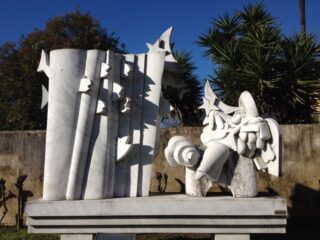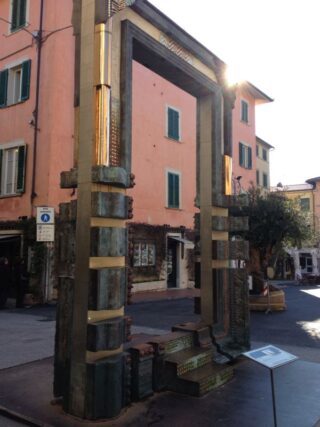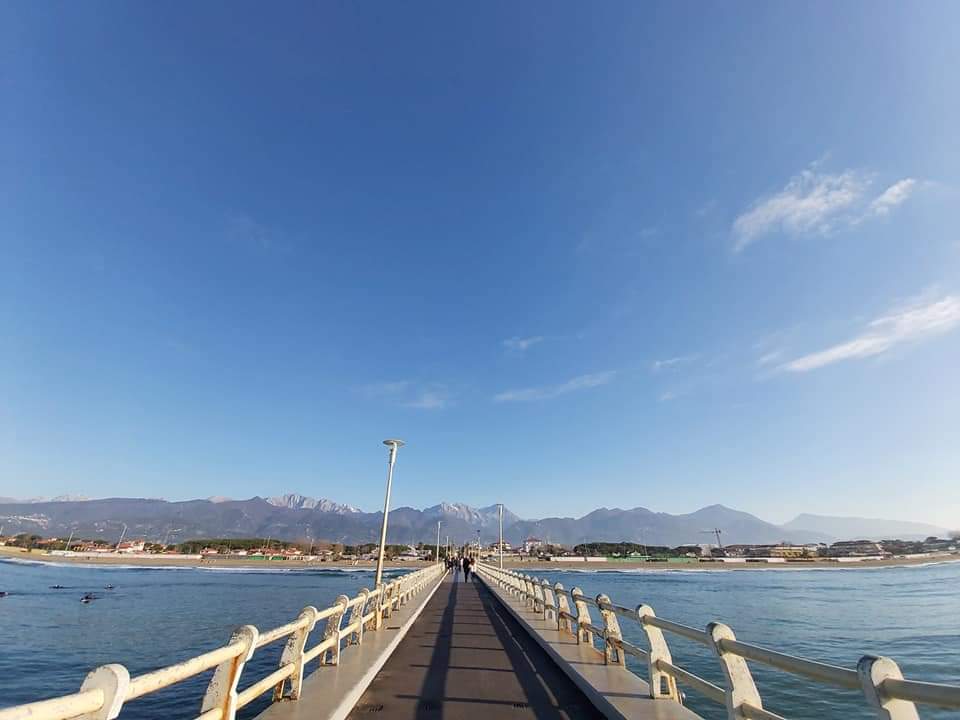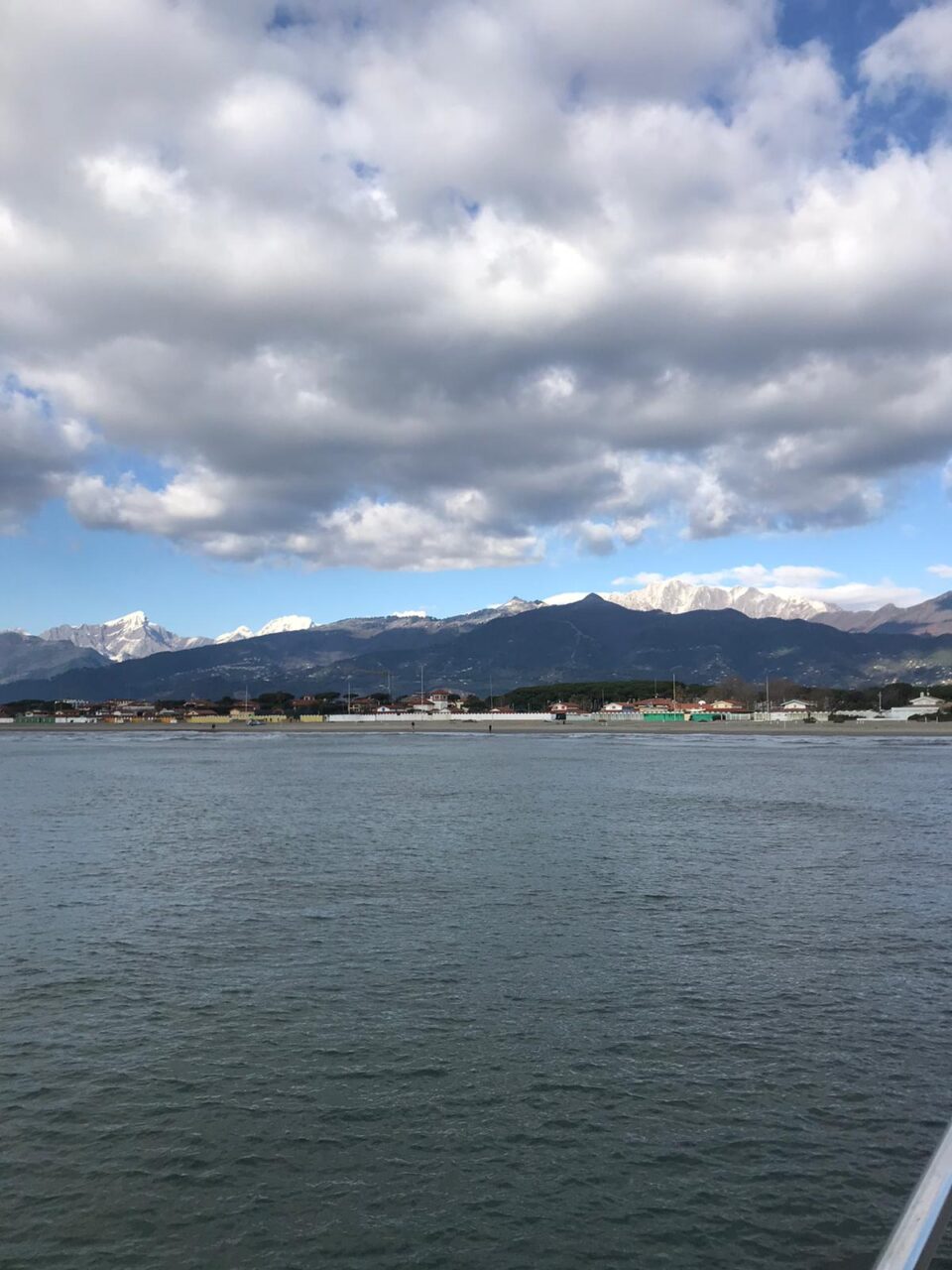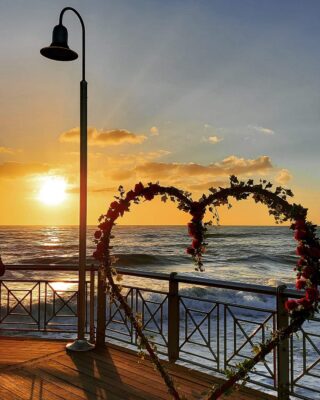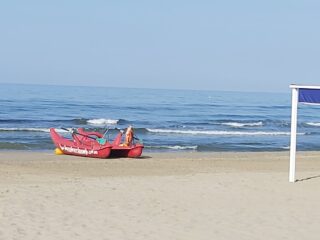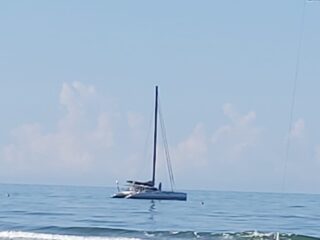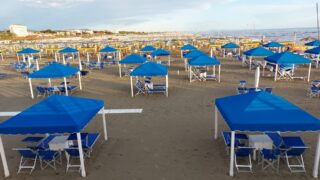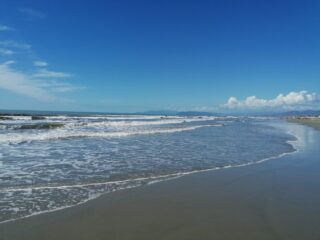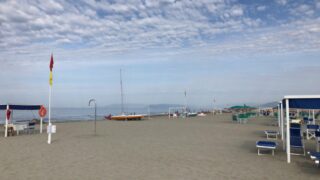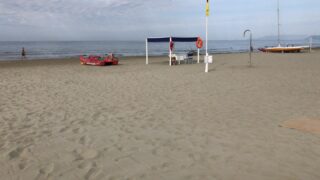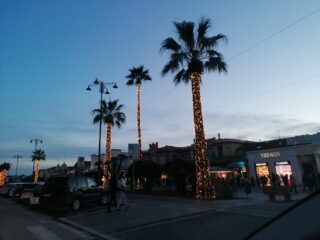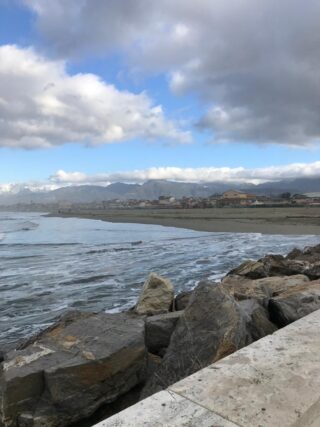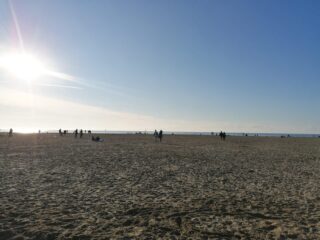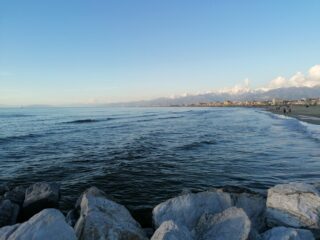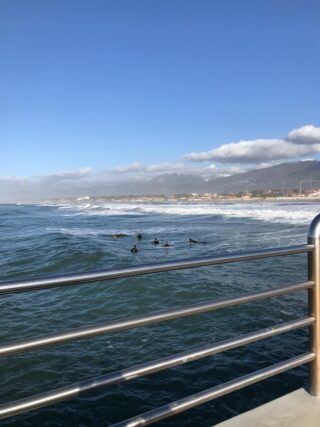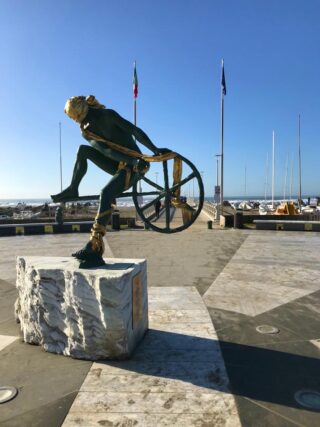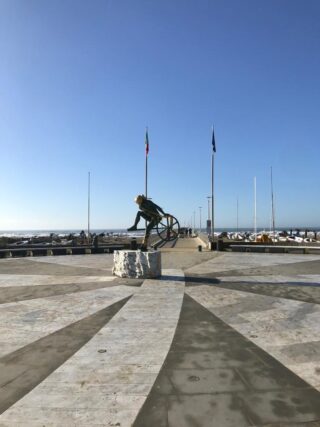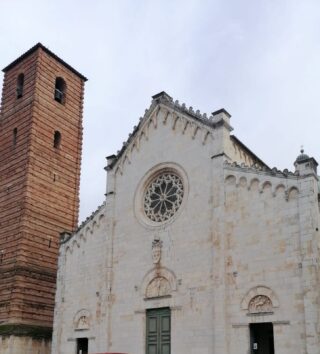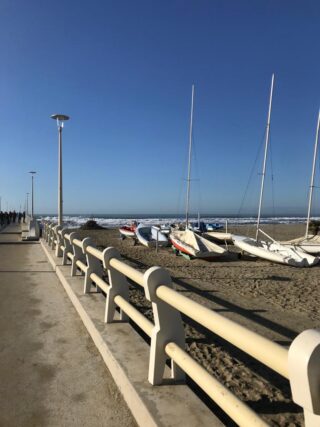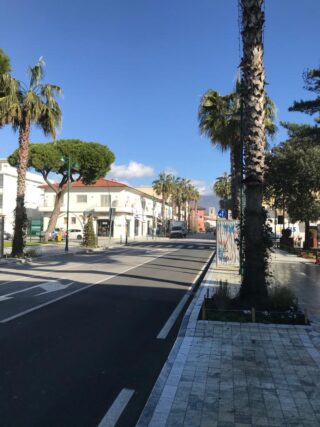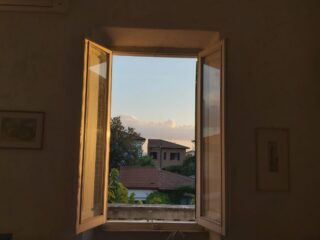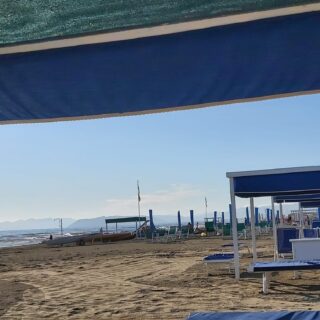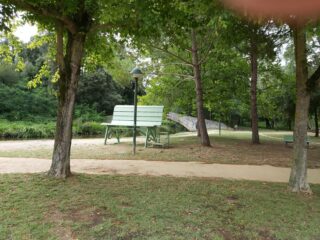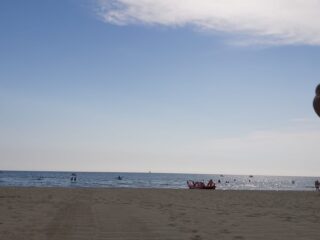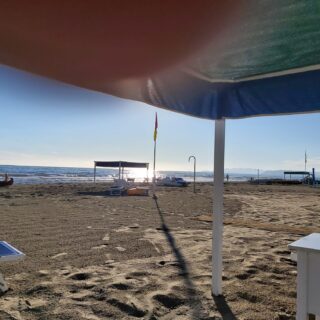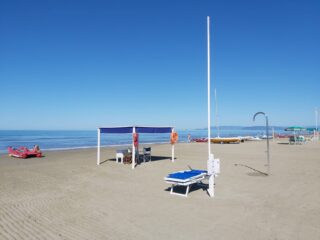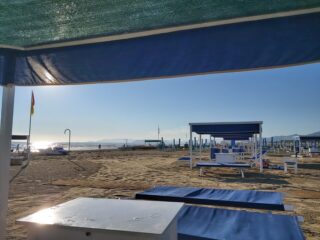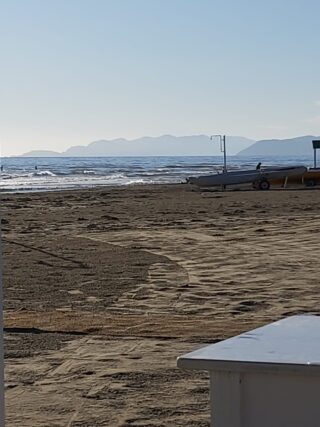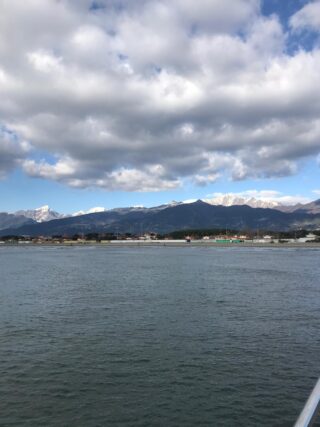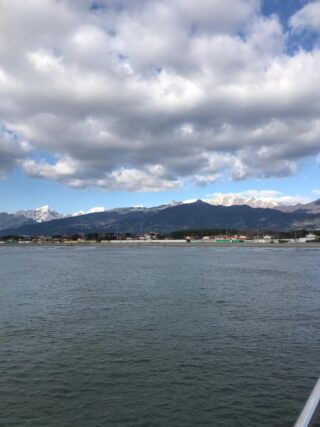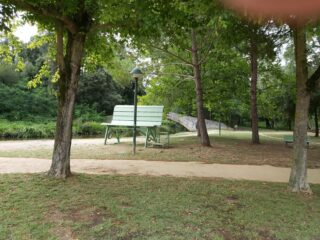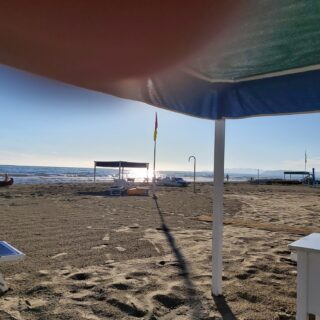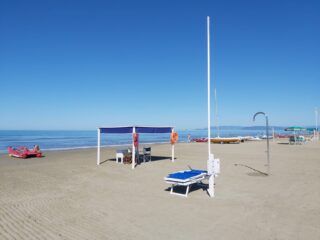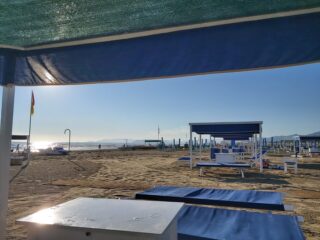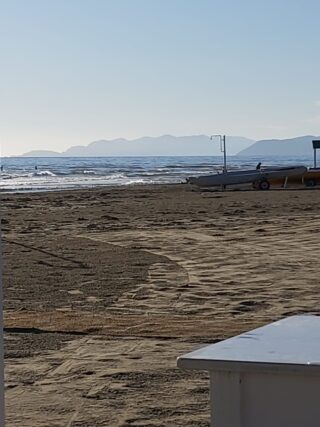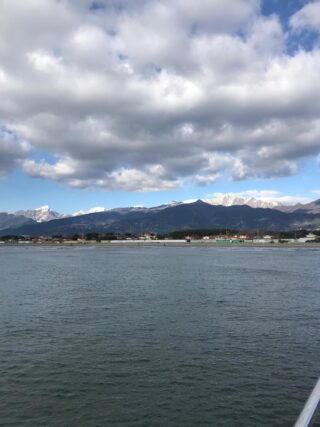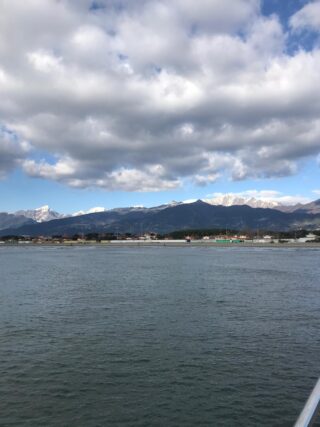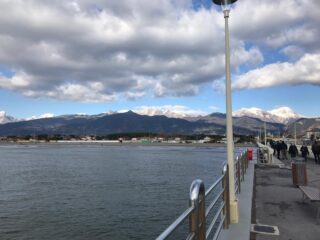Travel & Tourism
4 A Turismo & Maria Beatrice Bianucci
TREASURES OF TUSCANY
TREASURES OF TUSCANY
Tuscany is simply one of the most charming corners in Europe. Enjoy the amazing architecture, stunning scenery, fascinating history and tasty cuisine of this Jewel of Italy!!!
7 DAYS
from
700 €
FLY
from
Your local airport
A tailor-made tour for young Dutch tourists in summer!!!
WHAT’S INCLUDED
Arrival at Pisa Airport
Departure from Pisa Airport
Transfer between airport and accommodation
4 nights at the lovely Ostello San Miniato in San Miniato
Accommodation on B&B basis
Triple rooms
English- speaking tour guide on tour
All sightseeing tours as mentioned
Travel on tour by minibus or coach
All local and airport taxes/service charges
PRICES: 700 € per person
DAY 1:SAN MINIATO
DAY1:SAN MINIATO
Arrival at Pisa Airport. A coach will take you to the lovely Ostello San Miniato in San Miniato, a town located on three hills in the heart of Tuscany.
The town is situated at the intersection of the streets that join Florence, Pisa, Lucca, Siena and the famous Via Francigena, which was the main connecting route between Northern Europe and Rome in the Middle Ages. The landscape is enchanting with old boroughs, ancient churches, amazing Medici villas, castles and tobacco mills.
Our walking tour starts with Grifoni Palace. This Renaissance Palace was built by Giuliano of Baccio d’Agnolo for Ugolino Grifoni, Secretary of the Grand Duke Cosimo I of the Medici Family, in 1555. The building was destroyed during the Second World War, later it was restored and regained its original splendour.
Now it is the headquarters of Fondazione Cassa di Risparmio di San Miniato.
We can continue our tour towards Piazza del Popolo with its Church of the Saints Jacopo and Lucia, also called San Domenico’s Church, with its adjacent Cloisters of the Convent. This church dates back to 1330 so it is very old, as we can see from its façade.
Inside the church we can admire some works of art such as Giovanni Chellini’s tomb, attributed to Bernardo Rossellino, a fresco depicting “Scenes from San Domenico’s Life” by Antonio Domenico Bamberini, “The Virgin Mary with the Infant Jesus and the Saints Cosmas, Damian, John the Evangelist and Thomas” by Domenico di Michelino and “The Deposition” by Francesco Morandini called “Il Poppi” .
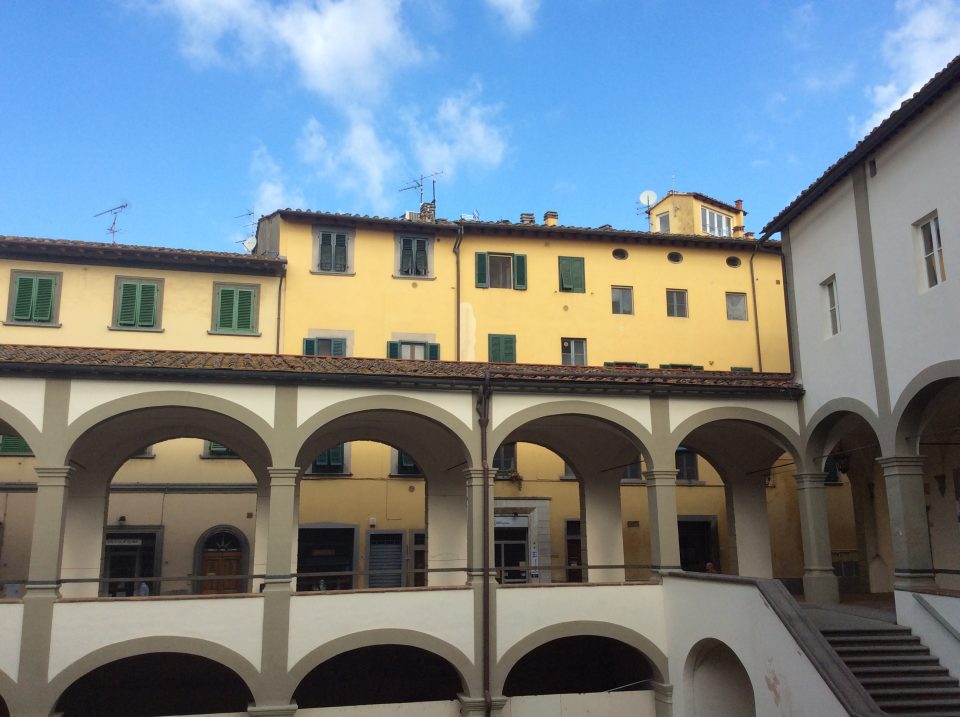
Next to the church we can admire the amazing Via Angelica, which is an ancient path that runs along the right wall of the Church of the Saints Jacopo and Lucia. In the past it was the connecting route between the town and the countryside. Along this ancient path there are three chapels decorated with 14th-century frescoes and 18th-century decorations.In one of these chapels, Saint Urban’s Oratory, we can see frescoes depicting “Scenes from the Way of the Cross” and “Saint Urban Pope”.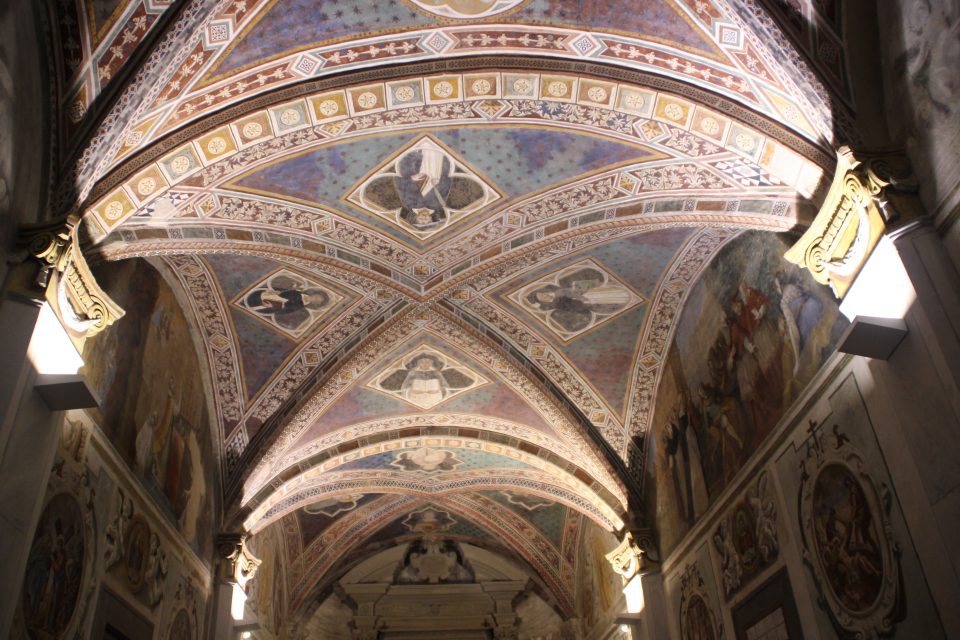
The MuMe is worth a visit. This museum was created to preserve the memory of the Second World War.
The museum contains war relics, vintage posters and documents of the people from San Miniato who lived the dramatic years of the Second World War.
We next visit the Archconfraternity of Mercy in Roffia Palace , which contains devotional objects connected with the role of this important institution such as a 19th-century horse-drawn ambulance, 18th- century lanterns and some splendid paintings.
Our tour continues towards Piazza del Seminario, where we can admire the Palace of the Seminary. The square has an asymmetric shape. The palace dates back to 1713 and it is characterized by its concave façade decorated with 18th-century frescoes and phrases in Latin.In the Middle Ages there were houses and shops whose wooden doors can still be seen. On the other side of the square we can see the rear façade of the Bishop’s Palace.
We next the head for Piazza dl Duomo, where we can admire the Cathedral, which is dedicated to Santa Maria Assunta and San Genesio. It was built in the 12th century and has a beautiful Romanesque façade, which also exhibits Gothic and Renaissance architectural elements.
The Church has a Latin cross plan with three naves and houses many works of art such as a 17th-century wooden crucifix by Iacopo di Giuliano Sani, Giovanni Battista Sandrini’s baptismal font, four marble busts of famous men from San Miniato: Iacopo Buonaparte, Pietro Bagnoli, Giovacchino Taddei and Francesco Maria Poggi and frescoes by Antonio Domenico Bamberini and Francesco Lanfranchi.
Its Bell Tower, called Matilde Tower, has an asymmetrical clock and dates back to the 12th century. Its name refers to the Countess Matilde of Canossa,who was probably born in San Miniato.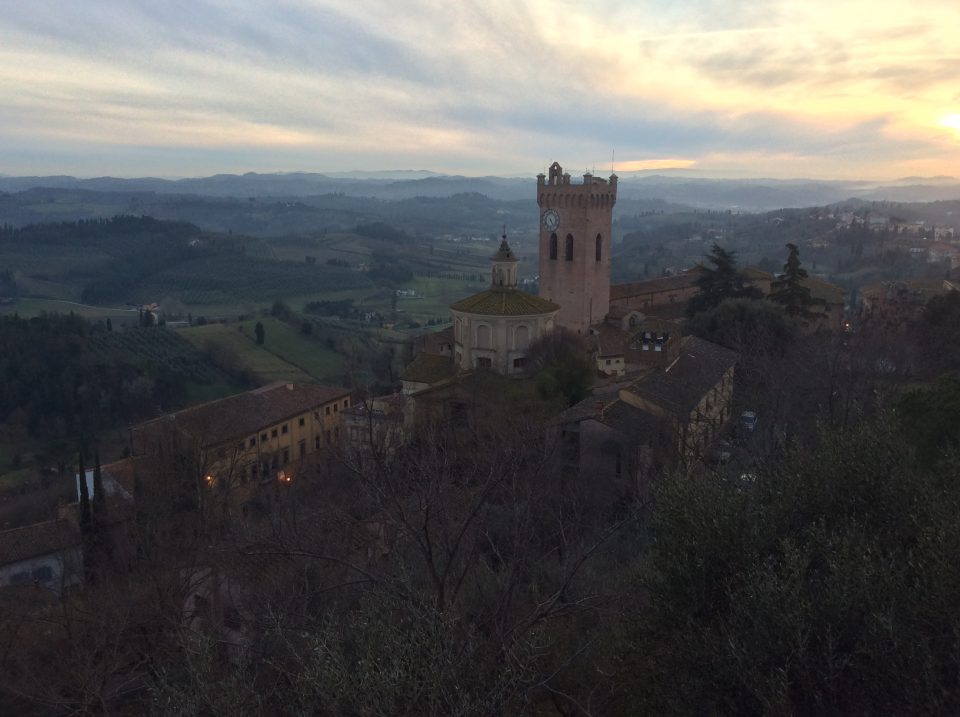
Next to the Cathedral there is the Diocesan Museum of Sacred Art housing paintings by famous artists such as Iacopo Chimenti called “L’Empoli”, Francesco Morandini called “Il Poppi”, Lorenzo Lippi, Giovanni Bilivert, Cenni di Francesco di Ser Cenni, Neri di Bicci, Iacopo di Mino del Pellicciaio and Lorenzo Monaco.
In Piazza del Duomo we can also admire the Bishop’s Palace, which is the residence of the Bishop of San Miniato and features a chapel dedicated to the Assumption and St. John the Baptist, the Imperial Vicars’ Palace,dating back to the 12th century, and its Tower, which was used as a prison.
 Leaving Piazza del Duomo behind us, we head off to the Sanctuary of the Most Holy Crucifix. This Baroque church, which stands between the Fort, the Cathedral and the Town Hall, was built in the 18th century. While the decoration of the façade is very simple, the walls inside the church are completely painted with “Scenes from Jesus Christ’s Life” by Antonio Domenico Bamberini. On the main altar there is a tabernacle containing the famous “Holy Crucifix”, which is venerated and thought to be miraculous.
Leaving Piazza del Duomo behind us, we head off to the Sanctuary of the Most Holy Crucifix. This Baroque church, which stands between the Fort, the Cathedral and the Town Hall, was built in the 18th century. While the decoration of the façade is very simple, the walls inside the church are completely painted with “Scenes from Jesus Christ’s Life” by Antonio Domenico Bamberini. On the main altar there is a tabernacle containing the famous “Holy Crucifix”, which is venerated and thought to be miraculous.
 In front of the Sanctuary there is the Town Hall, which was built at the end of the 13th century. Inside we can admire two beautiful rooms decorated with the 14th and 16th- century amazing frescoes: La Sala delle Sette Virtù and La Sala Consiliare.
In front of the Sanctuary there is the Town Hall, which was built at the end of the 13th century. Inside we can admire two beautiful rooms decorated with the 14th and 16th- century amazing frescoes: La Sala delle Sette Virtù and La Sala Consiliare.
The frescoes in La Sala delle Sette Virtù were painted between the 14th and the 16th centuries. The most important fresco is the “Virgin Mary nursing her Child surrounded by the Theological and Cardinal Virtues”, attributed to Cenni di Francesco di Ser Cenni. In the middle of the painting, you can see the Virgin Mary and the Infant Jesus. Around her there are some female figures, who are symbols of the Seven Virtues. “Justice” is holding a sword in her right hand and scales in her left hand; “Prudence” is pointing to a mirror with her right hand; “Temperance” is holding a phial of wine mixed up with water in her right hand; “Fortitude” is holding a sword and is wearing a helmet; “Hope” is praying; “Charity” has got a flame in her right hand and a piece of paper in her left hand and “Faith” has a cross on her left shoulder.
“La Sala Consiliare” is situated next to the “Sala delle Sette Virtù” and it contains Francesco Maria Galli Angelini’s famous frescoes depicting the history of San Miniato during the Middle Ages.
In one of these frescoes we can see a knight riding a horse and holding a sword in his right hand. On the right there is a parchment and on the left there is the knight’s Coat of Arms. Next to this fresco, we can see a man holding a green book in his left hand and a quill in his right hand. He is wearing a red robe and a red hat.
In the corner there is his family’s Coat of Arms. In another fresco we can see the Virgin Mary talking to San Miniato, San Genesio, Sant’Agostino and San Francesco. The room is decorated with frescoes depicting the Coats of Arms of famous Noble Families from San Miniato and famous leaders such as Franco Sacchetti, Francesco Sforza and Barone de’ Mangiadori .
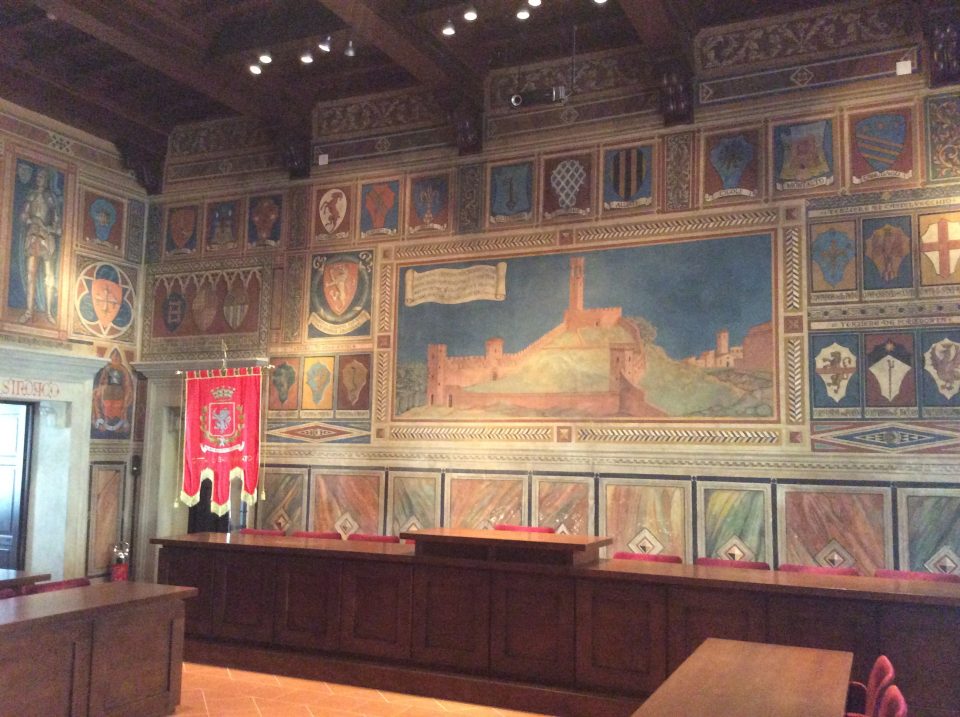
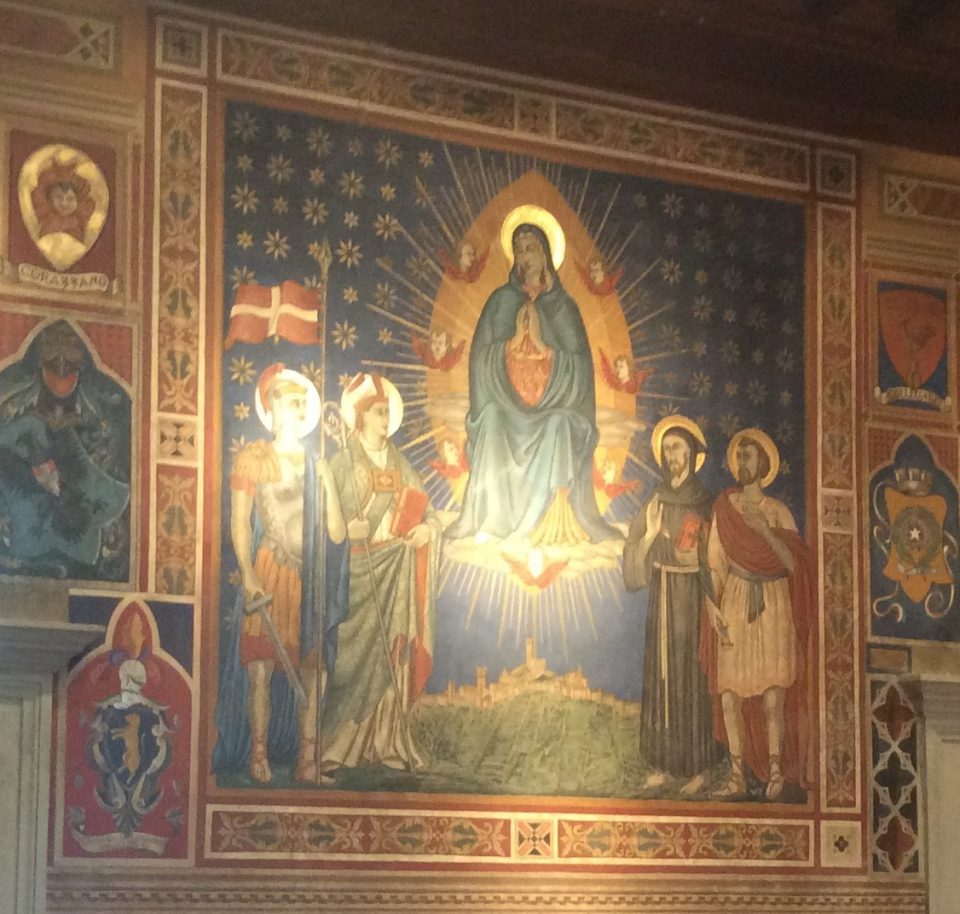 Don’t miss the visit to the Oratory of Loretino, whicb was built inside the Town Hall as the governor’s private chapel at the end of the 13th century. It became an important place of worship in the 14th century when the Most Holy Crucifix was placed there.
Don’t miss the visit to the Oratory of Loretino, whicb was built inside the Town Hall as the governor’s private chapel at the end of the 13th century. It became an important place of worship in the 14th century when the Most Holy Crucifix was placed there.
According to a legend, the simulacrum was brought to San Miniato by two mysterious travellers, who were probably two angels. They left it in the house of a poor widow. It was closed up in a case and it emanated an “arcane” light at night. It became a symbol of peace and love.
The veneration of the Holy Crucifix increased between 1629 and 1631 when the Bubonic Plague spread in Italy. A church was built in honour of the Holy Crucifix, which was placed in the Sanctuary of the Most Holy Crucifix.
The Oratory contains decorations by Francesco Lanfranchi called “Spillo”, a magnificent altar attributed to Noferi di Antonio di Noferi and a wooden statue of the “Madonna di Loreto”, which gives the chapel its present name. The walls are decorated with 14th-century frescoes illustrating “Episodes from Jesus Christ’s Life”.
During our walking tour we stop at Retrobottega for lunch. Here you can taste typical Tuscan food created by the famous butcher Sergio Falaschi and his staff by using high-quality local products and enjoy a wonderful view of the countryside.
We suggest you have “crostini” and a selection of “salumi” (cold cuts) such as “soprassata”, ham, “rigatino”, “finocchiona”, “spuma di gota”, “mallegato”, pasta with sausage and leek sauce, “pappa al pomodoro”, Fiorentina steak with grated truffles and “cantuccini” with “Vinsanto”. 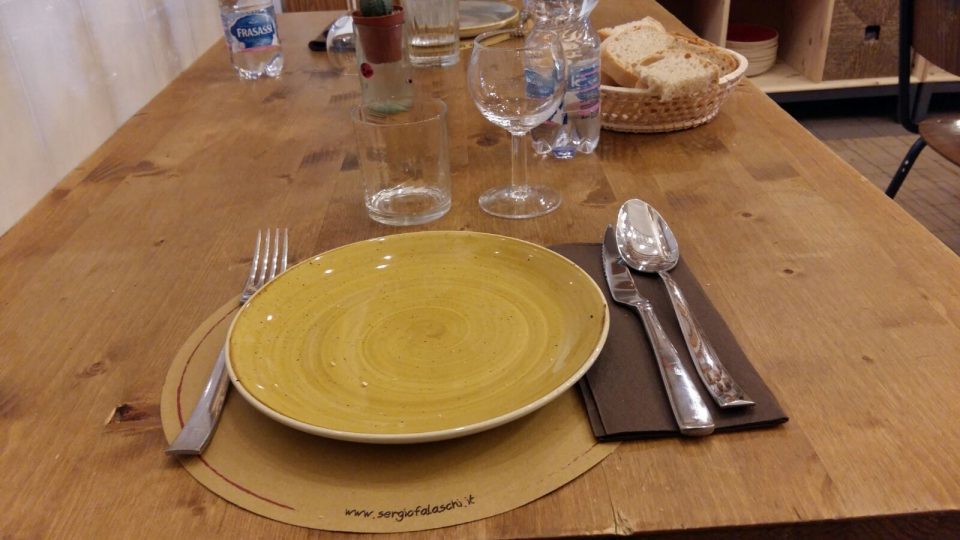
After lunch we head off to the Tower of Frederick II, called the Fort, which is a 37-metre tall tower, built by Frederick II of Swabia in 1217. It was the central core of the Imperial defensive system. It is the landmark of the town.
The tower was destroyed during the Second World War and rebuilt in 1958. From its top you can admire the special ribbon-like layout of the town and stunning landscapes such as the area of the Lower Valdarno, Volterra’s hills, the Apennines and the sea.

The tower was destroyed during the Second World War and rebuilt in 1958.From its top you can admire the special ribbon-like layout of the town and stunning landscapes such as the area of the Lower Valdarno, Volterra’s hills, the Apennines and the sea. Pier delle Vigne, Frederick II’s Chancellor, was imprisoned here for treason until his death, as Dante writes in “Inferno”(13th “Canto”) in his “Divine Comedy”.
Leaving the Fort behind us, we reach the 14th-century Convent and Church of Saint Francis. Saint Francis stayed in San Miniato for a short time and founded this convent. For many centuries it was one of the main Franciscan centres in Tuscany.
Inside the church there are twelve altars dedicated to Franciscan saints and famous families from San Miniato such as the Buonaparte family, 16th and 17th-century paintings and frescoes depicting Saint Francis and other Franciscan saints, Saint Francis’s statue by Luca and Piero Bonicelli and a 16th-century wooden crucifix.
We next head to Piazza Buonaparte, flanked by ancient palaces built by noble families from San Miniato between the 16th and the 18th centuries. In this square we can admire a marble monument dedicated to the Grand Duke of Tuscany, Leopoldo II also called Canapone, Palazzo Bonaparte and the Saints Sebastian and Rocco’s Church, which was the Bonaparte family ’s chapel and houses Saint Rocco’s relics and a Gothic water soup.
Our walking tour continues towards Piazza XX Settembre, where you can visit Santa Caterina’s Church dating back to the 13th century and the Euteleti Academy, which is housed in Palazzo Migliorati and contains Napoleon Bonaparte’s funeral mask and ancient documents.
Leaving this square we head for Piazza Dante Alighieri, also called “Il Piazzale”, where San Miniato’ s market is held on Tuesday mornings. Here you can see Giosue’ Carducci’s Statue. Giosue’ Carducci was a famous Italian writer, who lived in San Miniato from 1856 to 1857. 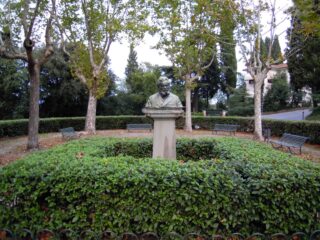
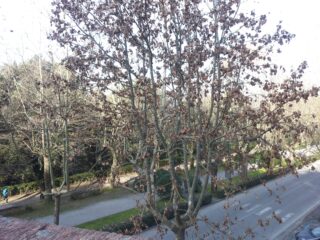
We next head off to Palazzo Formichini. The palace was built in the 16th century and contains works of art by famous artists such as Benedetto Bigordi called “Il Ghirlandaio”, Ludovico Cardi called “Il Cigoli”, Iacopo Chimenti called “L’ Empoli” and Giovanni Bilivert.
Our tour proceeds along via Giosue’ Carducci, where you can visit The Most Holy Annunziata’s Church, containing Saint Augustine’s statue, Saint Dorothea ’s relics and some frescoes .
From here it is easy to reach the Conservatory of Santa Chiara. The Monastery of Santa Chiara was built in the 13th century but the present building dates back to the 14th century. The nuns of Saint Clare’s order stayed there until the end of the 18th century when it was transformed into a Conservatory for girls’ education. Later it became a school premises.
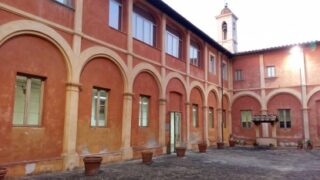
The building is arranged around a cloister with arcades and it has a chapel dedicated to Saint Mary Magdalene. The Conservatory houses “Noli me Tangere”, a wonderful painting by Ludovico Cardi, on which the appearance of Christ to Mary Magdalene is represented. There are also paintings by Jacopo Chimenti and Antonio Domenico Bamberini and a magnificent Medieval cross painted by Deodato Orlandi in 1301.
We leave your enjoy your afternoon at leisure. We suggest you have a walk along the famous Via Francigena , which runs through the town centre and touches small villages in the countryside. The landscape is enchanting with tobacco mills, old boroughs, amazing Medici villas and ancient churches.
If you are interested in ancient history, you can visit San Genesio’s Archaeological Site. The site was considered one of the main stops along the Via Francigena, which was the pilgrimage route from Canterbury to Rome in the Middle Ages.

We suggest you have dinner at Pizzeria Vecchio Cinema, located in the town centre. Your hostel offers you the chance to have a meal here at a very special price just showing the hostel card.
You can choose two dishes from the menu, which consists of “bruschetta”, a wide selection of saumi” (cold cuts) and ham or chickpea soup, “pappa al pomodoro”, pasta with pesto sauce or spaghetti with tomato sauce, chicken stew with beans or pizza and a bottle of water or a soft drink.
If you want to taste high-quality meat, you can have dinner at La Bisteccheria, a nice restaurant where you can have a large variety of starters such as “crostini” and a wide selection of salami” (cold cuts), “tagliata” or Florentine steak with roast potatoes and “cantuccini” with “vinsanto”.
After dinner you can stop at Caffè Centrale, where you can listen to music and play board games with friends or at the lovely Chalet, which is a pleasant open-air meeting place. Here you can chat with friends and listen to music, sitting at the tables located in front of the kiosk.
If you love music you can go to Le Piscine , where you can dance at the poolside. The disco opens at about 12.00 p.m. and closes at about 3.00 a.m.
In summer San Miniato attracts lots of young people and tourists as a great variety of events are organized in the town centre in the evening .The main events are La Notte Nera, La Luna è Azzurra, Prima del Teatro, A Castle of Sounds, Francigena Melody Road,Pinocchio in Strada and Meravigliosa Francigena .
DAY 2: LUCCA & COLLODI
DAY2 :LUCCA & COLLODI
After breakfast we head for Lucca, which is a destination for many tourists thanks to its charming churches and wonderful museums.
Our tour starts with Porta Sant’Anna, one of the six gates. The city is surrounded by about four kilometres of walls. Lucca had four rings of walls. The first, built by the Romans, had a square shape and encircle the city centre today. The other three rings were built in the 13th, 16th and 17th centuries. The walls are lined with towering trees from which we can enjoy a beautiful view of the city.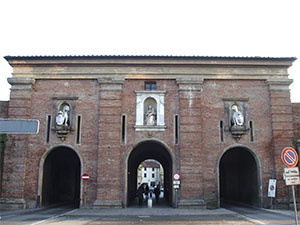
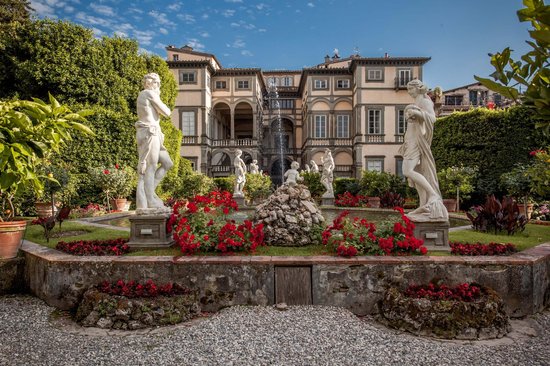
We will have a cycling tour on the lovely avenue running along the top of the walls.During our cycling tour we can admire the lovely garden of Pfanner Palace, one of the most beautiful gardens in the city. This 17th-century palace was named after the Pfanner family. Felix Pfanner, who was an Austrian brewer whose family was from Bavaria, bought this palace and set up a brewery there in 1846. Its garden featuring grassy lawns, ornamental flowers, exotic plants, lemon trees, fruit trees, an octagonal fountain and 18th-century statues depicting Greek Gods and the Four Seasons, is an excellent example of a Baroque garden. Inside the palace you can admire a large reception hall with 18th-century frescoes and a collection of surgical instruments. Lots of films, such as The Portrait of a Lady, were set in this palace.
Continuing our tour we reach Piazza del Duomo, where we can admire the Baptistery, a small 14th-century building with a Gothic dome and a wonderful baptismal font. We next visit the Cathedral of San Martino, dating back to the 6th century. Its most ancient part is its façade in the Romanesque style. Inside the church we can see amazing works of art such as the Holy Effigy by Civitali and the Sarcophagus of Ilaria del Carretto by Jacopo della Quercia, one of the finest examples of Renaissance sculpture.
Ilaria del Carretto was the wife of Paolo Guinigi, the Lord of Lucca from 1400 to 1430, and she died in 1406 at the age of twenty-six. The typically classical “putti” holding festoons on either sides of the sarcophagus underline the calm and serene beauty of the woman lying here. On the one of the sides we can see the Coat of Arms of the Guinigi-del Carretto family.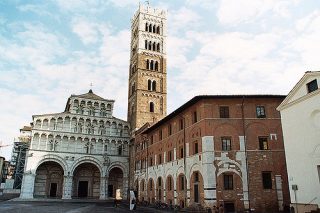
Leaving Piazza del Duomo behind us, we head off to Piazza Napoleone, used for many events and public occasions. You can see the marble statue of Maria Luisa di Borbone in the centre of this square. In front of the statue there is the outstanding Palazzo Ducale or Palazzo Pubblico, used for Council meetings and conferences. It dates back to the 14th century, but it was restored and completed for Maria Luisa di Borbone in the 19th century.
On the right side of the square there is one of the two schools for Fine Arts in Lucca. The other two sides of the square are lined with shops, cafés and expensive restaurants. On the north-eastern corner of the square there is Piazza del Giglio with its Neoclassical theatre, “Teatro del Giglio”.
Our tour continues with the Church of San Michele in Foro, built between the 11th and 14th centuries. It is one of the best examples of Romanesque style and it is made of white limestone. San Michele ‘s statue dominates from the top. Inside the church there are many works of art, such as Andrea della Robbia ’s “Madonna with Child”.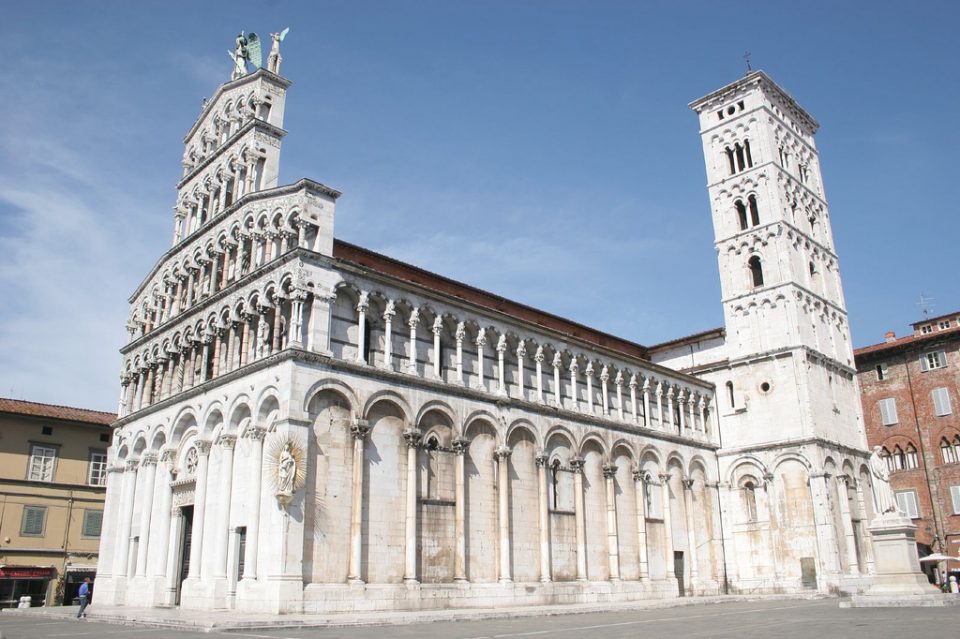
Near the church we can visit Giacomo Puccini’s House, housing Giacomo Puccini’s manuscripts and personal items. Giacomo Puccini, the great Italian musician and composer, was born and spent the early years of his life in this house. Later he moved to Torre del Lago in Versilia, where we can admire Giacomo Puccini’s Villa, now known as the Puccini Museum.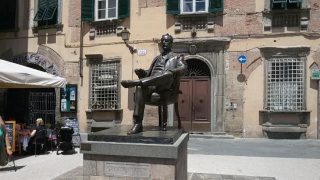
From here it is easy to reach the Roman Amphitheatre, which is the area where gladiators’ shows and games were traditionally held in Roman Times. It was built in the second half of the 1st century A.D.The square is very picturesque and is lined with ancient buildings, typical shops, restaurants and cafés.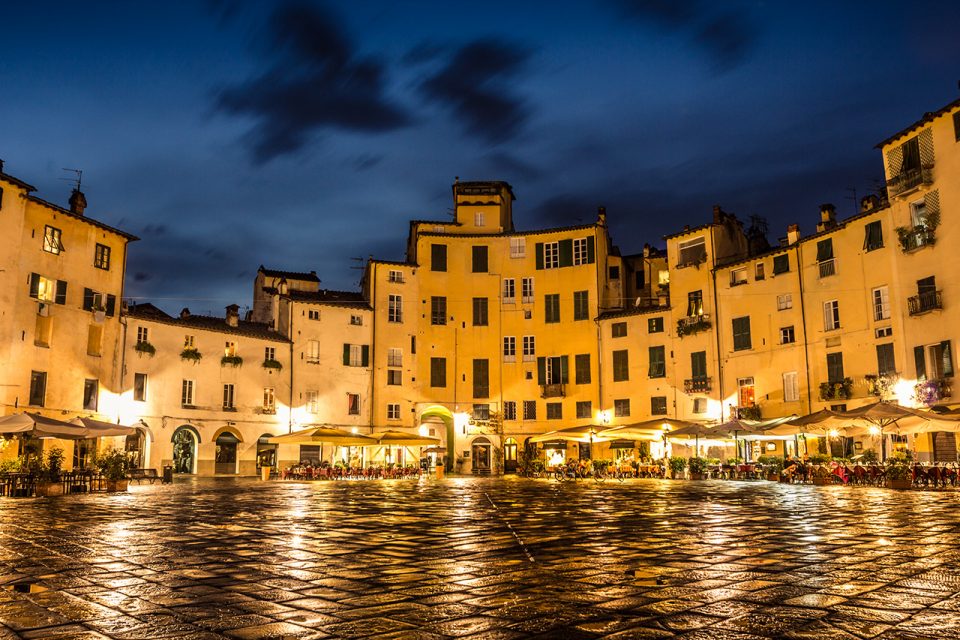
During our tour we stop in one of the best restaurants in Lucca, Giulio in Pelleria, located in the city centre. Here you can taste traditional dishes such as spelt and bean soup, “farinata”, home-made pasta with meat sauce, stockfish with “polenta”, salted codfish with tomatoes and olives, stewed tripe and “cioncia” .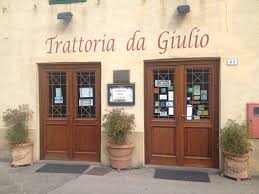
We suggest you have an ice cream in one of the best ice cream shops in Tuscany, Gelateria Veneta, where you can taste a large variety of ice cream.
You can also stop at the famous bakery,Taddeucci, where you can buy the delicious Buccellato di Lucca, a cake made with white flour, sugar anise seeds, raisins and beer yeast. There is an old saying in Lucca: “Don’t say you have been to Lucca if you haven’t eaten Taddeucci’s Buccellato.
After lunch you can walk along Via Fillungo, the most lively, popular and sophisticated street in Lucca. It is characterized by Medieval buildings and important monuments. If you like shopping, this is the best place to go, because it is full of exclusive shops, boutiques and jewellers’ stores.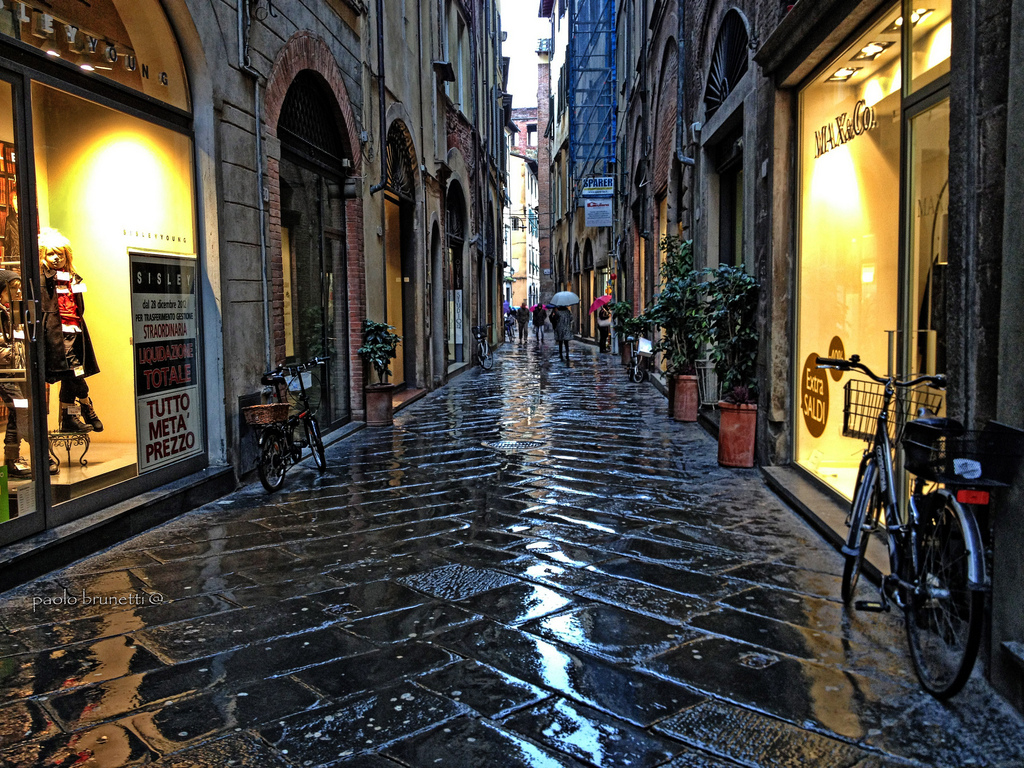
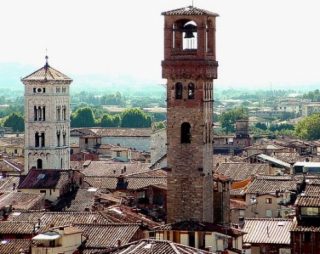
In Via Fillungo you can also visit La Torre delle Ore, which is a 13th -century tower and a perfect place to enjoy a beautiful view of the city.
The 12th-century Church of San Frediano is worth a visit. We can admire the beautiful mosaics on its façade. Inside the church you can see a wonderful Romanesque baptismal font, an amazing altar by Jacopo della Quercia and Santa Zita’s relics.
Don’t forget to visit Guinigi Tower, which is an example of Romanesque-Gothic architecture. Its main feature is its garden covered with holm oaks, located on its top. From here you can admire Lucca architectural jewels.
Later in the afternoon our coach takes us to Collodi, which is an ancient village in the hills of Tuscany, which was made famous by Carlo Collodi (Carlo Lorenzini’s pen name), the author of the Adventures of Pinocchio(1883), the most famous and best loved children’s book in the world.
Here you can visit Villa Garzoni Garden, the Butterfly House, Pinocchio Park and Pinocchio Museum.
After the visit to Pinocchio Park, we have dinner at the picturesque Osteria del Gambero Rosso, a lovely pizzeria in Collodi , where the waiters and waitresses are dressed as the protagonists of the famous children’s book.. Here you can taste “panzerotti “(fried dough) with ham and cheese, a large selection of pizza and “schiacciata”, “tordelli” with meat sauce, tortelli with with mushroom sauce, roast pork or chicken with roast potatoes, fruit salad and ice cream.
After dinner we head to Lucca, where you can enjoy one of the wonderful concerts of Lucca Summer Festival in Piazza Napoleone in the heart of Lucca, from 9.30 p.m. onwards.
The famous Lucca Summer Festival has taken place in Lucca since 1998. It starts at the beginning of July and lasts till the end of the month .It attracts thousands of young people from all over Europe, because concerts and performances by famous national and international rock and pop stars such as Laura Pausini, Elton John, Norah Jones, Duran Duran, Green Day and Eric Clapton are held here every summer.
Overnight stay at your hostel in San Miniato.
DAY 3:FLORENCE
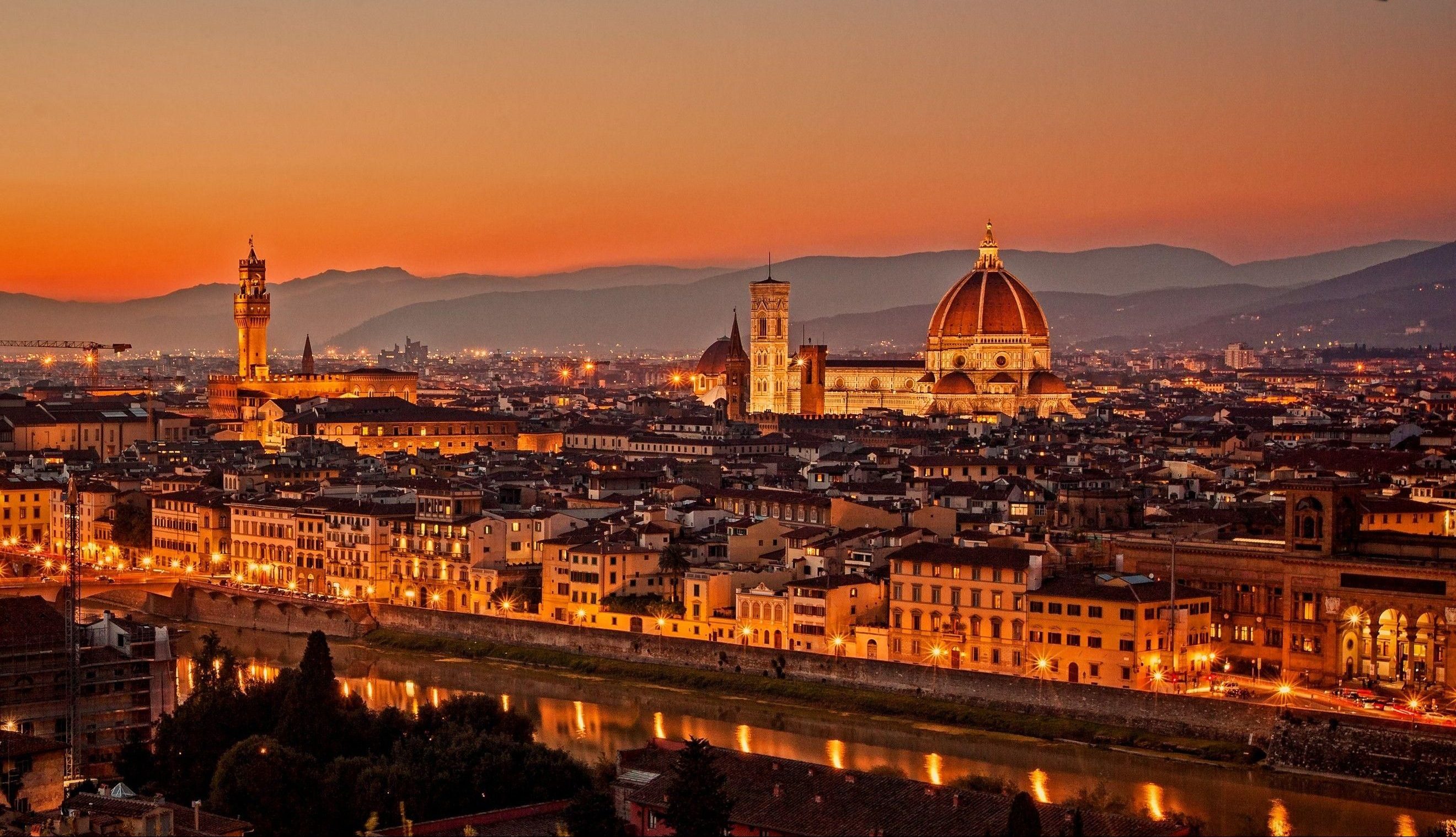
Day 3: Florence
After an early breakfast we head off to Florence. Our walking tour starts in Piazza del Duomo, where we can admire three marvellous buildings: the Baptistery, the Cathedral, dedicated to Santa Maria del Fiore, Brunelleschi’s Dome and Giotto’s Bell Tower.
The Cathedral of Santa Maria del Fiore is worth a visit. It was started by Arnolfo di Cambio in 1296 and completed by Brunelleschi and Giotto in the follo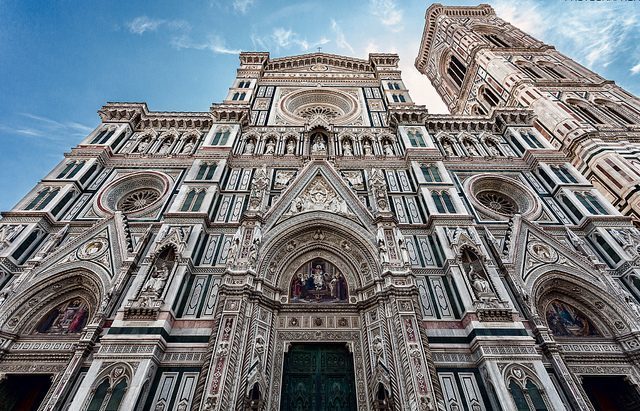 wing centuries. Its famous white, green and pink Gothic façade has three bronze portals with mosaic decorations and statues.
wing centuries. Its famous white, green and pink Gothic façade has three bronze portals with mosaic decorations and statues.
Inside the cathedral you can admire frescoes by Vasari and works of art by Giotto and Luca della Robbia.
Outside the cathedral you can see Brunelleschi’s Dome, Giotto’s Bell Tower, which is a wonderful example of Florentine Gothic style, and the Baptistery, dedicated to St. John the Baptist, famous for Ghiberti’s Porta del Paradiso and its mosaics.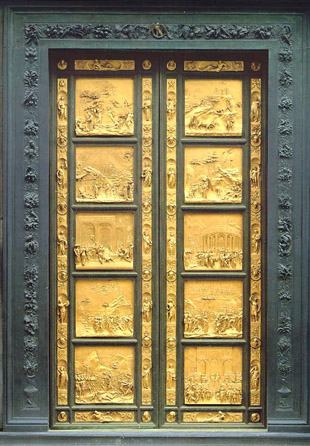
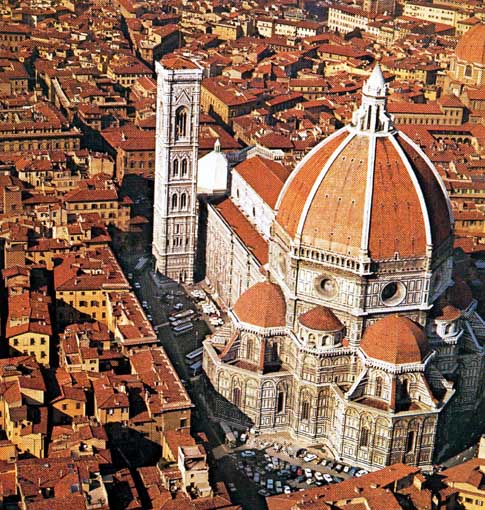
From Piazza del Duomo it is easy to reach Via dei Calzaioli, which is one of the most famous streets in Florence, lined with ancient buildings, exclusive shops, cafés, hotels and restaurants.
Our tour continues towards Piazza della Signoria , where you can admire the magnificent Palazzo Vecchio, also known as Palazzo della Signoria. This square, which has been the political centre of the city since the Middle Ages, is one of the most spectacular squares in Italy. Here you can also admire the lovely Loggia dei Lanzi, a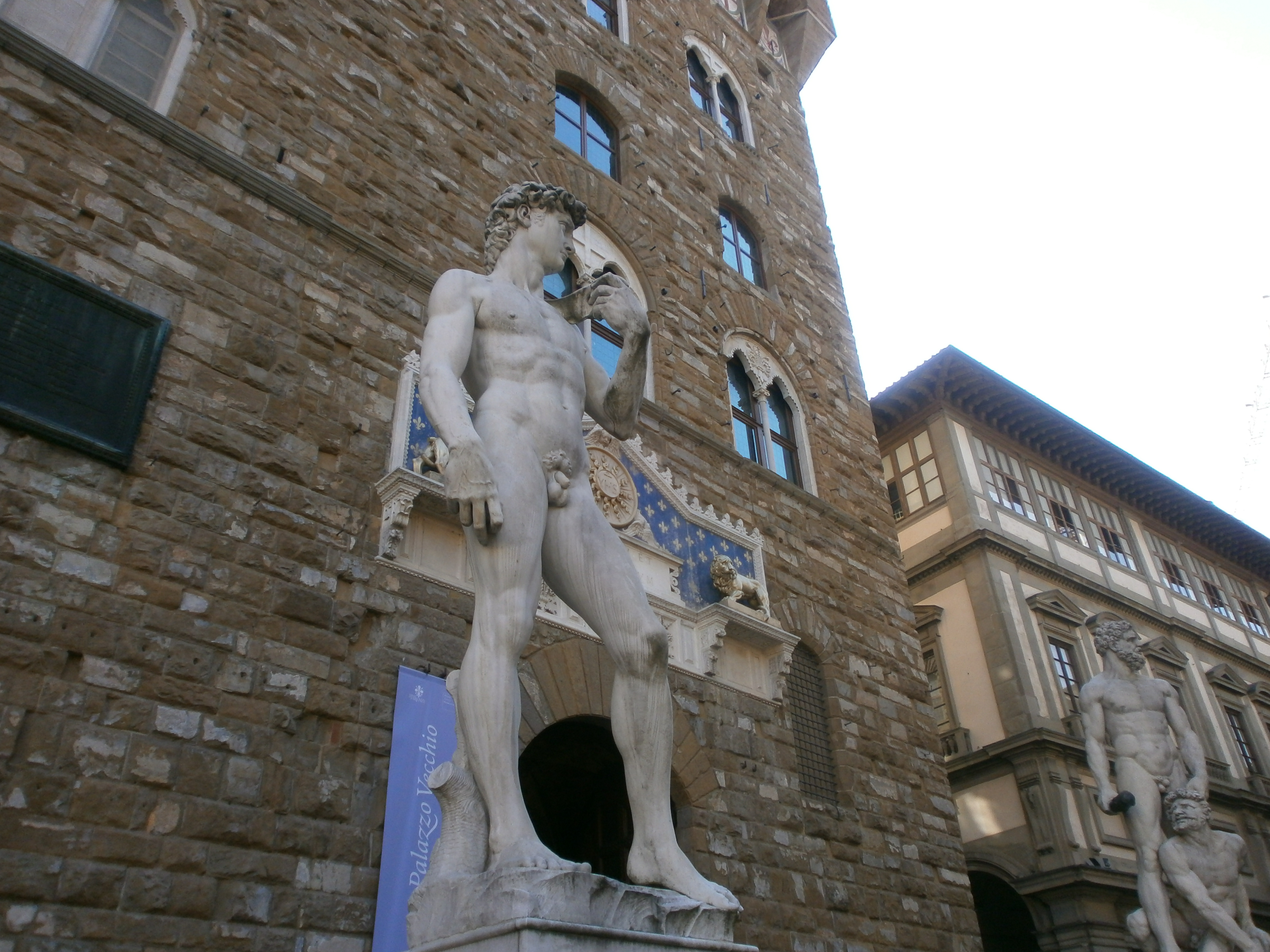 late Gothic structure, which contains Giambologna’s The Rape of the Sabine Women Cellini’s Perseus with the Head of Medusa, and beautiful sculptures such as a copy of Michelangelo’s David , the equestrian statue of Cosimo I of the Medici
late Gothic structure, which contains Giambologna’s The Rape of the Sabine Women Cellini’s Perseus with the Head of Medusa, and beautiful sculptures such as a copy of Michelangelo’s David , the equestrian statue of Cosimo I of the Medici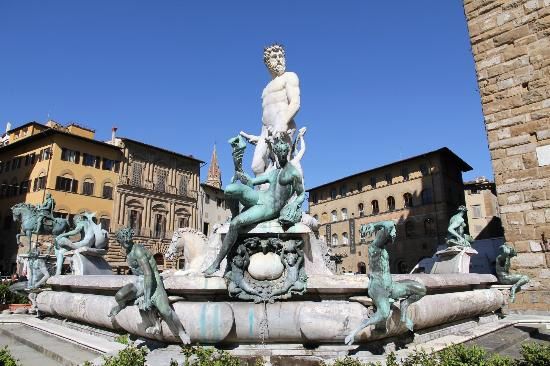 Family and the Fountain of Neptune.
Family and the Fountain of Neptune.
Palazzo Vecchio is Florence Town Hall and was designed by the great architect, Arnolfo di Cambio, in the 13th century. As soon as we enter this beautiful palace we can admire a nice courtyard frescoed by Vasari.
Near the courtyard, there are two flights of stairs leading to the lovely Salone dei Cinquecento decorated by a team of painters chosen by Vasari. A door leads to the amazing Salone dei Duecento, the State Apartments and the Hall of the Lilies, so called because it is decorated with golden “fleurs de lis” on a blue field. In the adjacent clock-room there is the famous Map of the World.
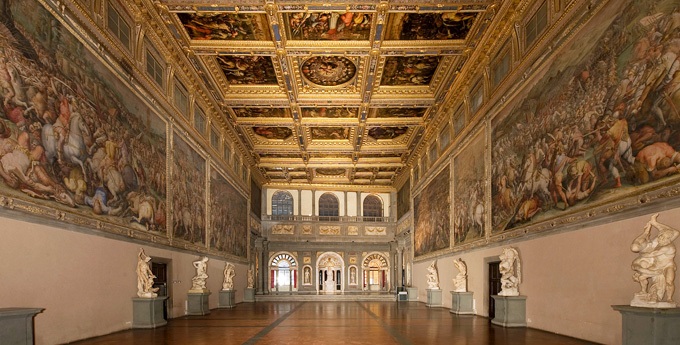 Our walking tour continues towards Ponte Vecchio, the oldest bridge in Florence. Here you can get a splendid view of the River Arno. Nowadays the bridge is lined with expensive shops, goldsmiths, jewellers and silversmiths’ workshops.
Our walking tour continues towards Ponte Vecchio, the oldest bridge in Florence. Here you can get a splendid view of the River Arno. Nowadays the bridge is lined with expensive shops, goldsmiths, jewellers and silversmiths’ workshops.
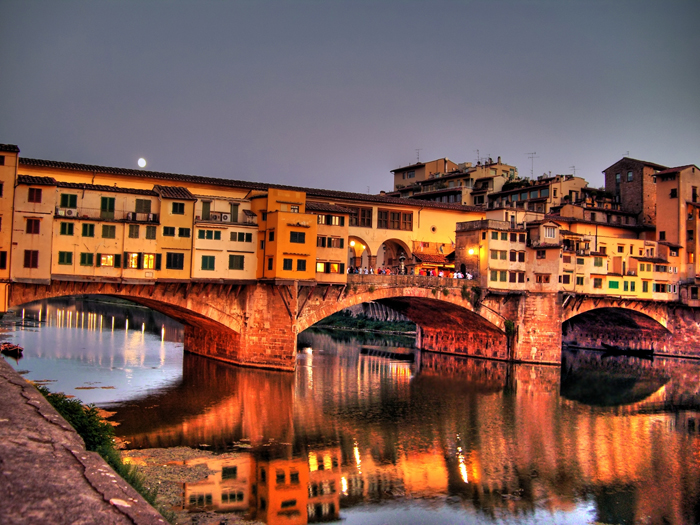
From here it is easy to reach Boboli Gardens and Pitti Palace. The spectacular Boboli Gardens are the largest monumental green area in Florence. It dates back to the 16th century. Here you can walk along the alleys and admire works of art such as Neptune’s Pond with a bronze statue of Neptune, the charming Buontalenti Grotto, and the Oceanus Fountain located in the centre of a small lake called Piazzale dell’Isolotto.
.
After the visit to Boboli Gardens we enter Pitti Palace, one of the most imposing Renaissance palaces in Florence. The palace dates back to the 15th century and was bought by the Medici Family in the 16th century. Cosimo I and his wife Eleonora di Toledo lived here and commissioned Vasari to build the famous Vasari Corridor, a corridor which connects Palazzo Vecchio, their old palace and the seat of Government, with Pitti Palace running through the Uffizi Gallery and above Ponte Vecchio. Inside the palace there are several art galleries such as the Palatine Gallery, the Silverware Museum, the Porcelain Museum and the Modern Art Gallery, containing works of art by Macchiaioli painters and 19th- and 20th-century painters.
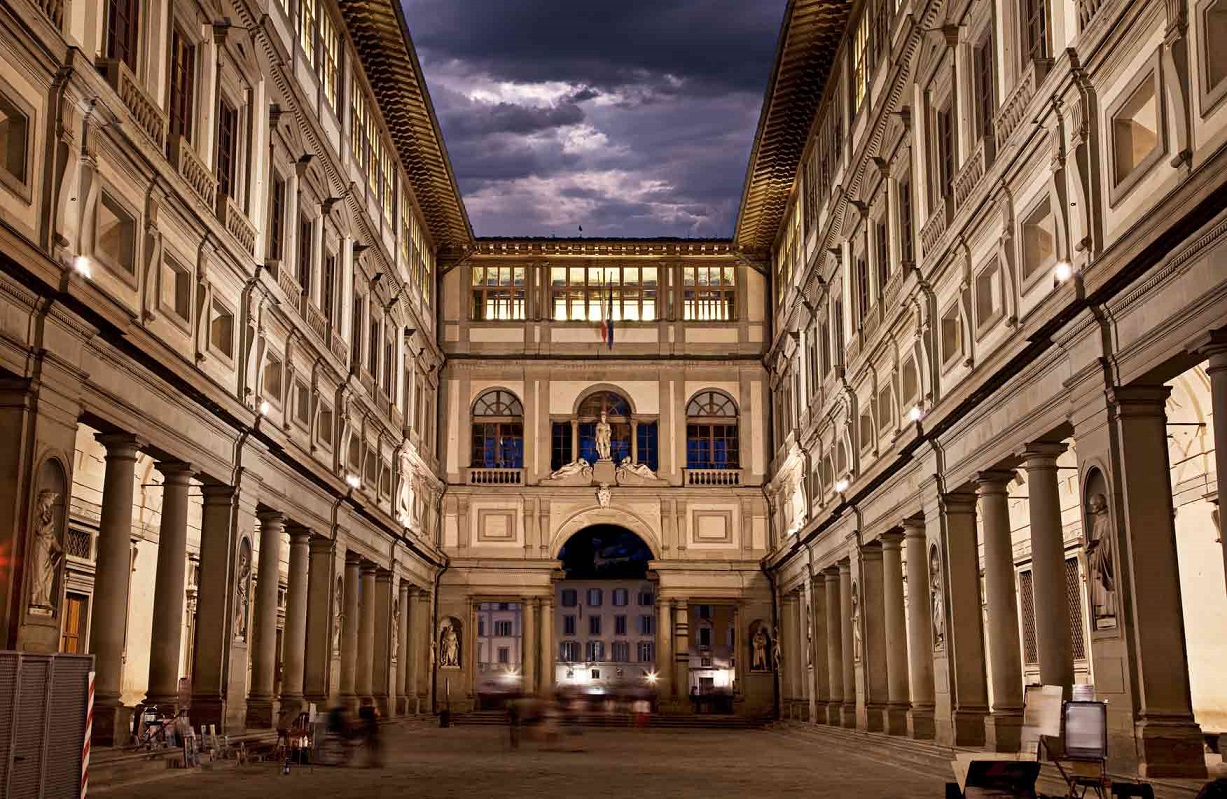
We recommend you have lunch at the lovely All’Antico Vinaio , a typical Tuscan restaurant located in the city centre. There you can taste a large selection of ham, “salumi” (cold cuts) and cheese, “focaccia” and Chianti wine.
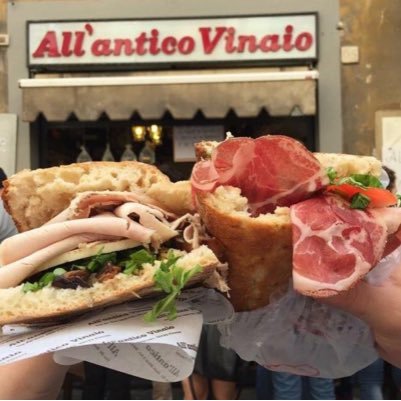
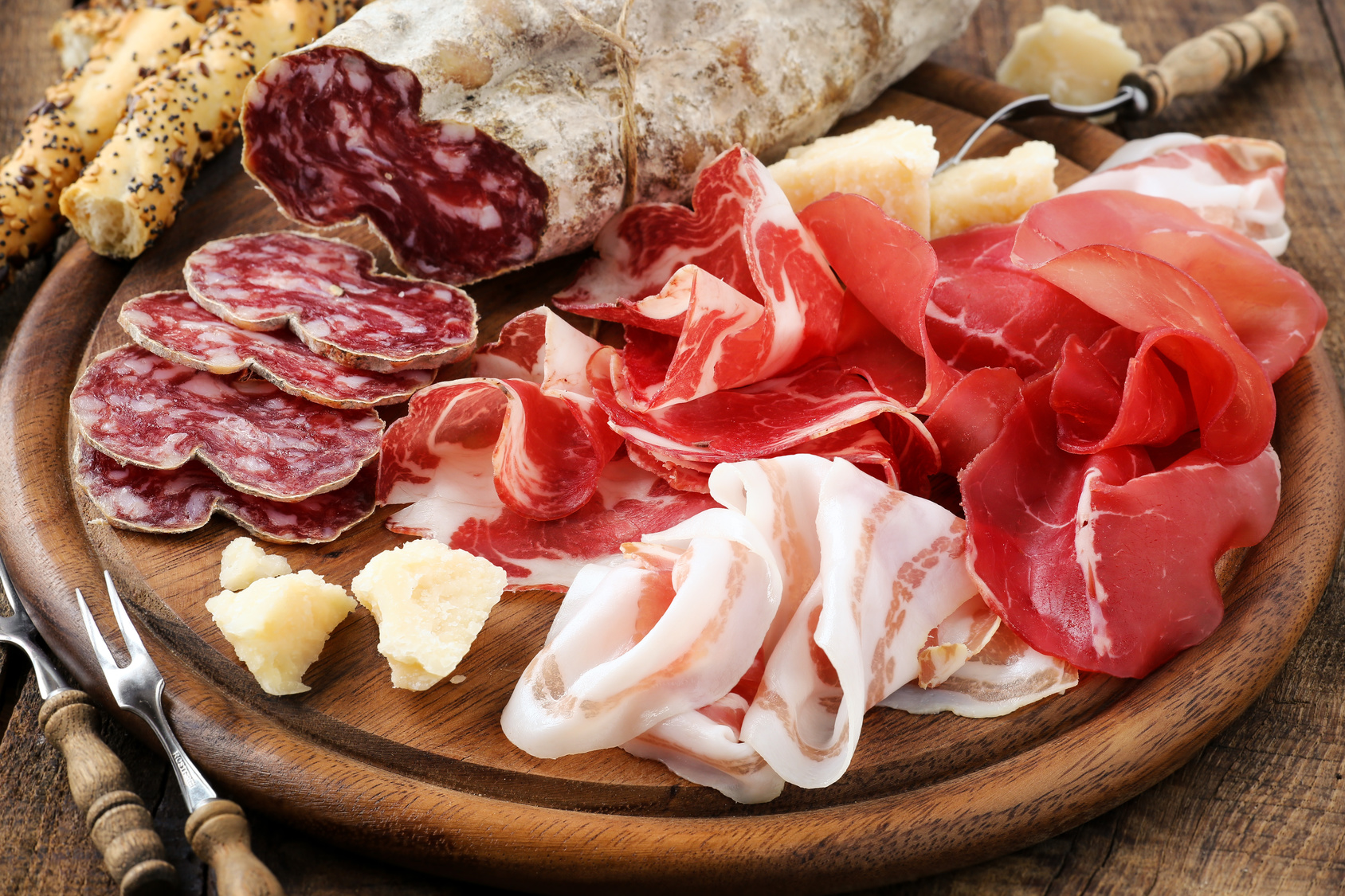
A trip to Florence has to include a visit to the Uffizi Gallery, which is the oldest art gallery in the world and one 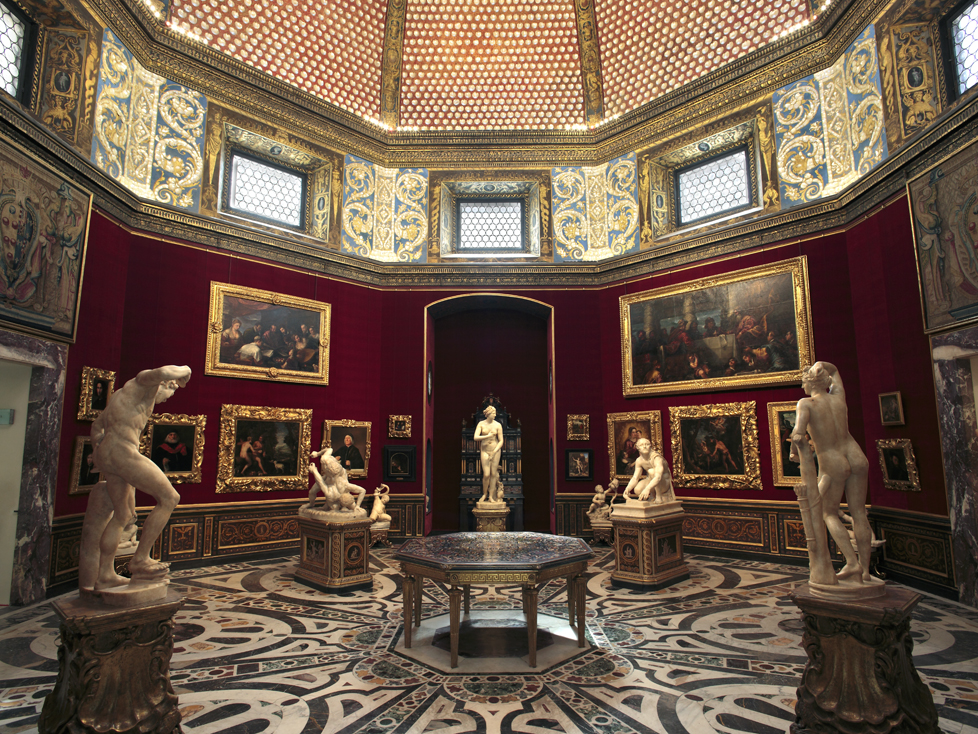 of the greatest in Europe. The Uffizi Gallery was designed by Vasari for Cosimo I of the Medici Family in the 16th century. The gallery has 45 rooms and houses very beautiful works of art by Italian and foreign artists such as Giotto, Cimabue, Masaccio, Raffaello, Rubens, Rembrandt, Michelangelo and Leonardo Da Vinci.
of the greatest in Europe. The Uffizi Gallery was designed by Vasari for Cosimo I of the Medici Family in the 16th century. The gallery has 45 rooms and houses very beautiful works of art by Italian and foreign artists such as Giotto, Cimabue, Masaccio, Raffaello, Rubens, Rembrandt, Michelangelo and Leonardo Da Vinci.
Here we can also admire paintings from the 13th to the 18th centuries such as Botticelli’s Allegory of Spring and The Birth of Venus, Duccio di Buoninsegna’s Maestà, and Giotto’s Madonna in Glory. We visit Rooms 10-14, Botticelli’s Rooms, which were re-opened in 2016. Here you can admire two famous 15th-century masterpieces by Botticelli: The Birth of Venuand The Allegory of Spring, which are two of the most famous works of art in the world.
During our tour we can have an ice-cream at Gelateria Venchi, which is the best ice-cream shop in Florence.From here it is easy to reach the main shopping streets in Florence, such as Via Roma, Via dei 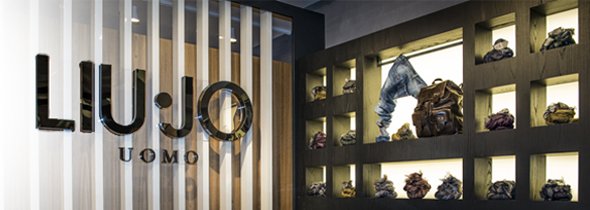 Calziaioli and Via dei Tornabuoni. These streets are lined with Renaissance buildings, cafés, expensive designers’ shops such as “Tiffany & Co.”, “Gucci”, “Ferragamo”, “Prada”, “Guess” and “Liu Jo” and chain shops such as “Coin”, “Zara”, “H&M” and “La Rinascente”.
Calziaioli and Via dei Tornabuoni. These streets are lined with Renaissance buildings, cafés, expensive designers’ shops such as “Tiffany & Co.”, “Gucci”, “Ferragamo”, “Prada”, “Guess” and “Liu Jo” and chain shops such as “Coin”, “Zara”, “H&M” and “La Rinascente”.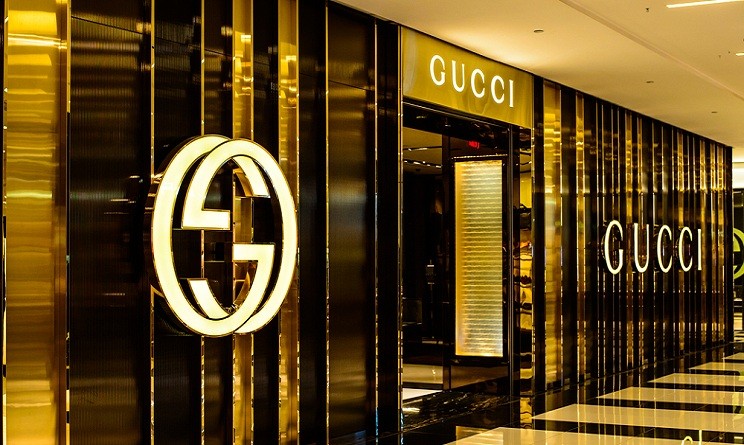
Late in the afternoon we head for Piazzale Michelangelo, an enormous panoramic terrace situated on the hills in the southern part of the city where you can get a breath-taking view of Florence.
We suggest you have dinner at the famous Florence Central Market ,where you can tasty Tuscan delicacies.
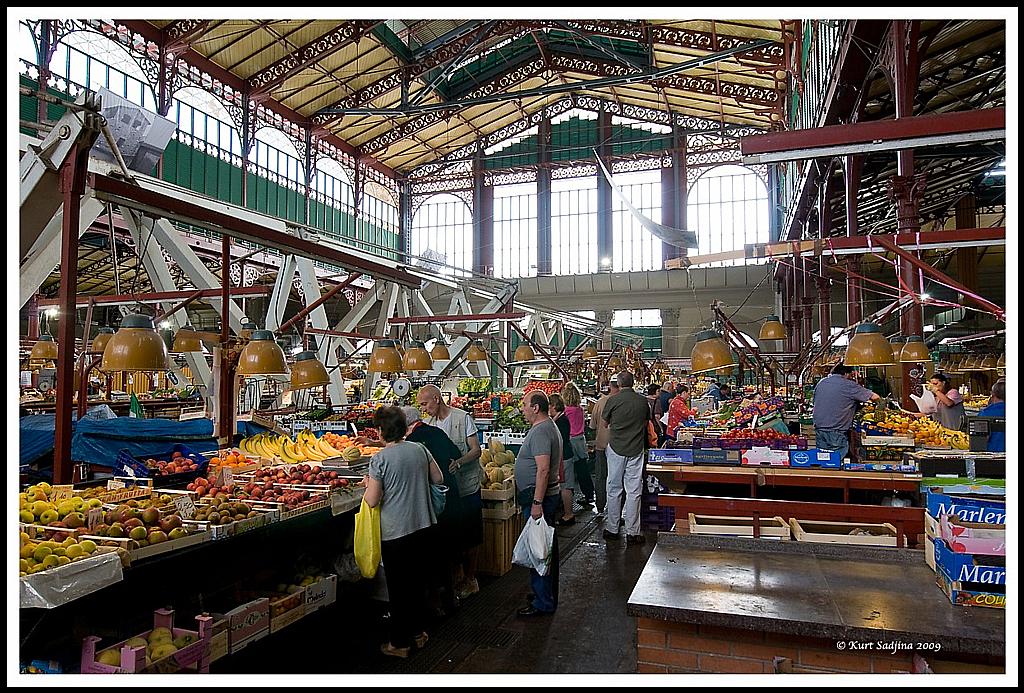
After dinner you can wander through the cobbled streets of the city, sit in a café in Piazza del Duomo or Piazza Della Repubblica, which is home to the historical “Caffé Gilli”, “Caffé Paskoski” and “Caffé delle Giubbe Rosse”, which were meeting places for famous artists and writers in the first decade of the 20th century.
You can also attend one of the main events organized in the city centre in summer. Florence offers a large variety of events in summer such as Calcio Storico Fiorentino, St. John’s the Baptist Fireworks, Renaissance Night, Florence Dance Festival and Fiesole Summer Festival.
These events attract thousands of tourists who love staying outside after sunset and enjoying the starlit Tuscan sky.
Overnight stay at the hostel in San Miniato.
DAY 4 :PONTEDERA & PISA
DAY 4 : PONTEDERA & PISA
After breakfast at Caffè Cantini in Piazza del Popolo, our coach takes us to Pontedera, a small town between San Miniato and Pisa, where we visit the famous Piaggio Museum. The world-famous Vespa Piaggio is produced by the Piaggio Company in this town.
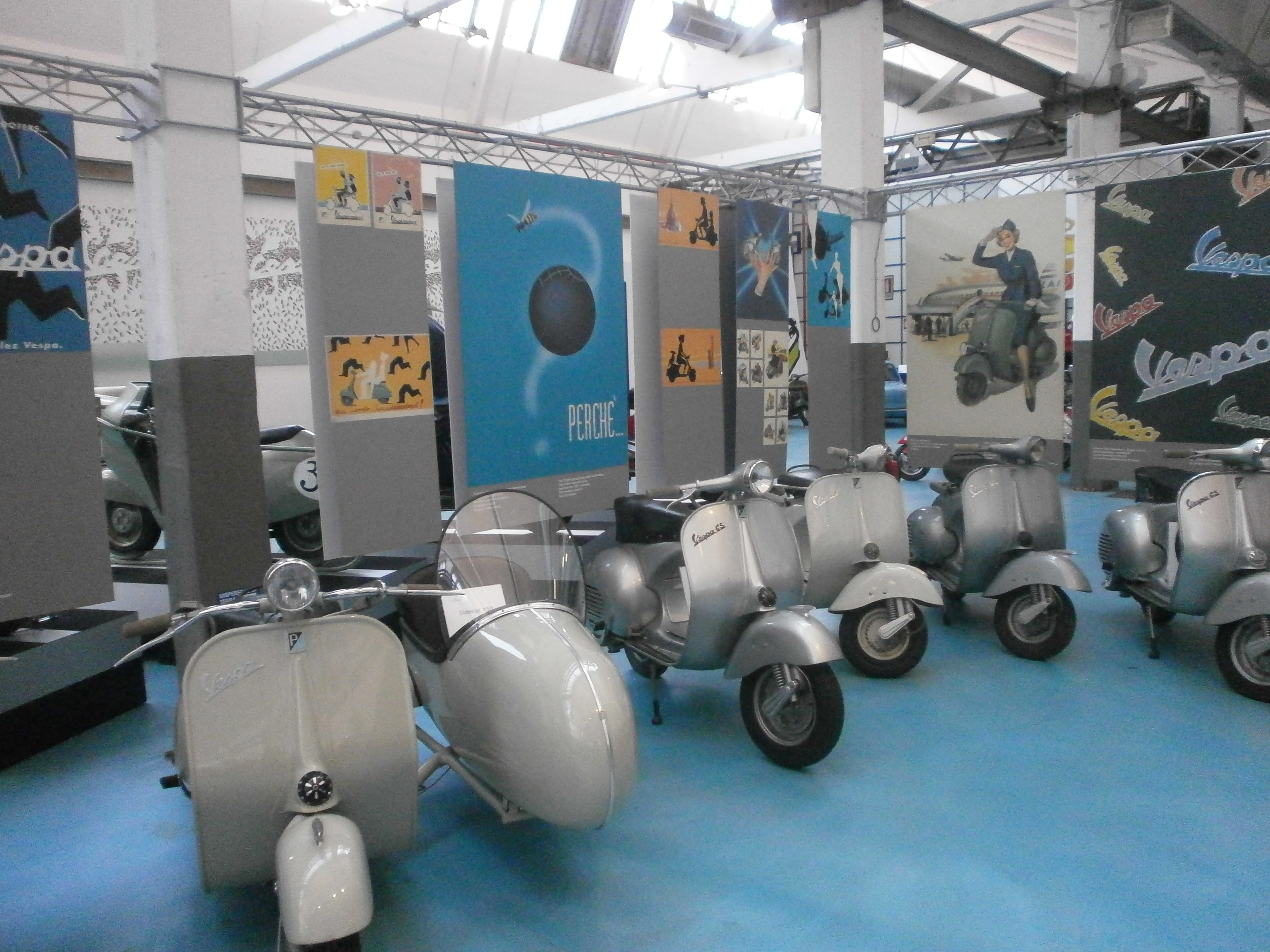
VESPA PIAGGIO
Some people do not know the world-famous Vespa scooter is produced by the Piaggio company, whose premises are located right in the middle of Tuscany, in Pontedera.
The c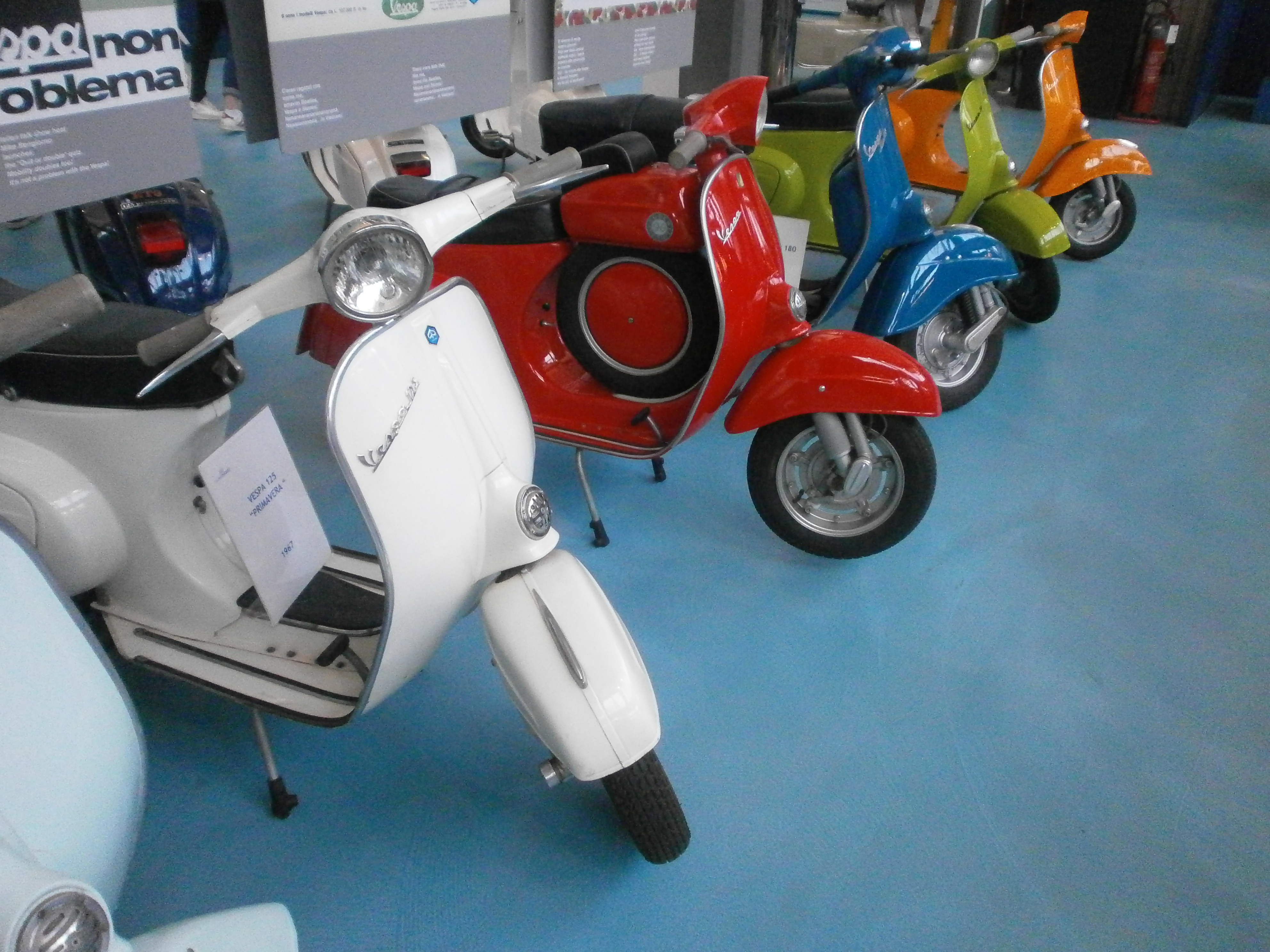 ompany was founded here in the second half of the 19th century, while the museum was opened in March 2000. Since then the museum has welcomed more than 400,000 visitors and today it is one of the most visited industrial museums in Italy. It is located in a part of the historical premises of the company and it was opened to highlight its history and the development of Italian industry, economy and society.
ompany was founded here in the second half of the 19th century, while the museum was opened in March 2000. Since then the museum has welcomed more than 400,000 visitors and today it is one of the most visited industrial museums in Italy. It is located in a part of the historical premises of the company and it was opened to highlight its history and the development of Italian industry, economy and society.
Inside the museum an English-speaking tour guide gives us details about th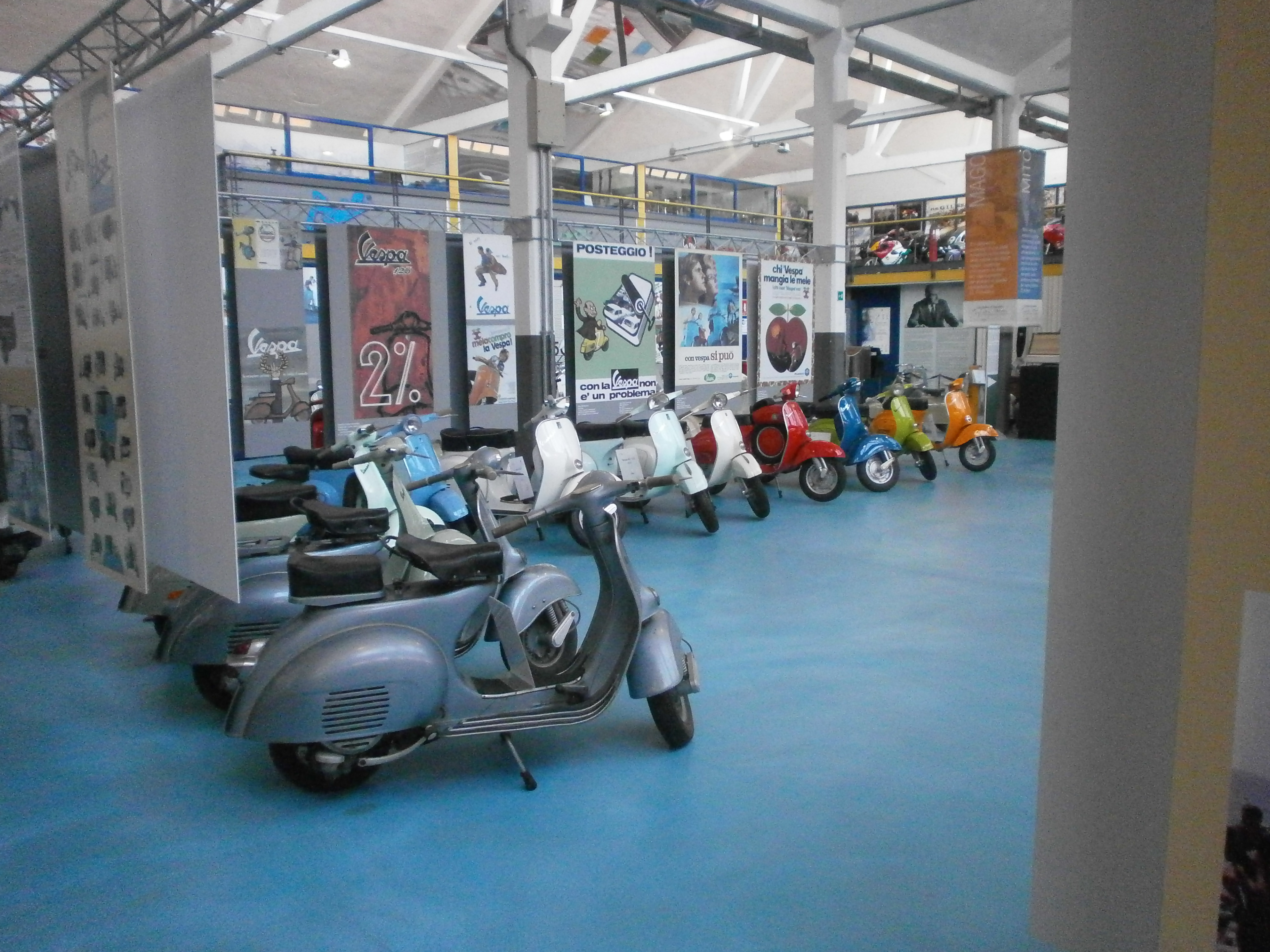 e history of the company and the marvellous Vespa scooters, which are on show there. Our visit lasts an hour.
e history of the company and the marvellous Vespa scooters, which are on show there. Our visit lasts an hour.
We can admire a wide collection of Vespa scooters:
- The 1943 MP5, nicknamed “Paperino”,
- The 1945 MP6,
- The 1946 98cc,
- The 1951 Vespa 125cc, the model used by Audrey Hepburn and Gregory Peck on the set of the film “Roman Holidays”,
- The 1953 Vespa “U” (as in “Utilitaria”),
- The 1955 Vespa GS 150cc,
- The 1963 Vespa 50cc,
- The 1965 90cc Super Sprint,
- The 1967 125cc Primavera,
- The 1976 Vespa 125cc Primavera ET3,
- The 1975 Vespa 200cc Rally,
- The 1977 Vespa PX 125…
At the end of the visit you can browse hundreds of stylish goods of official Vespa merchandise at the museum shop.
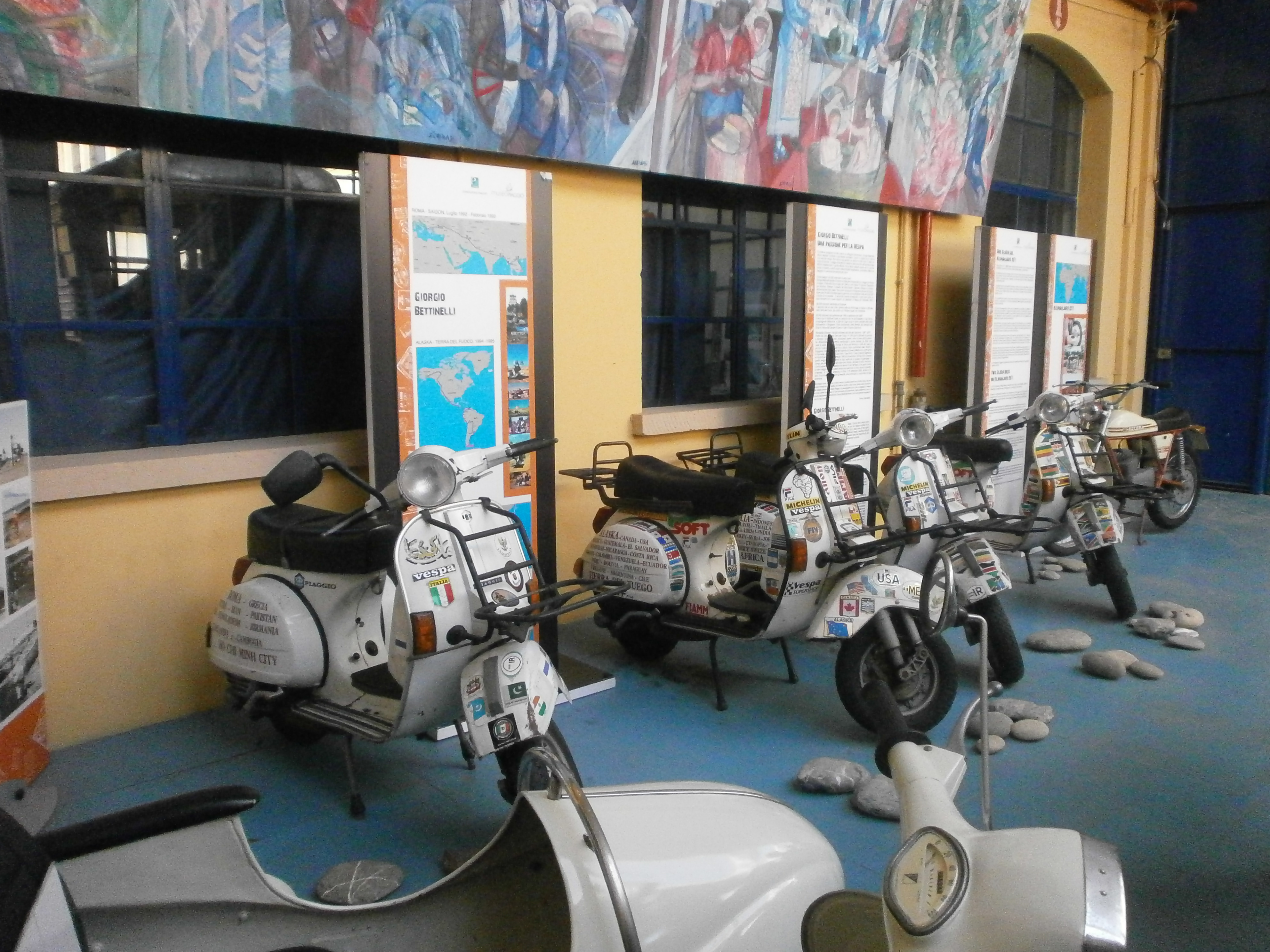
After visiting the museum you can enjoy an aperitif or a cappuccino in Pontedera and have a walk in the town centre for a shopping tour of Italian designers’ clothes, bags and shoes.
We suggest you have a Vespa tour in your free time. A private English-speaking Vespa tour guide will accompany you for the whole tour and will show you the villages and the attractions along the route with a particular focus on the landscape, the local traditions and the historical and agricultural features of the area.
Later we head off to Pisa, which is the capital city of the Province of Pisa. Pisa is known for its Leaning Tower all over the world and contains more than twenty famous churches, several palaces and various bridges across the River Arno.The city is also home to the University of Pisa, which dates back to the 12th century.
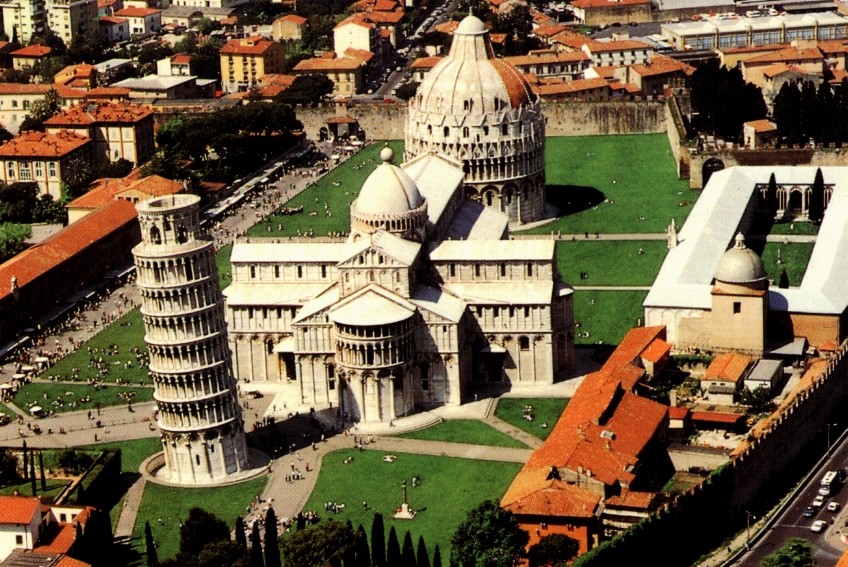
Our walking tour starts with the stunning Pisa Walls, which were built in the 12th century and were restored by the Medici Family when they conquered the city in the 16th century. You can have a walking tour along the City Walls on particular days. From here you can get a breath-taking view of Piazza dei Miracoli and the city.

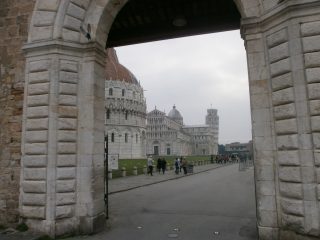
We next head for Piazza dei Miracoli, which a miracle of architectural achievement , and is located in the heart of the city. The name “Piazza dei Miracoli” was created by the Italian writer and poet Gabriele D’Annunzio. Four buildings: the Cathedral, the Leaning Tower, the Baptistery and the Monumental Cemetery form one of the most outstanding architectural complexes in Italy.
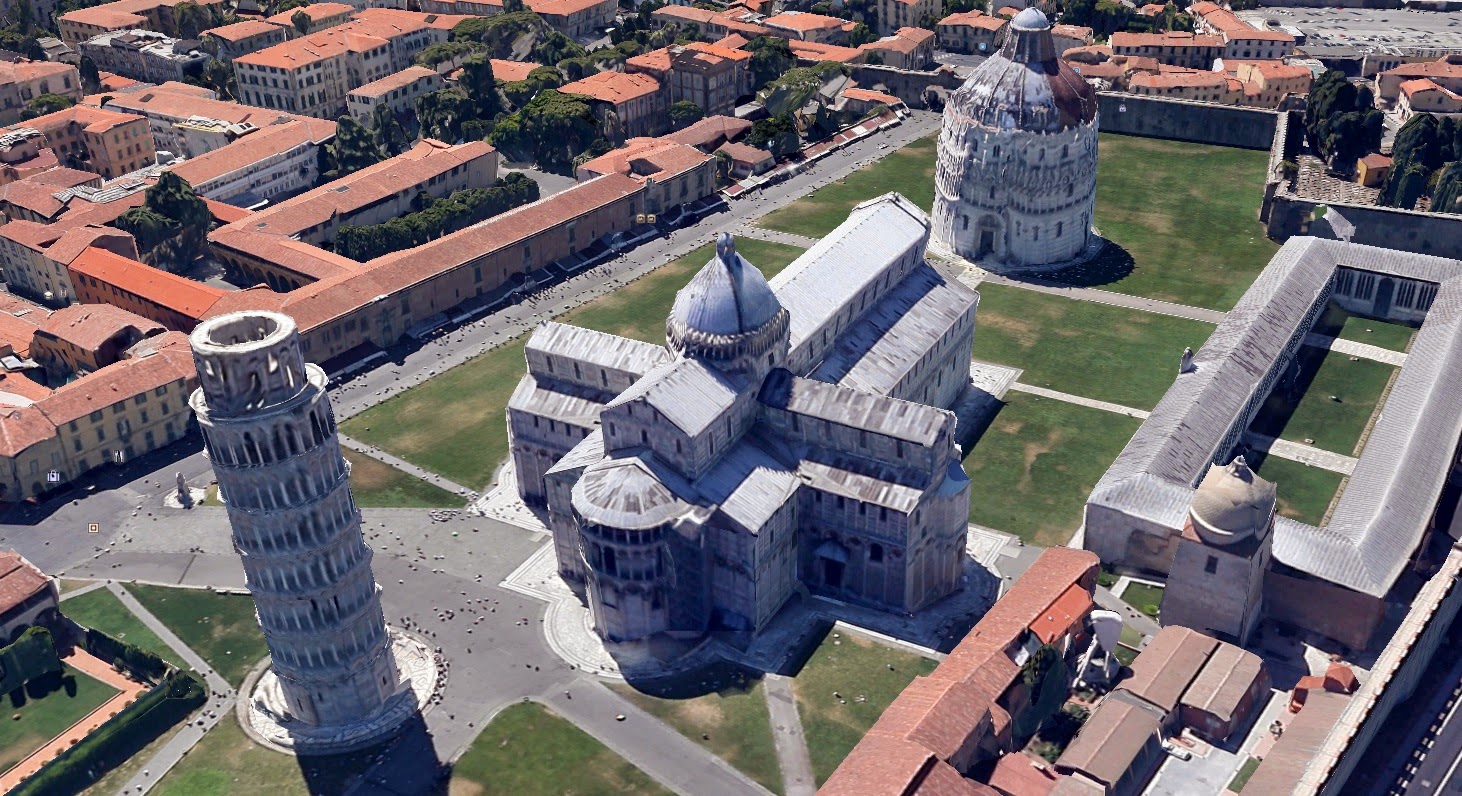
The Baptistery is worth a visit. It is a round Romanesque building. It is the largest baptistery in Italy. The Baptistery has a two-colour scheme similar to other monuments in Pisa and four entrance doors. On top there is the bronze statue of St. John the Baptist dating back to the 15th century.
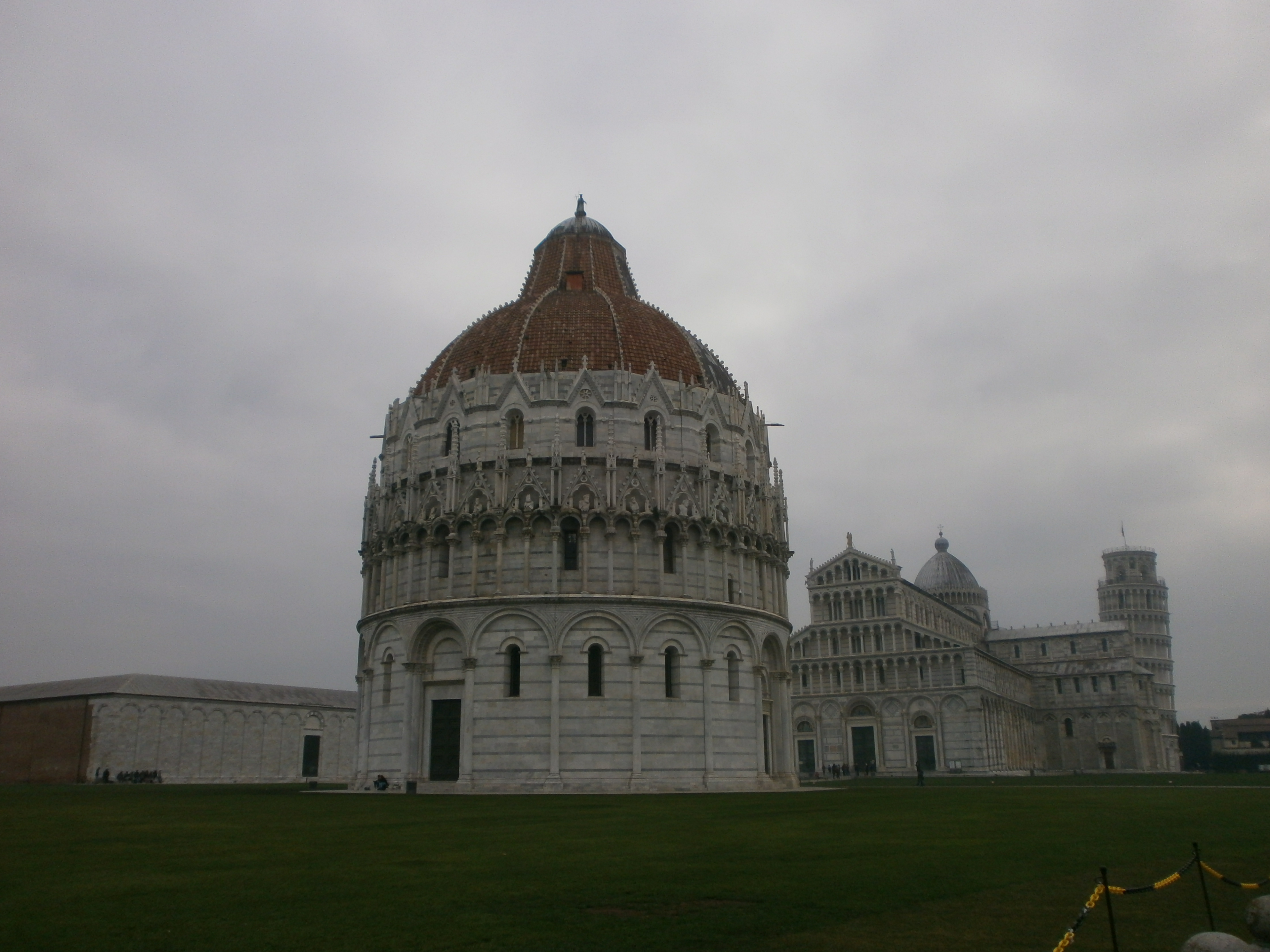
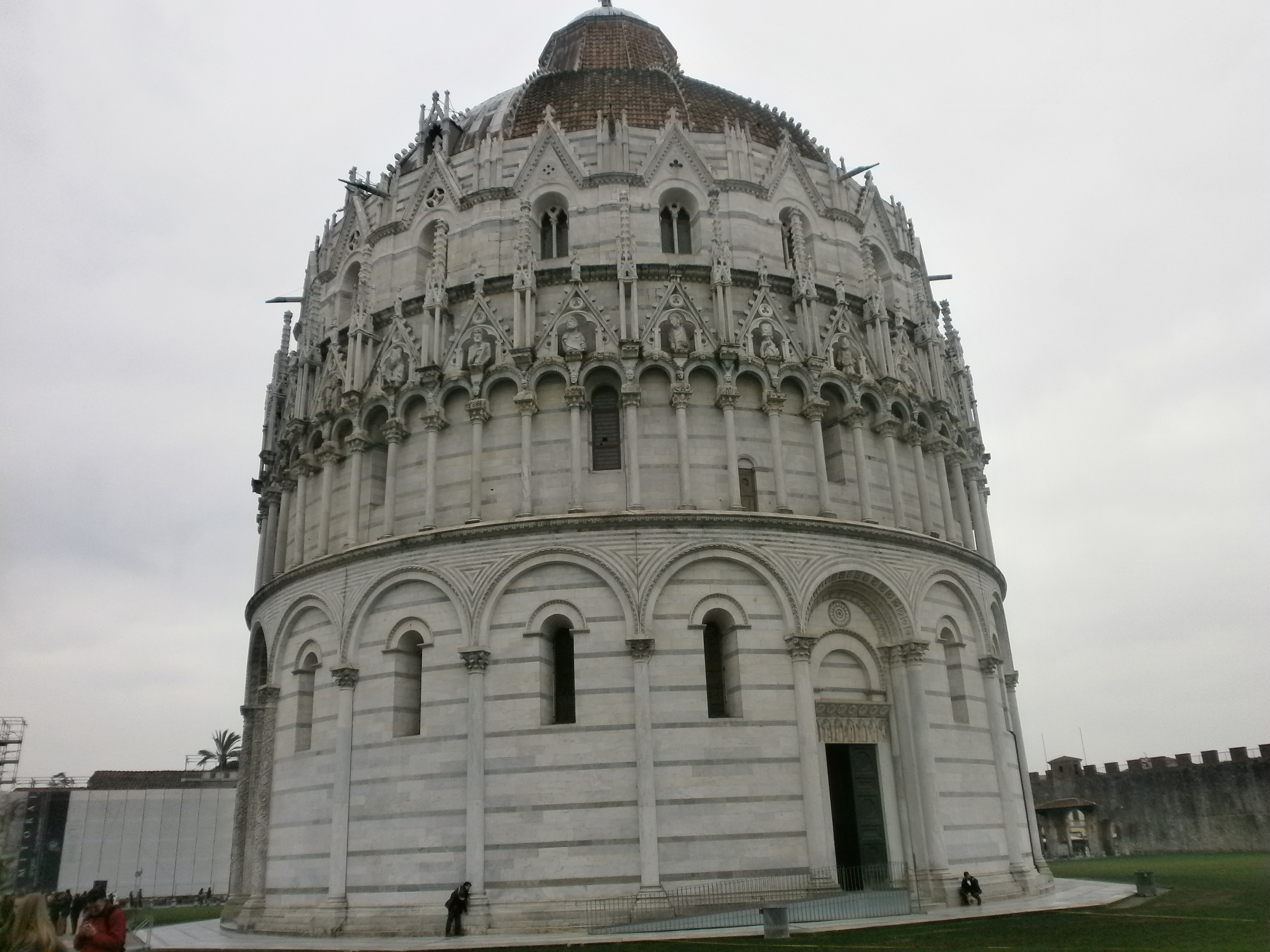
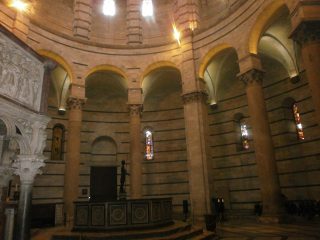
Inside the Baptistery we can admire a magnificent baptismal font and the famous 13th- century pulpit by Nicola Pisano. It is well- known for its perfect acoustics. If you get as close to the centre as possible and you sing a loud note, it will echo in the Baptistery. The Baptistery Guards often demonstrate this breath-taking effect.
We next visit the Cathedral, which is located to the west of the Baptistery. It is a medieval Cathedral, dedicated to Santa Maria Assunta.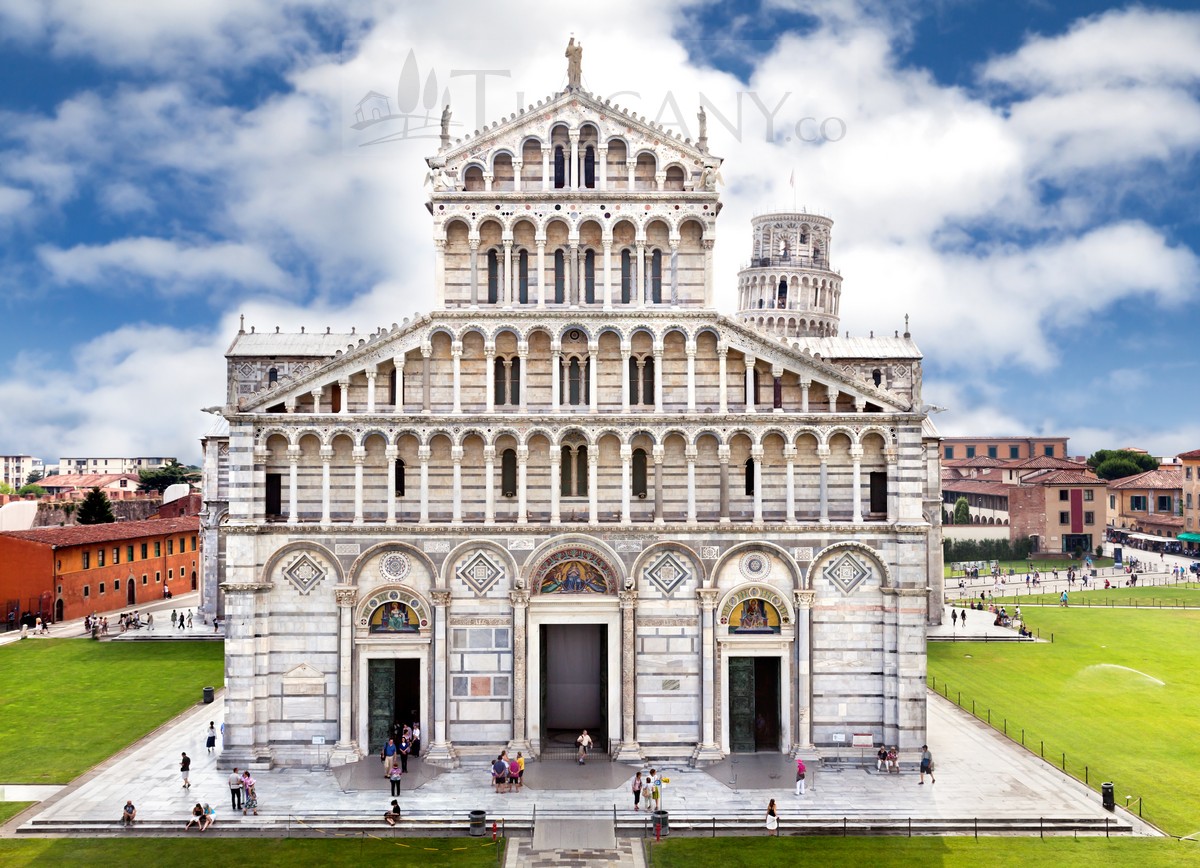
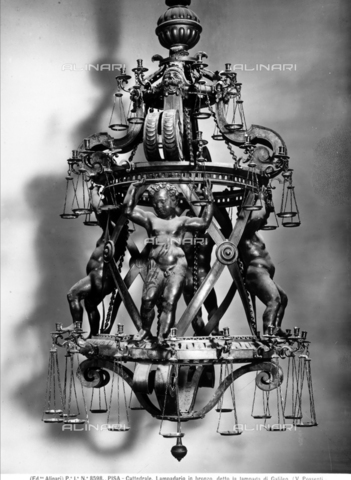 “The life of Christ” is depicted on its bronze doors. Inside the Cathedral there is Nicola Pisano’s pulpit and the tomb of St. Ranieri, the Patron saint of Pisa. We can also admire a 15th-century chandelier known as Galileo’s Lamp. According to the tradition, Galileo figured out the law of pendulum movement by observing it swinging back and forth.
“The life of Christ” is depicted on its bronze doors. Inside the Cathedral there is Nicola Pisano’s pulpit and the tomb of St. Ranieri, the Patron saint of Pisa. We can also admire a 15th-century chandelier known as Galileo’s Lamp. According to the tradition, Galileo figured out the law of pendulum movement by observing it swinging back and forth.
We also pay a visit to the Monumental Cemetery, which is the most beautiful cemetery in the world. The building 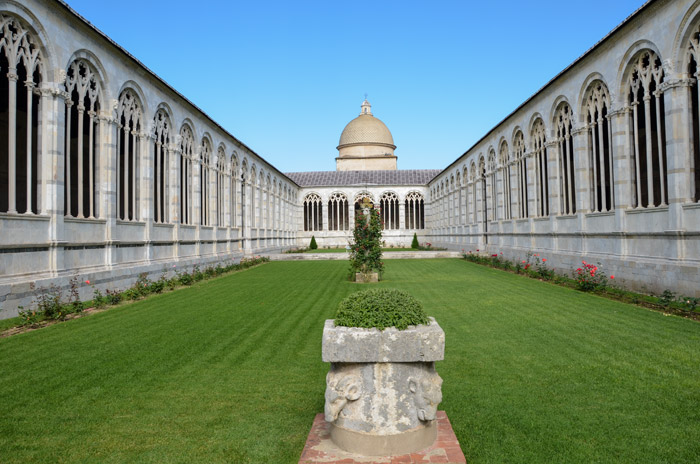 of this huge, rectangular Gothic structure was created in the 13th century by the architect Giovanni di Simone in order to place the tombs of the noble families from Pisa together. The courtyard of the Cemetery, with its lawn and cypress trees, gives people the impression of being in a cloister. It houses Roman sarcophagi and funerary monuments.
of this huge, rectangular Gothic structure was created in the 13th century by the architect Giovanni di Simone in order to place the tombs of the noble families from Pisa together. The courtyard of the Cemetery, with its lawn and cypress trees, gives people the impression of being in a cloister. It houses Roman sarcophagi and funerary monuments.
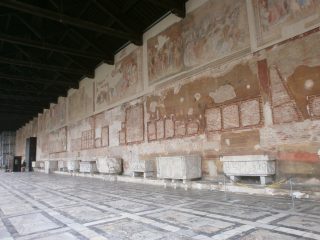
Leaving the Cathedral museum behind us, we head off to the Leaning Tower, which is the bell tower of the Cathedral of Santa Maria Assunta. It is the symbol of Pisa and it is a unique building in the Romanesque Style.It is 56 metres tall and was built between the 12th and 14th centuries. The tower is cylindrical in shape and the interior has a spiral of 294 steps leading to the top.
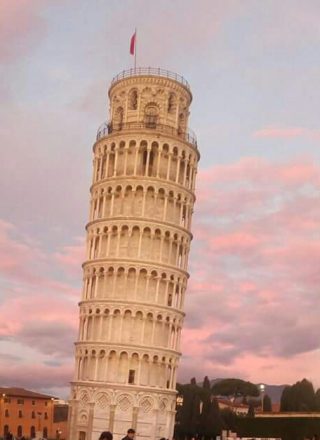 The Leaning Tower is famous even because from its top and thanks to its inclination, Galileo carried out some of his most famous experiments concerning the gravitation of the bodies.
The Leaning Tower is famous even because from its top and thanks to its inclination, Galileo carried out some of his most famous experiments concerning the gravitation of the bodies.
Our tour continues towards Piazza dei Cavalieri, which was a political centre in the Middle Ages. In 1561 it became the headquarters of the order of the knights of St. Stephen. A 16th- century statue of the Grand Duke Cosimo I of the Medici Family stands by the fountain in front of Palazzo Cavalieri. 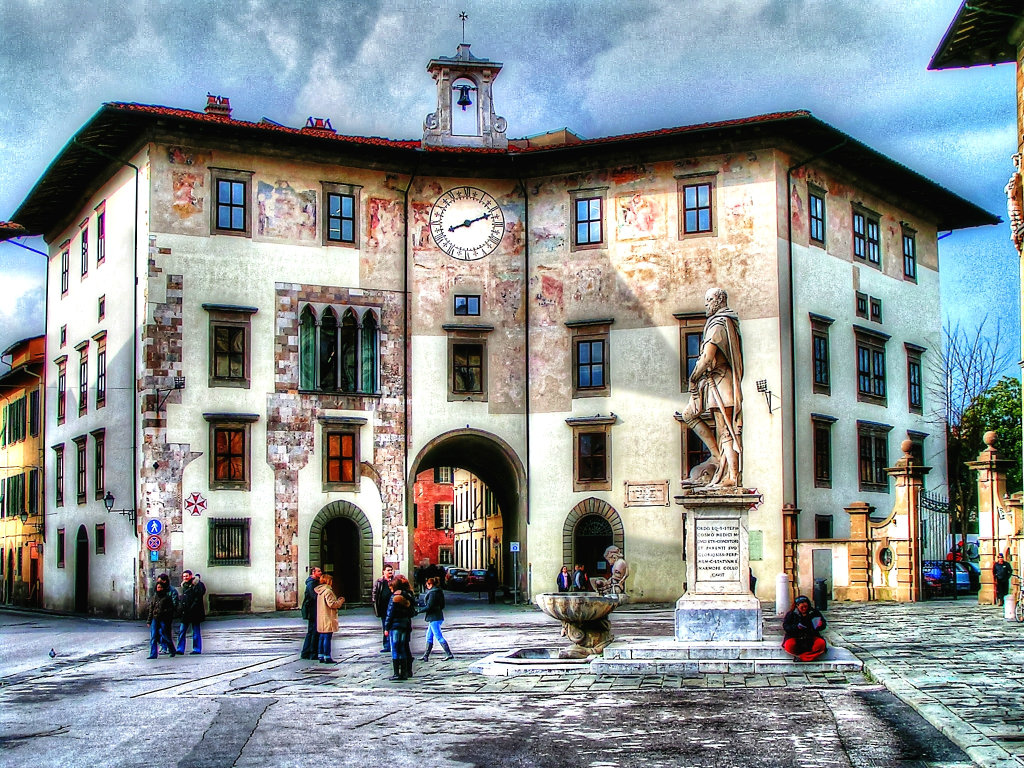
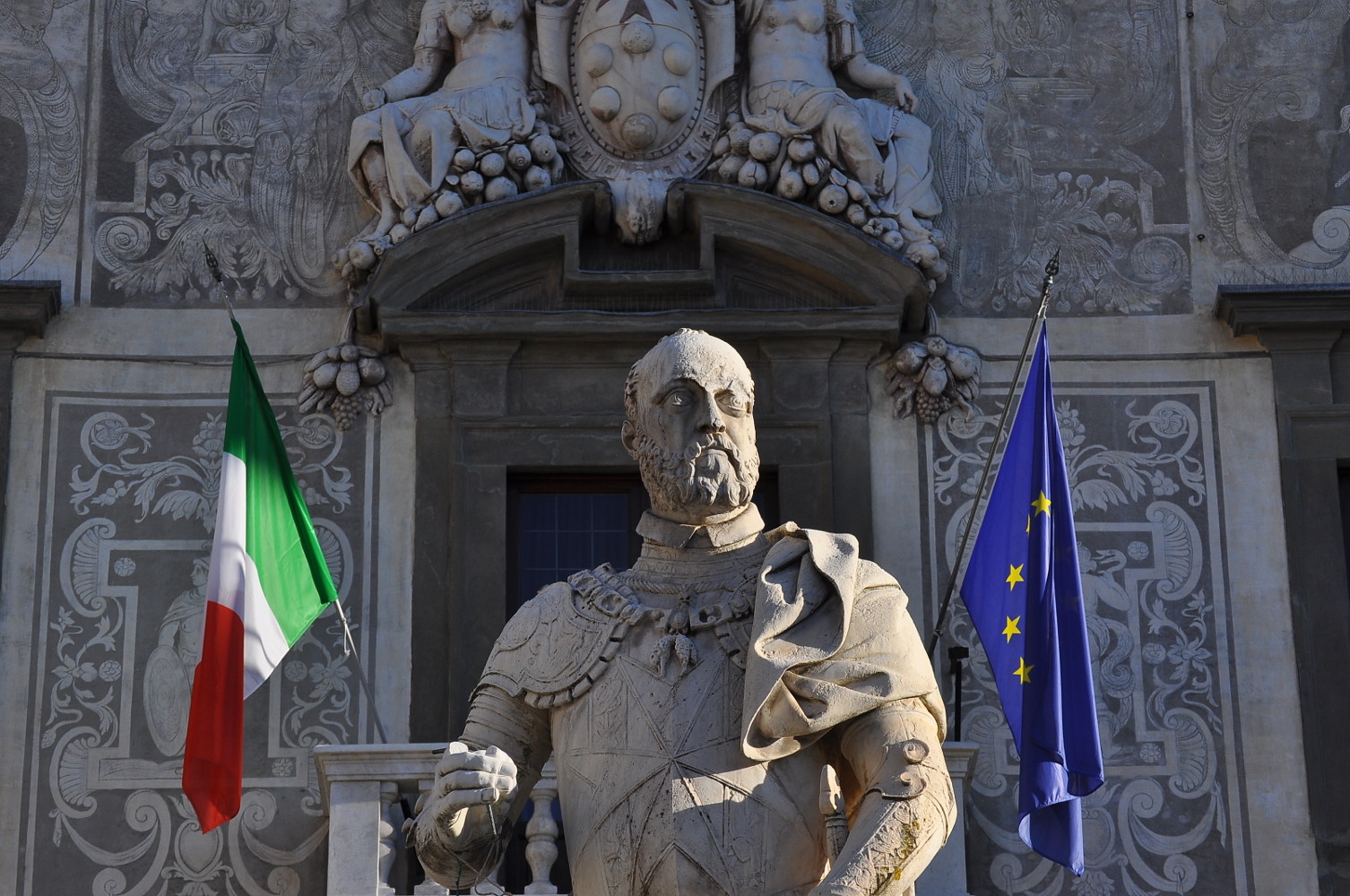
Today the building houses the famous Scuola Normale Superiore, a highly selective university. The palace was built and decorated by Giorgio Vasari for the headquarters of the St. Stephen’s Knights in the 16th century. Next to the palace we can admire the 16th-century Church of Santo Stefano dei Cavalieri.
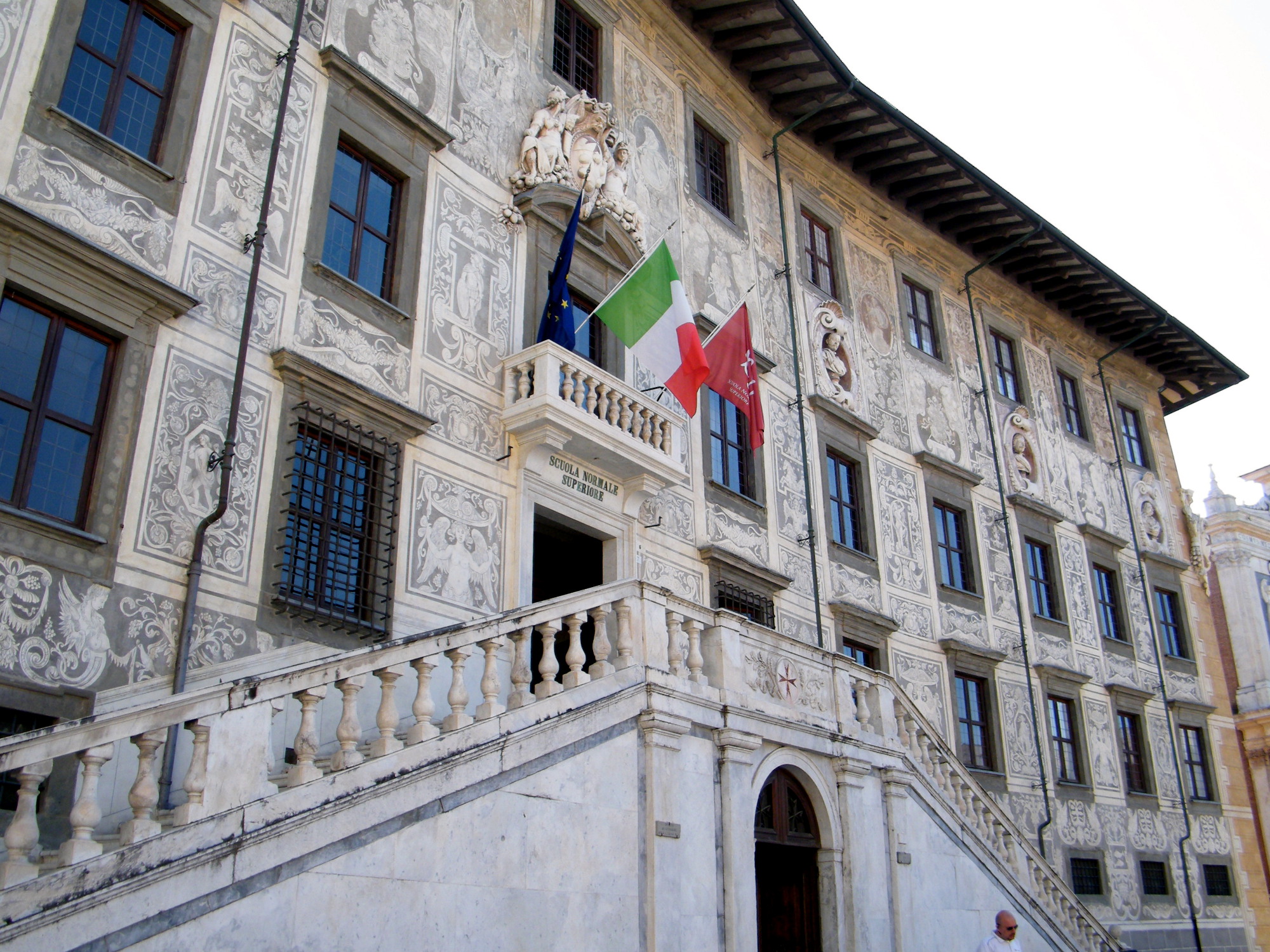
Don’t miss the visit to the Church of Santa Maria della Spina. This tiny building, created in 1323, is a jewel of Gothic architecture. Its name derives from a reliquary containing a thorn from Christ’s Crown of Thorns, once preserved inside.

Du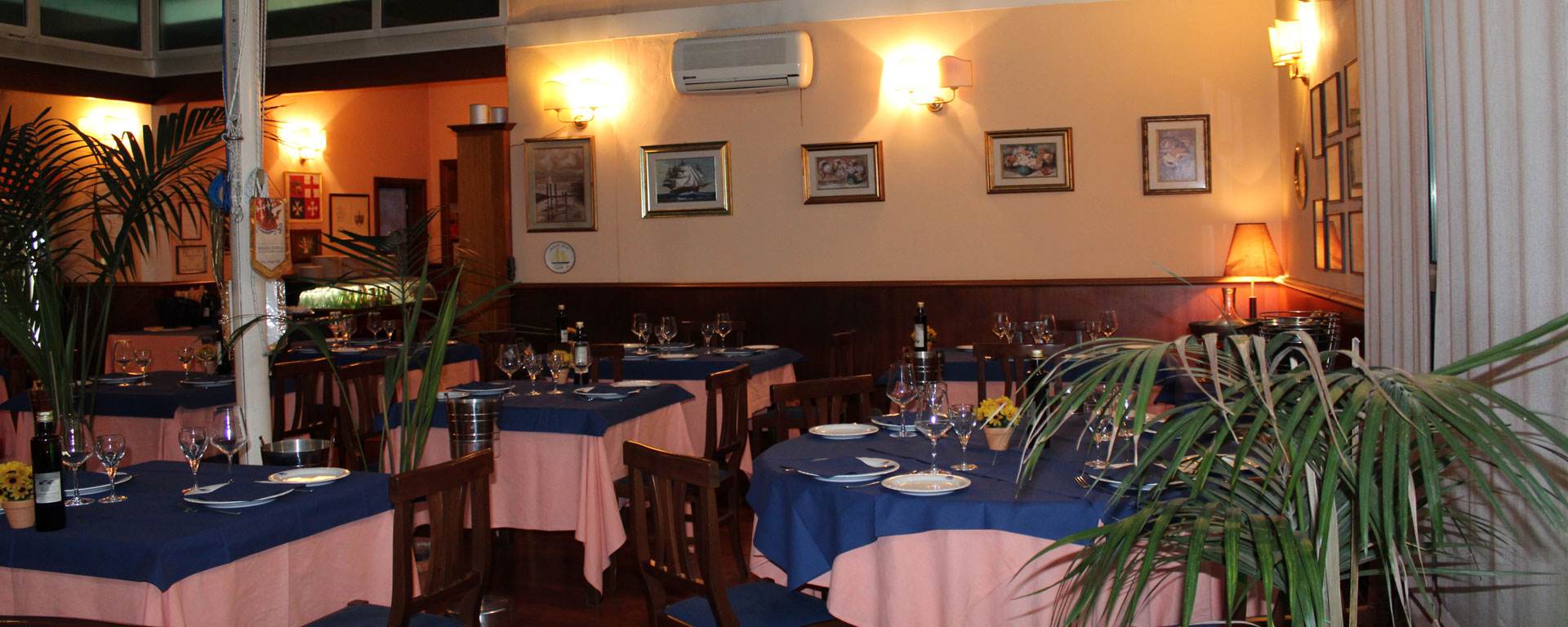 ring our walking tour, we stop at the lovely pizzeria Da Nando for lunch. Here you can taste a large variety
ring our walking tour, we stop at the lovely pizzeria Da Nando for lunch. Here you can taste a large variety
of pizza and “focaccia” with ‘cecina’. Cecina is a typical dish in Pisa and it is prepared with chickpea flour and olive oil.
After lunch, we head to Piazza delle Vettovaglie.
Its name literally means “Supply Square” and every morning it becomes a local market, boasting cafés, wine shops, butchers, fish-sellers, bakeries, and spice shops. At night, it is the heart of the city’s nightlife.
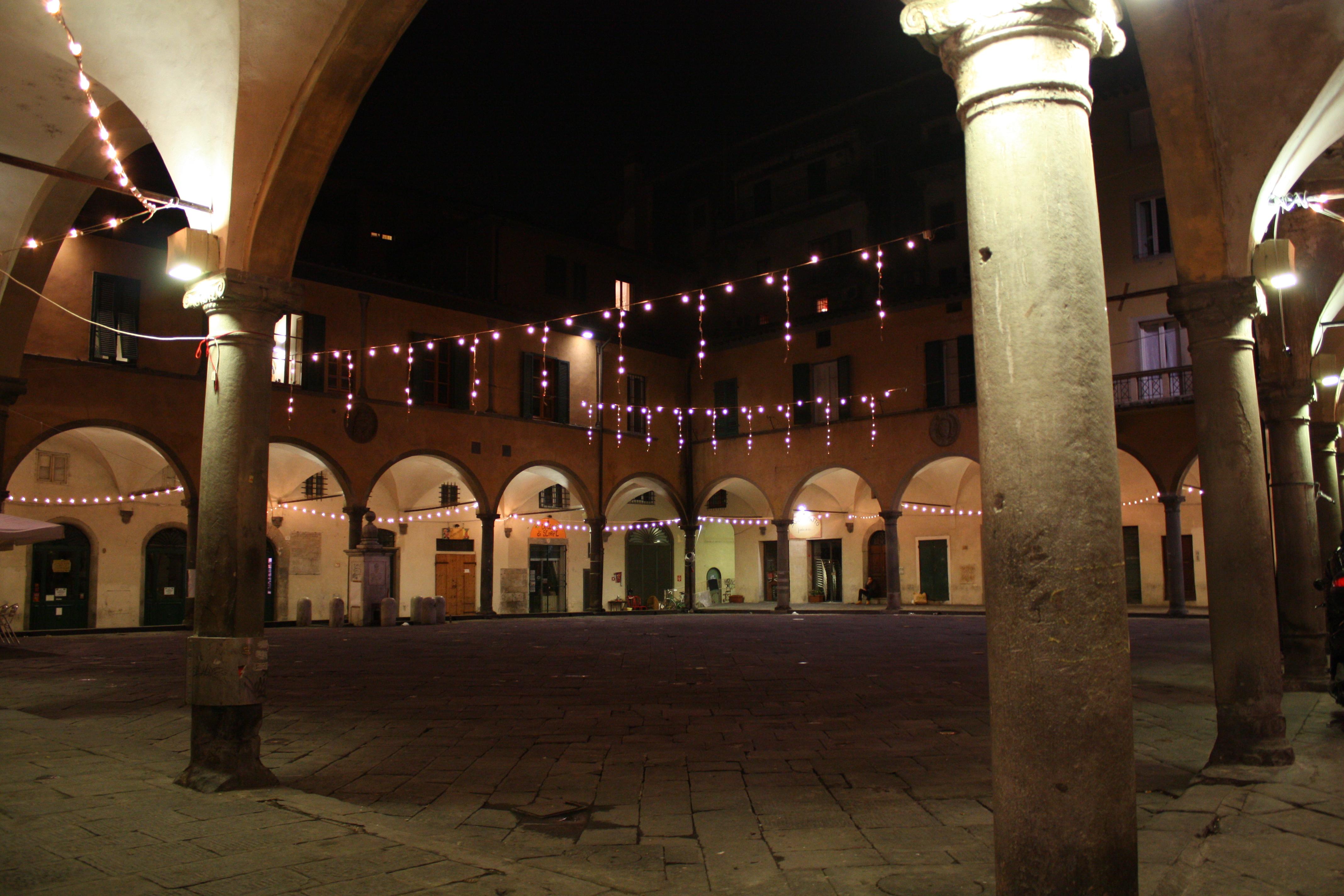
From here it is easy to reach Corso Italia, where we can see Logge dei Banchi, a loggia created by the architect Bernardo Buontalenti. It used to host a market and today it is still used for this purpose, especially at Christmas.
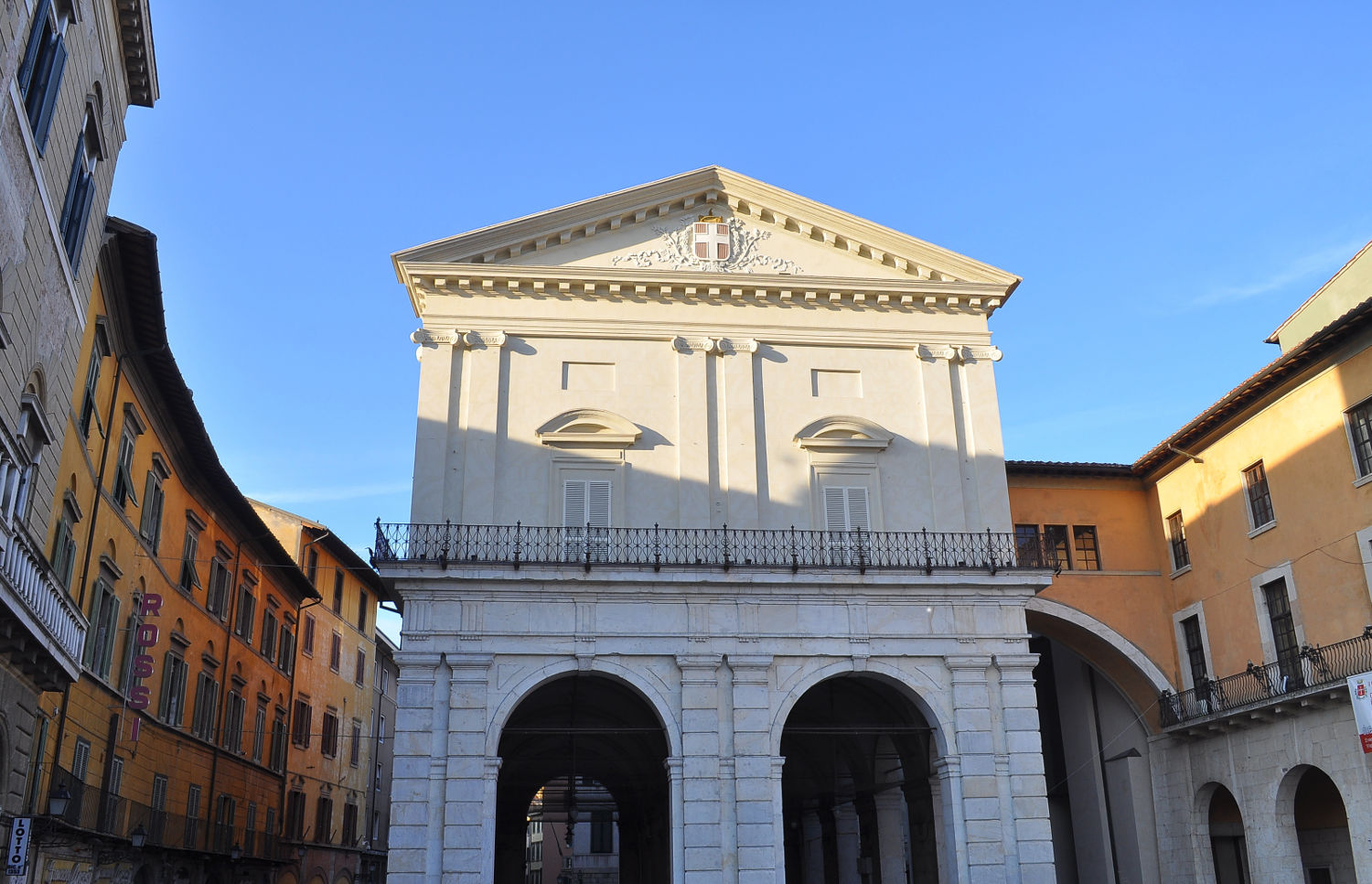
Later we can wander in the city centre. The best shopping streets in Pisa are Corso Italia and Borgo Stretto. Here you can find bookstores, exclusive and elegant shops, boutiques and jewellers’ stores, such as “Guess”, “Liu Jo”, “Kiko”, “Zara”, “Borbonese”, “Feltrinelli”, “Les Copains”, “Sisley”, hotels, restaurants and cafés such as the famous “Salza”, where you can have delicious cakes and sandwiches.
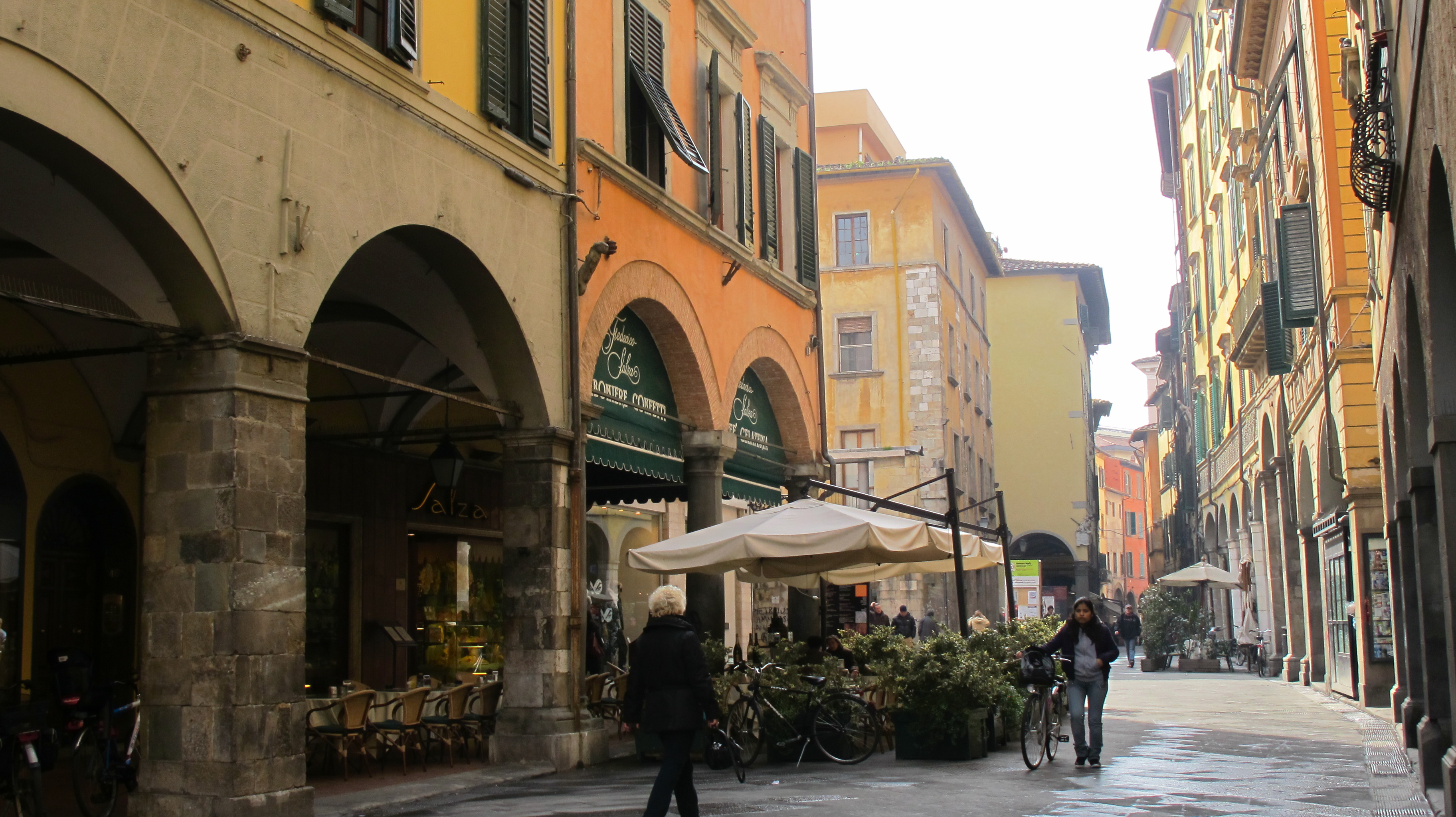
In your free time you can walk till Sant’Antonio Square, where you will discover one of Pisa hidden jewels, Keith Haring’s mural called Tuttomondo.
If you love nature, we suggest you go to San Rossore Park, which is an amazing place immersed in nature located near Pisa .
.
Our walking tour ends with dinner in a nice restaurant, Osteria Il Fantasma dell’Opera, where you can taste a typical menu:
PRELUDE –Parmisan and speck muffin along with a selection of local cheese.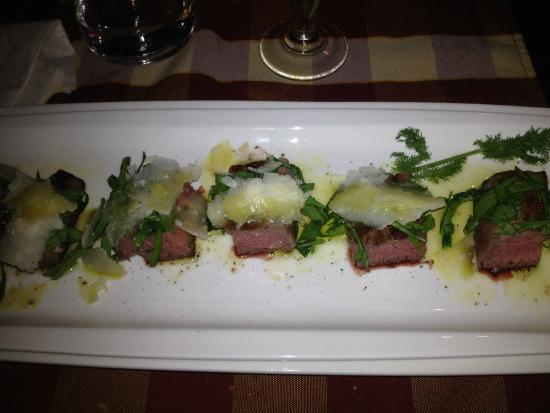
FIRST ACT – Tagliatelle with “Fantasma” sauce.
SECOND ACT – Black Angus “Tagliata” with Parmisan and rocket salad.
We suggest you attend a cooking course while you are in Tuscany.
After dinner you can wander through the cobbled streets of the city and sit in a pub or a café’ or attend one of the events which are held in the city centre.

In summer Pisa offers a large variety of events, such as Luminara, Regatta and Battle of The Bridge .
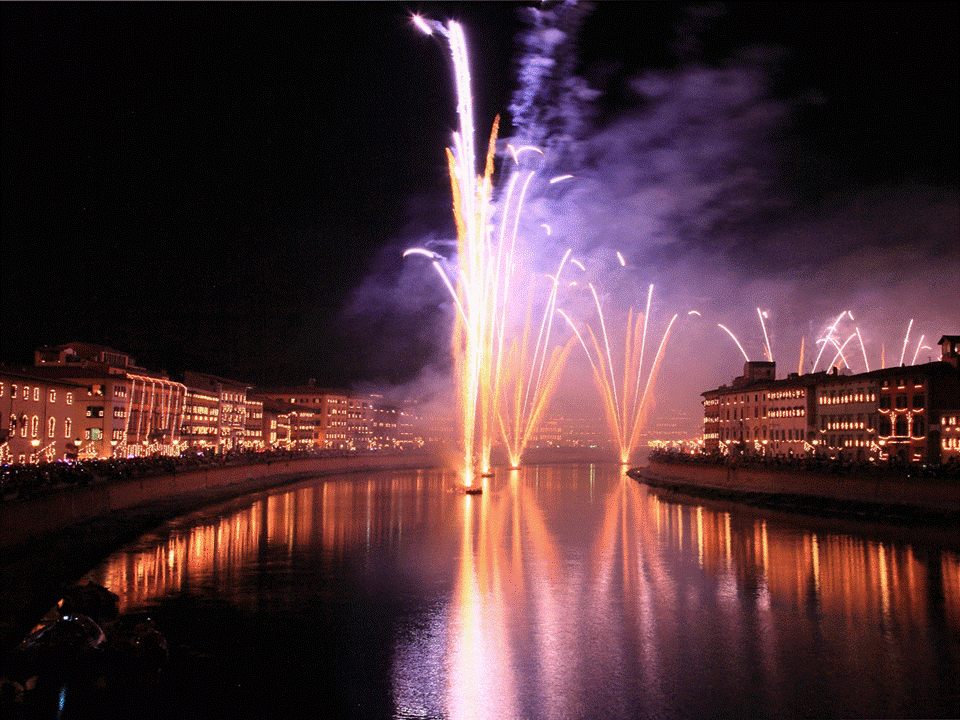
Don’t miss walk in Piazza dei Miracoli at night. It is really impressive! It is quiet and lit by fantastic light purple lights. It is the perfect place to take amazing photos!!
If you come to Italy in summer ,you can go to Lajatico , Andrea Bocelli ‘s birthplace and attend the famous singer’s concert in the spectacular Teatro del Silenzio. If you come to Italy in summer ,you can go to Lajatico , Andrea Bocelli ‘s birthplace and attend the famous singer’s concert in the spectacular Teatro del Silenzio.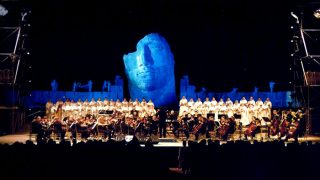
Our coach will take you to San Miniato. Overnight stay at San Miniato Hostel .
DAY 5: SAN GIMIGNANO & SIENA
DAY 5: SAN GIMIGNANO & SIENA
Today we head for San Gimignano,which is a small medieval town in the Province of Siena, in Tuscany. It rises on top of a hill (344 metres tall) dominating the Elsa Valley and it is a famous tourist town, whose unique collection of towers and winding lanes makes it a charming destination for tourists. Its historic centre is a UNESCO World Heritage Site. The town is also known for its white wine called Vernaccia di San Gimignano.
San Gimignano was founded by the Etruscans in the 3rd century. In the 10th century it adopted the name of the Bishop of Modena, Saint Geminianus, who had defended it from the Huns, led by Attila.x
In the Middle Ages the town increased in wealth due to its position on a trade and pilgrimage route, the famous Via Francigena, which was the most important route connecting Italy to the rest of Europe.
In the 13th century it became a very important producer of saffron, which was exported not only to Genoa, Pisa and Lucca, but also to France and the Low Countries.
Between the 11th and the 13th centuries 72 towers were built, rising above the town’s rooftops to witness San Gimignano’s prosperity. Nowadays there are only fourteen towers in San Gimignano.
Our walking tour begins at the Town Walls. We can pass through San Giovanni’s Gate and walk along Via San Giovanni, a street flanked by old palaces, going up to the centre of the town.
From here it is easy to reach Piazza Della Cisterna. This square has a triangular shape and it is lined with beautiful Medieval buildings and towers. It takes its name from the 13th-century cistern, located in its centre.
Leaving Piazza dell Cisterna behind us, we head off to Piazza Del Duomo, which features the most important buildings and palaces in San Gimignano.
On the left, at the top of a long flight of steps, we can admire the Cathedral of Santa Maria Assunta or Collegiata Church.
It is a Romanesque church, which was built in the 12th century and was enlarged by Giuliano da Maiano in the 15th century. It has a fine brick and stone façade dating back to the 13th century.
Inside the church there are beautiful Sienese and Florentine School frescoes such as the “Last Judgement” by Taddeo di Bartolo, “The Martyrdom of St. Sebastian” by Benozzo Gozzoli, “Episodes from the Old and New Testament” by Bartolo di Fredi and “Stories of Santa Fina” by Ghirlandaio.
At the bottom of the right nave of the Cathedral we can admire The Chapel of Santa Fina, which is a Renaissance masterpiece by Giuliano and Benedetto da Maiano (1468). On the walls there are frescoes depicting “Scenes from the Life of Santa Fina” by Ghirlandaio. Santa Fina, who is the Patron Saint of San Gimignano, is buried under the altar. On the altar there is a tabernacle containing Santa Fina’s relics.
Santa Fina (1238-1253) is celebrated in San Gimignano on 12th March, the anniversary of her death. On that day her relics are carried in procession in order to bless the town.
SAINT FINA
Saint Fina (1238–1253), or Saint Serafina, was an Italian Christian girl who is venerated in the Tuscan town of San Gimignano. Fina dei Ciardi was born in San Gimignano in 1238.She lived in a humble house located in the historic centre of San Gimignano. In 1248, Fina got ill but her deep faith relieved her pain. She refused a bed and chose to lie on a wooden pallet.
According to the legend, during her illness, her father and her mother died. In spite of her misfortune and poverty, she thanked God and expressed the desire her soul might separate from the body in order to meet Jesus Christ.
Fina’s immense devotion was an example for the citizens of San Gimignano, who often visited her. Visitors were surprised to receive words of encouragement from this young girl.
On March 4, 1253, after five years of sickness and pain, Saint Gregory the Great appeared in Fina’s room and predicted that she would die on 12th March. Fina died on that date at the age of 15.
Miracles attributed to Fina are described in stories, paintings, poems and important documents. Her most important miracle is her vision of Saint Gregory, also because she died on Saint Gregory’s day (12 March) as he had predicted.
Many sick people who visited her grave during the following years were cured and some of these became some of Fina’s most fervent devotees.
Saint Fina is celebrated in San Gimignano on two days: on March 12, the anniversary of her death, and on the first Sunday of August, the day on which people commemorate her stopping two plagues that ravaged the town in 1479 and 1631.On both days, her relics are carried in procession in order to bless the town. A traditional fair is held in Piazza del Duomo and Piazza della Cisterna.
Our tour continues with the Town Hall, which stands to the left of the Cathedral. It was built in the 13th century and it is the seat of the Civic Museum and the Art Gallery, so it is one of the most important monuments in San Gimignano.
The Civic Museum is on the top floor and contains beautiful frescoes such as “Maestà” by Lippo Memmi.
The Art Gallery contains a collection of Florentine and Sienese school paintings from the 13th to the 15th centuries including works of art by Filippo Lippi and Benozzo Gozzoli.
On the right-hand side of the Town Hall we can admire the wonderful Torre Grossa (Great Tower), which dates back to the 14th century. It is the tallest tower in town (54 metres tall). From its top you can enjoy a wonderful view of the Tuscan countryside: lovely Tuscan hills with villages, villas and groves of trees.
In Piazza del Duomo we can also see Palazzo del Podesta’, which is located on the opposite side of the Cathedral. It dates back to the 13th century and it is characterized by a stone and brick façade and by a tower called La Rognosa, also known as Torre Del Podesta’. This tower was built in the 13th century and belonged to the Gregori-Oti family. It is almost 52 metres tall and is the second tallest tower in town.
We suggest you have lunch in the famous restaurant, San Martino 26, where you can taste delicious dishes such as a selection of Tuscan “salumi” with chicken liver “crostini”, tomato bruschetta and pecorino cheese, Lasagna with wild boar sauce, mushrooms and potato cream with San Gimignano’s saffron, “ribollita”, and chianina beef fillet or Florentine steak with roast potatoes or spinach.
After lunch you can have an ice cream in the famous ice cream shop, Gelateria Dondoli, in Piazza della Cisterna, where you can taste a wide range of sophisticated flavours such as Crema di Santa Fina (cream with saffron and pine nuts),Champelmo (pink grapefruit and sparkling wine), Dolceamaro (cream with aromatic herbs) and Vernaccia Sorbet. Gelateria Dondoli is the best ice cream shop in the world. The owner has won the two titles at the Ice Cream World Championship.
From here it is easy to reach the beautiful Church of Sant’Agostino, which is a large Romanesque-Gothic church dating back to the late 13th century.
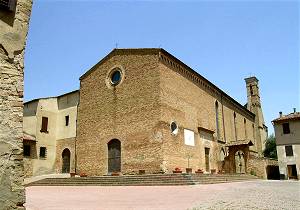 It contains a marble altar by Benedetto da Maiano, important Renaissance works of art, splendid frescoes by Pollaiolo and Ghirlandaio and outstanding frescoes by Benozzo Gozzoli depicting “Episodes in the Life of St. Augustine”.
It contains a marble altar by Benedetto da Maiano, important Renaissance works of art, splendid frescoes by Pollaiolo and Ghirlandaio and outstanding frescoes by Benozzo Gozzoli depicting “Episodes in the Life of St. Augustine”.
Next to the church we can see Sant’ Agostino’s Convent and a cloister.
Our walking tour continues towards the Rocca, a ruined fortress on the highest part of the hill, which was built under the Florentine rule. It is surrounded by parks and olive groves where you can sit and admire the Tuscan landscape.
Near the Rocca there is a small terrace and the famous Wine Museum, which is a tribute to the quality and prestige of “Vernaccia di San Gimignano”.
The Museum, located in Villa della Rocca di Montestaffoli, was designed by the architect Duccio Santini and is run by the “Vernaccia di San Gimignano” Wine Road Association. In the museum there are photos and videos about the origins and history of “Vernaccia di San Gimignano”.
If you are interested in museums, you can also visit the Modern Art Museum, which exhibits works of art from the 19th century to the present day, and the Archaeological Museum, which contains Roman and Etruscan artefacts, funerary urns and Medieval and Renaissance ceramics and glassware.
Later we reach Siena ,which is a famous Medieval city located in the heart of Tuscany. It is one of the most popular and visited places in Tuscany, a place extremely rich in history and art and with strong local traditions such as it famous Palio di Siena, the biggest annual event taking place twice a year in summer in the city.
Our walking tour starts with the 13th-century Cathedral of Santa Maria Assunta, which is one of the greatest cathedrals in Italy with its spectacular mixture of sculptures, paintings and Romanesque-Gothic architecture.
Don’t miss its marble floor with panels by various artists representing scenes from the Old and New Testaments and the Gothic Pulpit by Arnolfo di Cambio and Nicola Pisano. Inside the cathedral the pictorial effect of the black and white marble stripes on the walls and columns is outstanding. The colours of the civic Coat of Arms of Siena are black and white.
The cathedral houses works of art by Donatello, Nicola Pisano, Michelangelo and Pinturicchio.
Next to the Cathedral there is a column with the she-wolf breast feeding Romulus and Remus, symbol of Siena.
Leaving the Cathedral behind us we reach the Baptistery, which serves as its crypt. It is dedicated to St. John the Baptist and was built between 1316 and 1325 and it has a Gothic façade. Inside you can admire the Baptismal font by Jacopo della Quercia, a masterpiece of Tuscan sculpture and frescoes by Renaissance Sienese artists.
Afterwards we continue our tour with the visit to Piazza del Campo with its marvellous Palazzo Pubblico, which is considered one of the finest examples of Gothic architecture, and the breath-taking Torre del Mangia (102 metres tall). Piazza del Campo is one of greatest Medieval squares in Europe.
Palazzo Pubblico was started at the end of the 13th century and it was subsequently completed with the lovely Torre del Mangia. In the past it was the residence of the city’s “Signoria”, and Podestà, and now it is now the seat of the Town Council.
The building houses the Civic Museum, rich in numerous treasures and frescoes such as“the Allegory of the Good and Bad Government” by Lorenzetti, which is the largest secular painting cycle of the Middle Ages, and a political manifesto in which the painter depicts two opposing methods of government along with their consequences.
The spectacular “Sala del Mappamondo”, formerly used as the meeting room for the General Council of the Republic of Siena, is worth a visit. The room takes its name after a rotating map painted by Ambrogio Lorenzetti, which showed the lands governed by the city. It houses Maestà”, a wonderful fresco“ by Simone Martini. Piazza del Campo is still used for the famous Palio, which is one of the most popular Italian events.
During the walking tour we stop at the typical restaurant, Antica Salumeria Salvini, where you can taste typical Tuscan dishes. You can start off with an appetizer of mixed “salami” and “crostini”. Then you can taste “pici”, “ravioli” or “pappardelle alla lepre” as a first course and after that you can choose Chianina steak and “panforte” and some “ricciarelli”.
PALIO DI SIENA
The “Palio” is a horse race, which takes place on 2nd July and on 16th August every year. The “Palio” celebrates the miraculous apparition of the Virgin Mary and is a historical tradition involving the famous “Contrade” (City Wards) of Siena (districts into which the city is divided). Each city ward has its own government, oratory, emblems and colours, official representatives, patron saints, a limited district and a population consisting of all those people born within the topographic limits of the districts. Originally there were about fifty-nine city wards, now there are only seventeen, ten of which participate in each race. The race involves circling Piazza del Campo. Ten horses and riders represent ten of the seventeen city wards. , which are Aquila (Eagle), Bruco (Caterpillar), Chiocciola (Snail), Civetta (Little Owl), Drago (Dragon), Giraffa (Giraffe), Istrice (Crested porcupine), Liocorno (Unicorn), Lupa (Female Wolf), Nicchio (Seashell), Oca (goose), Onda (Wave), Pantera (Black Panther), Selva (Forest), Tartaruga (Tortoise), Torre (Tower) and Valdimontone (literally, “ Valley of the Ram”). The winner is awarded a banner of painted silk, or “palio”, which is newly created by a different artist for each race.A magnificent “Corteo Storico” precedes the race, which attracts visitors and spectators from all over the world. The “Palio” is an unforgettable experience for Italian and foreign tourists.
Choose among the suggested tours and enjoy the
Treasures of Tuscany
on your own!
Tranfer to Pisa Airport for your flight back home.
DAY 6 :VOLTERRA
Volterra is a charming medieval town in the province of Pisa, in Tuscany. From the top of its hill (555 metres above the sea level), we can enjoy a marvellous view: the Gulf of La Spezia, Mount Amiata, the Apennines and Corsica.
The town, which is famous for the extraction and processing of alabaster, preserves a historical centre with Etruscan walls, Roman ruins, Medieval churches and towers and Renaissance buildings.
FOCUS ONHISTORYThe origins of Volterra, called Velathri by the Etruscans and Voleterrae by the Romans, go back to the pre-historic times. The first inhabitants of Volterra were the Etruscans. The Etruscan Age was a flourishing economic period: at that time the economy was based on agricultural activities, the production of alabaster and the exploitation of the mineral resources of the area.In the 3rd century BC,
Volterra surrendered to the Romans.In the 5th century the town became a Bishop’s residence and in the 12h century it became a free city, but its independence did not last long because the powerful Republic of Florence conquered it in 1472. Later Volterra became part of the Grand Duchy of Tuscany and in 1860 it became part of the Kingdom of Italy.
|
Our tour begins at Le Balze, which are a typical feature of Volterra’s landscape.

These natural historic monuments show a part of Tuscany was covered by the sea many centuries ago. In this area, there have been frequent landslides, which have destroyed much of the precious history of the Etruscan Velathri.
Leaving Le Balze behind us we head off to Porta all’Arco, which is part of the Etruscan Walls. It was built in the southern part of the city in the 3rd century BC. Its inner and outer sides have a large arch over four metres wide built in large blocks of “tufa”. Three heads representing Jupiter and other gods or warriors are set in the arch. They are probably symbols of them enemies’ trophy heads.
Our tour continues towards Piazza dei Priori, a square lined with ancient palaces such as Palazzo del Monte Pio, Palazzo Pretorio, Palazzo Incontri, seat of “Cassa di Risparmio di Volterra”, Palazzo Vescovile and La Torre del Podestà.

In this square we can admire Palazzo dei Priori, the most ancient palace in Volterra. It was designed by Maestro Riccardo in the 13th century and today it is the seat of the Town Hall. Its façade is decorated with della Robbia’s “terracotta” coats of arms and two Marzocco lions, symbol of the Florentine rule, the well-known “Canna Volterrana”, the Medieval standard measurement of the Town Hall, and a lovely clock. Palazzo dei Priori houses the magnificent Council Hall containing many works of art such as Donato Mascagni’s “L e Nozze di Cana”.
e Nozze di Cana”.
Leaving this palace behind us we head off to Piazza San Giovanni, where we can admire San Giovanni’s Baptistery, which has an octagonal shape and houses a wonderful holy water stoup, a 15th-century baptismal font and Mino da Fiesole’s altar.
This 13th-century Romanesque building stands opposite the Cathedral of Santa Maria Assunta, which was built in the 12th century on the site of a pre-existing church dedicated to the Holy Mary.
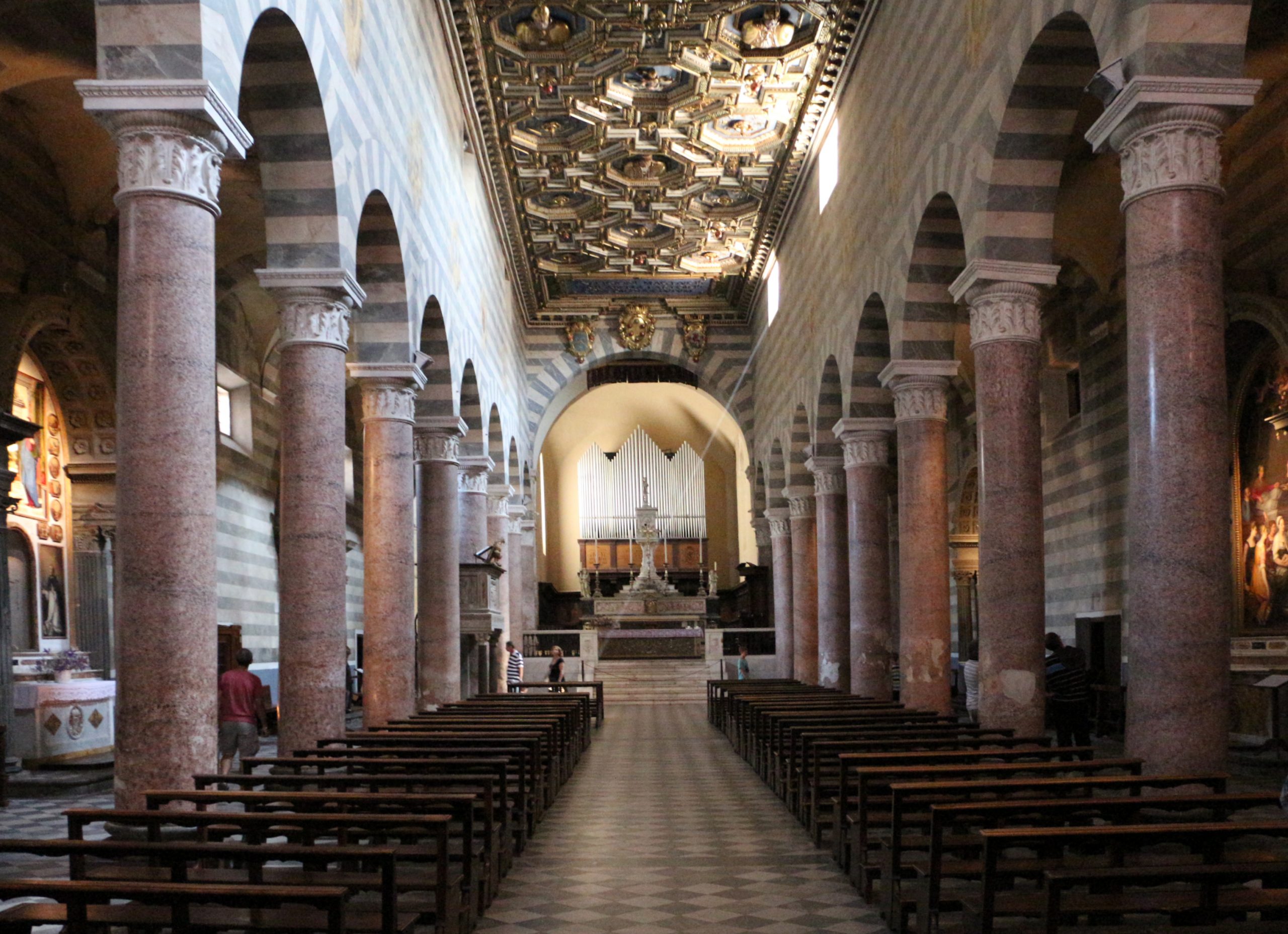 The Cathedral is in the late Renaissance style but it still preserves a Romanesque façade, a Romanesque Latin cross and a nave flanked by two aisles. The columns dividing the nave from the aisles were decorated in stucco by Gianpaolo Rossetti. The church houses many works of art such as Mino da Fiesole’s altar and a 12th-century pulpit. Benozzo Gozzoli’s “Arrival of the Magi” is frescoed on the walls of the Chapel of our “Lady of Sorrow”.
The Cathedral is in the late Renaissance style but it still preserves a Romanesque façade, a Romanesque Latin cross and a nave flanked by two aisles. The columns dividing the nave from the aisles were decorated in stucco by Gianpaolo Rossetti. The church houses many works of art such as Mino da Fiesole’s altar and a 12th-century pulpit. Benozzo Gozzoli’s “Arrival of the Magi” is frescoed on the walls of the Chapel of our “Lady of Sorrow”.
Near the cathedral, we can admire the Sacred Art Museum, which is housed in the Bishop’s Palace. It contains a collection of paintings, sculptures and other works of art such as a bronze crucifix by Gianbologna, Giovanni della Robbia’s bust and a Roman sarcophagus.
Our walking tour continues with Palazzo Minucci-Solaini, one of the most spectacular buildings in Volterra. This palace houses the Civic Museum and the Art Gallery. It was built by the Minucci family in the 16th century and it has a Renaissance façade and a charming courtyard. It contains beautiful works of art by famous artists including Luca Signorelli and Ghirlandaio.
This palace also houses The Alabaster Ecomuseum, which offers an exhibition of alabaster artefacts arranged in a chronological order starting from the Etruscan period to the present day. It also offers the chance to visit an old workshop.
The exhibition illustrates the excavations of alabaster, its qualities, the styles and models used by the sculptors and the story of the alabaster artisans who brought alabaster artefacts all over the world bringing economic wealth to Volterra. The city has an inestimable collection of alabaster sculptures and the Ecomuseum is only a small part of this heritage.
During the walking tour we stop for lunch at the typical restaurant, La Vecchia Lira, where you can taste typical Tuscan dishes. Here you can taste a selection of mixed cold cuts, “polenta”,“pici cacao e pepe”, “ravioli” or “gnocchi” with courgette and prawn sauce as a first course and after that you can choose Chianina steak, wild boar with potatoes and “tiramisu’“.
After lunch, we head for the Roman Theatre, one of the finest Roman theatres in Italy. It was commissioned by two Roman Consuls in the 1st century BC. and in 42 AD. during the reigns of Augustus and Tiberius. A good part of the stage, the “Cavea” and the fine quadrangular portico are fairly well-preserved.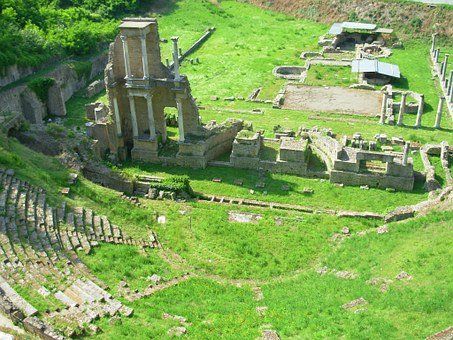 (altro…)
(altro…)
A WALKING TOUR IN VINCI
VINCI
Vinci is located on the slopes of Montalbano, a beautiful range of hills between Florence and Pistoia, in the heart of Tuscany. The city is famous because Leonardo da Vinci, the great artist and scientist, was born there in 1452. It is also famous for its vineyards and olive groves, which produce excellent wine and extra-virgin olive oil.
Vinci was founded by the Etruscans many centuries ago. In the Middle Ages it belonged to the Counts Guidi Family, who built the castle, which still dominates the city. Vinci fell under the Florentine control in the 13th century and later became a free commune. Vinci was decreed a city in 1954, on the 500th anniversary of Leonardo’s birth.
ITINERARY
Our tour starts at the Town Walls and continues towards Leonardo’s Museum.
On the way to the museum we can admire the Church of Santa Croce, which was built in the 13th century. It has a Romanesque façade and it contains the baptismal font, where Leonardo was baptized, an ancient wooden crucifix, Giovanni della Robbia’s “Madonna and Child” and beautiful paintings such as Fra Paolino da Pistoia’s “Annunciation”.
From here it is easy to reach Piazza dei Guidi, where we can see the Counts Guidi Castle and Palazzo Uzielli.
The castle looks like a fortress and contains beautiful frescoes, decorations, wonderful coats of arms and one of the two parts of Leonardo Museum.
It is also known as the Ship Castle, because of its long shape, which recalls the shape of a sailing boat. Behind the castle, in Piazza Guido Masi, there is a large wooden sculpture by Ceroli (1987), an interpretation of Leonardo’s Vitruvian Man.
Leonardo da Vinci Museum is housed in the Counts Guidi Castle and in Palazzo Uzielli.
The museum, which has been enlarged recently. The collection has become richer and richer thanks to the contributions of scholars, donors and public and private bodies.
Leonardo Museum is very famous all over the world, because it contains one of the richest and most original collections of Leonardo’s machines and models. All the machines and models on show in the museum are presented together with detailed references to the artist’s sketches and notes and with interactive software.
The museum is worth a visit. Here we can see Leonardo’s projects aimed at automatizing the cloth manufacturing process, important machines and models invented by Leonardo such as the slewing crane, the helicopter, the flying machine, the tank, the loom, the screw-press for oil, the ventilator, the parachute and the paddle boat, the models of the self-propelling car, and mechanical clocks.The museum also houses Leonardo’s studies of water and river navigation.
From here it easy to reach the Castle Tower, from which we can enjoy a splendid view of the Tuscan landscape: Montalbano hills and small villages. This landscape is very similar to the one depicted by Leonardo in his maps and drawings.
Our walking tour ends in Piazza della Libertà, where we can see the equestrian bronze monument, carried out by the sculptor Nina Akamu. The statue is inspired by the horse Leonardo designed for an equestrian monument commissioned by Ludovico il Moro in honour of his father, the first Duke of Milan, Francesco Sforza
In Vinci there is also the Leonardo Library, which is an important centre for the study of the great artist and scientist, and the Leonardo Da Vinci’s Ideal Museum, dealing with the complexity of the artist related to his biography and territory.
From the old town centre an ancient path with panoramic views, known as the “Green Road”, leads to Leonardo’s birthplace in Anchiano, a small village near Vinci.
The building is a typical 15th-century Tuscan farmhouse, where Leonardo was born on 15th April 1452 and spent his childhood. The house was part of a small-holding owned by the Da Vinci from the end of the 15th century onwards. Inside the house there are some drawings depicting the Tuscan landscape and a map of the Arno Valley drawn by Leonardo.
FOCUS ON
LEONARDO DA VINCI
Leonardo Da Vinci was an Italian Renaissance genius. He was a great painter, sculptor, architect, engineer, mathematician, anatomist, scientist, musician and writer. His innovations in the fields of painting influenced Italian art and his scientific studies in the fields of Anatomy, Optics, Maths and Hydraulics anticipated many of the developments of modern science. Leonardo is considered one of the greatest artists of all times.
Leonardo was born in Vinci on 15 April 1452. His parents were not married. His father, Messer Piero Frusino di Antonio da Vinci, was a lawyer. His mother, Caterina, was a servant. Leonardo’s full name was Leonardo di Ser Piero da Vinci. He spent his first five years in a farmhouse with his mother. Later, he lived in Vinci with his father, his father’s wife, Albiera, his grandparents and his uncle, Francesco.
In 1467, when Leonardo was fourteen, he went to Florence and became an apprentice to the artist Andrea Verrocchio. While he was in Verrocchio’s workshop, Leonardo learnt drawing, painting, sculpting and model making and met famous artists such as Ghirlandaio, Perugino and Botticelli. In 1477 he painted “The Annunciation” and in 1478 he painted “The Adoration of the Magi”, which are on show in the Uffizi Gallery in Florence.
In 1482 Leonardo moved to Milan, where he worked for the Duke of Milan, Ludovico il Moro. He painted “the Virgin of the Rocks”in 1483-1486, which is now in the “Louvre” in Paris and the “Last Supper” in 1495. In this period Leonardo began to explore the human flight, designed a flying machine and worked on the giant equestrian statue of Francesco Sforza.
In 1503 he returned to Florence and he worked for a powerful nobleman, Cesare Borgia, who was Pope Alexander VI’s son. He travelled around Italy, as a military architect and engineer. and painted his most famous portrait, the “Mona Lisa”.
In 1516, Leonardo went to France. King Francis I gave him a beautiful house called “Clos Lucè”, near his palace, “Chateau Amboise”. He died at Clos Lucè on 2 May 1519 and he was buried in the chapel of the “Chateau Amboise”.
Drawings:
Leonardo did not paint many paintings, but he drew hundreds of quick sketches, plans, maps and detailed drawings.
Some of Leonardo’s drawings are “studies” for his paintings. In these drawings Leonardo planned the things he was going to paint. These studies show buildings, hands, faces, plants and horses.
Leonardo did not go to university to study. He studied by observing things in the world around him. He wanted to understand how they were made and how they worked. He drew the things that he saw and discovered and he made notes and he wrote about them in his notebooks. Many of his notebooks are now in museums.
Notebooks:
Leonardo’s notebooks are difficult to read because he wrote backwards in “mirror writing”. Leonardo wrote (and sometimes drew) with his left hand. In those days pens were made from a quill (a large feather) that was cut with a pen-knife. It is hard for a left-handed person to write with a quill in the ordinary way, but it is quite easy to write backwards.
Studies
Leonardo studied:
- The geology of the earth, with its mountains, valleys, rivers and rocks.
- The anatomy of the human body with its skeleton, muscles, veins and internal organs.
- The anatomy of horses, cows, dogs, and bears.
- The expressions on human faces.
- The flight of birds.
- The weather and its phenomena.
- The way that water flows.
- Light, shadows, mirrors and lenses.
- Perspective and the way to make things look near or far.
- The geometry of solid objects. He drew many careful pictures which were used by the mathematician Luca Pacioli in a book called “De Divina Proportione”.
Designs and Inventions
Leonardo’s most important designs and inventions are:
- War Machines.
- Dams and canals for rivers.
- Flying devices such as a helicopter, a parachute and a hang glider.
- Churches and castles.
A WALKING TOUR IN VERSILIA
Versilia is a well-known area of natural and international appeal and a popular holiday destination located on the northern coast of Tuscany, between the Tyrrhenian Sea and the Apuane Alps .The area comprises famous seaside resorts, such as Torre del Lago, Viareggio,Marina di Pietrasanta, Pietrasanta and Forte dei Marmi.
Our coach tour starts in Torre del Lago, a small town located between Viareggio and Lucca. It became famous in the early 1900s due to the presence of the composer, Giacomo Puccini (1858-1924), who was born in Lucca and lived in a lovely villa on the shores of Lake Massaciuccoli. Giacomo Puccini, who is buried in the Chapel of his villa, composed his most famous works, such as “Manon Lescaut “(1891), “La Bohème” (1896), “Tosca” (1900) “Madama Butterfly” (1904),” La Fanciulla del West” (1910),” La Rondine” (1917) and “Il Trittico” (1918) in Torre del Lago.
The house, now known as Puccini Museum, is furnished in Art Nouveau style and contains musical and hunting mementos of the famous composer. Nowadays the house belongs to Simonetta Puccini, Giacomo Puccini’s only descendant.The statue in the small square overlooking the wonderful lake is dedicated to the composer.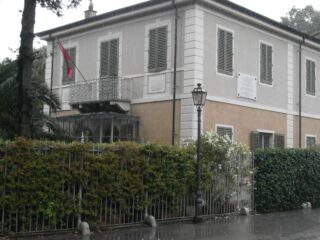
Near the lake there is an open-air theatre where a festival, known as Puccini Festival, is held every summer. The festival hosts some of the most famous opera companies in the world, creating an unforgettable experience in the Tuscan countryside.
Leaving Torre del Lago , we head for Viareggio, a very popular seaside resort in Versilia. The city, situated between the Tyrrhenian Sea and the Apuane Alps, is famous for its fishing port and long, sandy beaches.

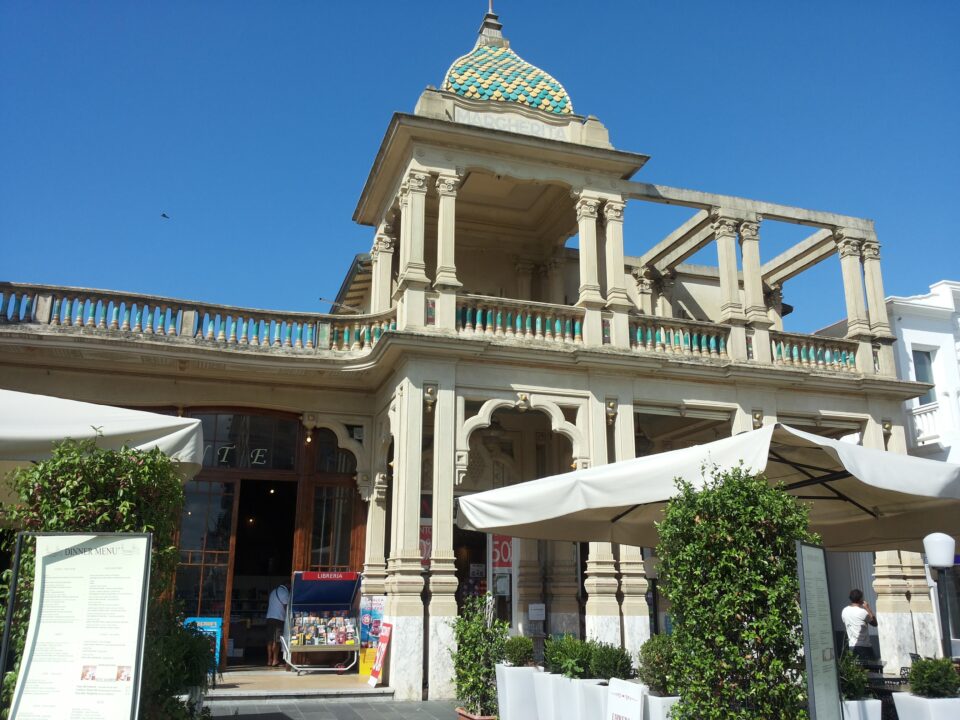
Viareggio became famous in the 18th century when rich and noble families chose this seaside resort for their summer holidays. In the 19th century Paolina Bonaparte, Napoleon’s sister, and Maria Luisa di Borbone bought their summer residences here.The first bathing establishments, Bagno Nereo and Bagno Dori ,were opened in 1828;while Bagno Balena and Bagno Nettuno were opened at the end of the 19th century.In Viareggio there is a charming promenade, Viale Regina Margherita, lined with exclusive and elegant shops, cafés,restaurants, bathing establishments ,which date back to the first half of the 20th century, and Art Nouveau buildings, such as Grand Hotel Principe di Piemonte, Gran Caffe’ Margherita, Teatro Margherita , Palazzo delle Muse and Bagno Balena.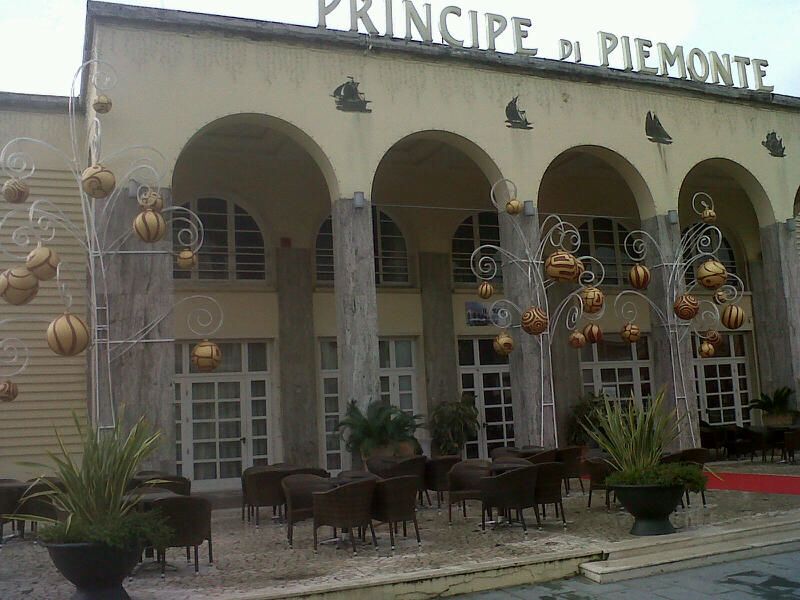
Palazzo delle Muse dates back to the 19th century and is located in Piazza Mazzini. It houses the Civic Archeological Museum and the GAMC, Gallery of Modern and Contemporary Art, which is an exhibition area of 1,500 square metres , inaugurated by Lorenzo Viani in 2008,containing modern and contemporary paintings and sculptures by famous artists such as Moses Levy and Umberto Bonetti.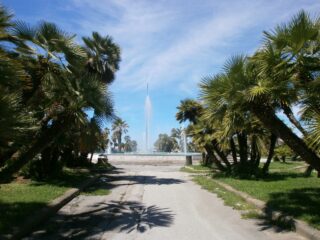
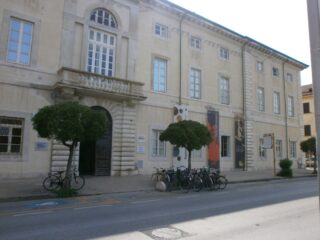
Walking down the promenade you reach the port featuring many shipyards where boats and ships are built and then exported all over the world. It was inaugurated by King Vittorio Emanuele III in 1913.
From here it is easy to reach Matilde Tower, an example of architecture, built for the defence of the port in 1541. Its name comes from Matilde of Canossa because it was believed the countess ,who lived in Viareggio in the 12th century, had built it.
Viareggio is famous for its Pineta di Ponente and Pineta di Levante dating back to the 18th century; here you can find recreational areas, bike paths, sports facilities, as well as footpaths and lanes. In summer you can hire bikes and go cycling through the lovely paths of the pinewood.
Viareggio is also famous for its Carnival, which takes place in February every year. Huge floats parade along the promenade. The Carnival celebrations with masked pageants, fireworks, parades and music are very famous in Italy and attract many tourists.
The allegorical floats, which are made in “papier-mâché” and parade along Viareggio promenade ,are inspired by Italian and international politics and other current events .Viareggio Carnival dates back to 1873, when a group of young men sitting around the tables of “Caffè del Casinò” had the idea of organizing a parade. They asked the best artisans and sculptors to build astonishing carriages and soon it was a popular event, a moment of joy in the city during the glorious days of the “Belle Époque” in Europe. Then World War I broke out and there was an interruption of the event until 1921 when Viareggio parade returned even more beautiful than before.In 2001 the new Cittadella del Carnevale was inaugurated; it is a great structure where floats are created. Since 2002 Viareggio Carnival has been named Italian and European Carnival.The symbol of Carnival is Burlamacco. Its name comes from the Burlamacca Canal that flows through Viareggio.
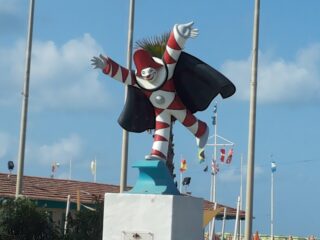
We next head off to Marina di Pietrasanta, which is a lovely area divided into four charming seaside resorts: Focette, Motrone, Tonfano and Fiumetto, each with its own picturesque centre. This area attracts lots of tourists in summer thanks to its long, sandy beaches, bathing establishments, elegant tree-lined avenues, lovely promenades ,shady pine woods, sports facilities, luxury hotels, wonderful villas, restaurants , cafés, pubs and
discos.
In Marina di Pietrasanta you can visit La Versiliana, a famous public park , surrounded by a huge pinewood, where Gabriele D’Annunzio‘s villa is located. La Versiliana Festival is held here every summer. It offers tourists a large variety of plays, ballets and concerts in its open–air theatre. La Versiliana is also famous for the meetings at Il Caffe’della Versiliana , where famous artists and politicians express their opinions about literature , culture ,art, society and politics.
From here it is easy to reach Pietrasanta ,the most important historical city in Versilia, located between Viareggio and Forte dei Marmi and nestled between the Apuane Alps and the Tyrrhenian Sea.
Pietrasanta developed near the famous Via Francigena on a castrum plan and it was founded by Guiscardo Pietrasanta, Podesta’ of Lucca, in 1255.
It is often called “the City of the Artists “ or “Small Athens” for its excellent cultural and artistic heritage, marble works of art, marble and bronze foundries and workshops.Many artists live or visit this city every year; even Michelangelo visited it and appreciated its marble and the local artisans’ works of art.
The city is famous for its International Park of Contemporay Sculpture, which offers an open-air exhibition of contemporary and modern works of art set in the public spaces of the historical centre .
People who wish to cycle to Pietrasanta can get there thanks to the lovely Viale Apua, which is flanked by the pinewood and links Marina di Pietrasanta, and in particular Fiumetto, to this city .You can reach it also by car or by coach.
Our walking tour starts in Piazza Carducci,where Porta a Pisa – Rocchetta Arrighina is located.
Porta a Pisa is the most picturesque access to the historical centre. This gate was built in the 15th century and remodelled during the Renaissance. It preserves a 16th- century chalk sketch, “Annunciation” by Astolfo Petrazzi.
In this square you can see Propulsione (2003), a bronze sculpture by Franco Miozzo, and Arlecchino (2011), a bronze sculpture by Joseph Sheppard.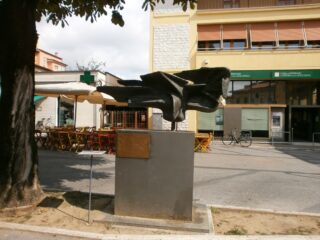
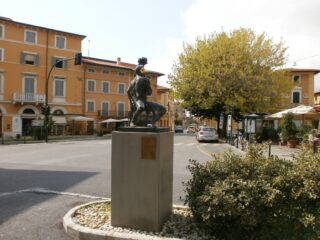
From here you can also see Myomu-Chiave del Sogno (2004),a white marble sculpture by Kan Yasuda, located in Piazza Stazione.
Near the gate there is Piazza Giordano Bruno, where you can admire Giordano Bruno ‘s marble bust by Antonio Bozzano and Il Cavalletto (2006), a bronze sculpture by Romano Cosci.
We next head off to Piazza del Duomo, where you can admire St. Martin’s Cathedral with its Bell Tower.
The Cathedral dominates the centre of this rectangular square. It was built in the 14th century on the site of the ancient Church of St. Martin. Its marble faҫade with three portals is adorned with a beautiful rose window, some bas-reliefs and coats of arms of the city’s rulers.
Inside there is a nave with two aisles divided by columns. You can admire 19th-century frescoes by Luigi Ademollo , the marble holy water stoup by the sculptor Stagio Stagi, the 16th-century pulpit by Lorenzo Stagi and two wonderful paintings “La Madonna del Rosario” by Matteo Rosselli and “La Nativita’ ” by Piero Dandini. You can also visit “the Chapel of the Virgin”, where you can admire a late Gothic painting , “La Madonna del Sole” – “the Virgin with Child and Saints John the Baptist and John the Apostole” by an unknown 15th- century painter.
Next to the Cathedral there is the Bell Tower ,a 15th-16th -century building by Donato Benti. It is about 36 metres tall and contains a helicoidal staircase.
The Baptistery ,which is located near the Cathedral, dates back to the 17th century and contains two magnificent baptismal fonts by the sculptors Donato Benti , Nicolao di Matteo Civitali, Filippo Pelliccia and Orazio Bergamini .
In Piazza del Duomo you can also admire the Clock Tower , which was built in the 16th century and restored in 1860. It is in the German Gothic style.
From here it is easy to reach Palazzo Moroni and “Bruno Antonucci” Versilia Archeological Museum. The Palace dates back to the 17th century and it was Pietrasanta City Hall till the 1940s.
This building contains many Etruscan, Roman and Medieval objects and documents and a collection of Renaissance ceramics.
After the visit to this building we head off to the Church and the Convent of St . Augustine. The Church , which was built by the Augustinian monks in the 14th century ,has a marble faҫade with three round arches and a Gothic loggia. It is in the Romanesque style and it houses beautiful 14th-century and 15th-century frescoes. Inside you can see the tomb inscriptions of noble families from Pietrasanta on the floor and Padre Eugenio Barsanti ’s cenotaph . The church has a single nave and a fine trussed timber roof.
The Convent was completed in the 15th century . You can see lunettes with episodes from the life of St. Augustine by Astolfo Petrazzi from Siena in its lovely loggia.
The complex now houses “Luigi Russo” Cultural Centre, ”Giosue’ Carducci” Civic Library and “ “Pierluigi Gherardi” Museo dei Bozzetti (The Museum of Sketches)” containing models and sketches by Henri Georges Adam, André Bloc, Fernando Botero, Antonio Bozzano, , César, Pietro Consagra, Niki De Saint Phalle, Jean Robert Ipousteguy, Igor Mitoraj, Costantino Nivola, Isamu Nogui, Alicia Penalba, Beverly Pepper, Gio’ Pomodoro, Edoardo Rubino, Ivan Theimer, Leone Tommasi, Kan Yasuda and many others.
In Piazza del Duomo you can also see other buildings such as Palazzo Pretorio housing The Civic Theatre and Palazzo Panichi Carli, where Padre Eugenio Barsanti Museum is located.
You can also admire the Liberty Column or Marzocco, a 16th- century column by Donato Benti with its Marzocco Lion, heraldic symbol of the Florentine dominion and the 19th-century Monument to Leopoldo II, Grand Duke of Tuscany, by Vincenzo Santini. Near the column you can see a fountain created in the 17th century by the sculptor Giovanni Battista Stagi.
In Piazza del Duomo you can also see plaques, which witness Michelangelo’s visits to Pietrasanta and the contract signed by the artist for the marble he needed for the faҫade of the Church of San Lorenzo in Florence. You can also admire Royal Ancestors ,a sculpture by Dashi Namdakov, placed here in December 2013.
From this square, you can see the ancient Rocca di Sala and Palazzo Guinigi, which are located on top of a hill behind the city centre .The Rocca was a Lombard fortress ,which was later connected to the city walls. Palazzo Gunigi was built by Paolo Guinigi in the 14th century. From here you can get a splendid view of Pietrasanta.
You can also pay a visit to the Church of St. Anthony and St. Blaise (The Church of the Divine Mercy) in Via Mazzini. This is the oldest church in Pietrasanta. Inside the church you can admire the statue of St. Anthony ,the statue of St. Blaise, attributed to Jacopo della Quercia, and the 1993 frescoes “La Porta del Paradiso “ and” La Porta dell’Inferno” by Fernando Botero .
Walking down Via del Marzocco or Via Mazzini, two lovely streets lined with ancient buildings, art galleries, wineries, cafès, restaurants and exclusive shops, we reach Piazza dello Statuto, used as a football field in the 1800s, and Piazza Matteotti, where the Town Hall is located.
In Piazza dell Statuto there are three bronze sculptures: San Giovanni by Rosario Murabito ,Il Cavallino,by Ferruccio Vezzoni and Danzatore by Anna Cromy and a Carrara white marble sculpture :Il Cerchio del Vento by Junkyu Muto.
In Piazza Matteotti you can admire two white marble sculptures : Memoria di Pietrasanta by Pietro Cascella and San Martino by Franco Miozzo, and two bronze sculptures : Il Guerriero by Fernando Botero and L’Eredita’ by Stanley Bleifeld.
Before you leave the city you can also visit the Church of San Nicola di Sala ,located near the cathedral, and the 16th- century Church and Convent of St. Francis. Inside you can admire paintings and frescoes by Luigi Ademollo.
The Convent houses The Visual Arts Centre Foundation of Pietrasanta. In front of the Church there is San Francesco, a bronze sculpture by Harry Marinsky.
While wandering through the cobbled streets of this Medieval city you can admire a lot of marble sculptures such as Il Viandante and Riflessione by Michele Benedetto, Senza Titolo by Tadensz Koper, L’Oiseau by Jean Michel Folon, Serenata by Rinaldo Bigi, Il Pugilatore by Francesco Messina and bronze sculptures such as La Campagna va al Mercato by Marcello Tommasi , Il Centauro by Igor Mitoraj ,Monumento al Soldato and Alleato by Marcello Tommasi.
We next visit the MuSA, Museo Virtuale della Scultura e Architettura di Pietrasanta (Virtual Museum of Sculpture and Architecture in Pietrasanta) ,which offers visitors spectacular and interactive presentations of the artistic, cultural, craft and industrial panorama of the local area.
Leaving Pietrasanta we head for Forte dei Marmi, which was built by Archduke Leopold I in 1788 and is one of the most elegant seaside resorts in Versilia. It is famous for its wonderful pier , lovely bathing establishments, exclusive shops, luxury villas, expensive hotels, charming restaurants, discos and pubs. Today the area is a popular destination for businessmen, managers, politicians, show-men, movie and sports stars such as Zucchero, Bocelli, Panatta, Totti, Armani and many others.

